Broadway in the 1940s was a vibrant and fascinating part of New York City. It was not just a place for theater lovers but also a bustling hub of activity. The street was filled with theaters, shops, restaurants, and people from all walks of life. This period saw many changes due to the impact of World War II and the post-war era, which shaped the Broadway experience.
In the early 1940s, World War II was in full swing. Many Broadway theaters were affected by the war, as young men went off to fight. This caused a shortage of performers and theater workers. Despite these challenges, Broadway continued to thrive. Theaters adapted by hiring older and younger performers who were not drafted. Women also played a bigger role in both performances and backstage work.
The theaters themselves were grand and often ornate. They were designed to transport audiences into different worlds, with elaborate decor and plush seating. The marquees outside were brightly lit, attracting people with their flashing lights and bold letters. Inside, the theaters were often packed with excited audiences eager to escape the realities of war, if only for a few hours.
Broadway shows in the 1940s were influenced by the war. Many productions had patriotic themes or were designed to boost morale. Musicals were particularly popular during this time. They offered a sense of joy and entertainment that contrasted with the grim news from overseas. One famous musical from this era was “Oklahoma!” It opened in 1943 and was an instant hit. It was groundbreaking because it integrated songs and dance with the story in a way that had not been done before. “Oklahoma!” set a new standard for Broadway musicals.
Read more
Another important show from the 1940s was “Carousel,” which premiered in 1945. Like “Oklahoma!” it was created by the legendary duo of Richard Rodgers and Oscar Hammerstein II. “Carousel” was known for its complex characters and themes, showing that musicals could tackle serious topics while still entertaining audiences.
Beyond the theaters, Broadway was lined with various shops and eateries. These businesses catered to theatergoers and tourists alike. There were souvenir shops selling programs and memorabilia from popular shows. Clothing stores offered fashionable attire for those attending matinees or evening performances. Restaurants and cafes were bustling with people grabbing a bite before or after a show. Diners could find everything from quick snacks to fine dining, depending on their taste and budget.
The 1940s were a time when people dressed up to go to the theater. Men wore suits and ties, while women donned dresses and hats. This added to the sense of occasion and excitement. Going to a Broadway show was a special event, a chance to see and be seen.
The war also brought rationing and shortages, which affected everyday life on Broadway. Materials like fabric and metal were needed for the war effort, so clothing and other goods were in short supply. This did not stop people from enjoying themselves, though. They found creative ways to make do with what they had, often reusing or repurposing items. The spirit of resilience was strong, and Broadway was a place where people could find joy despite the hardships.
As the war came to an end in 1945, Broadway began to change once again. Soldiers returned home, and the economy started to improve. This post-war period saw a boom in theater production. New shows were being developed, and audiences were eager for entertainment. Many veterans flocked to Broadway, either to watch shows or to find work in the bustling theater district.
This era also saw technological advancements that impacted Broadway. For example, improvements in lighting and sound technology allowed for more sophisticated productions. Theaters could now create more realistic settings and special effects, which enhanced the overall experience for audiences.


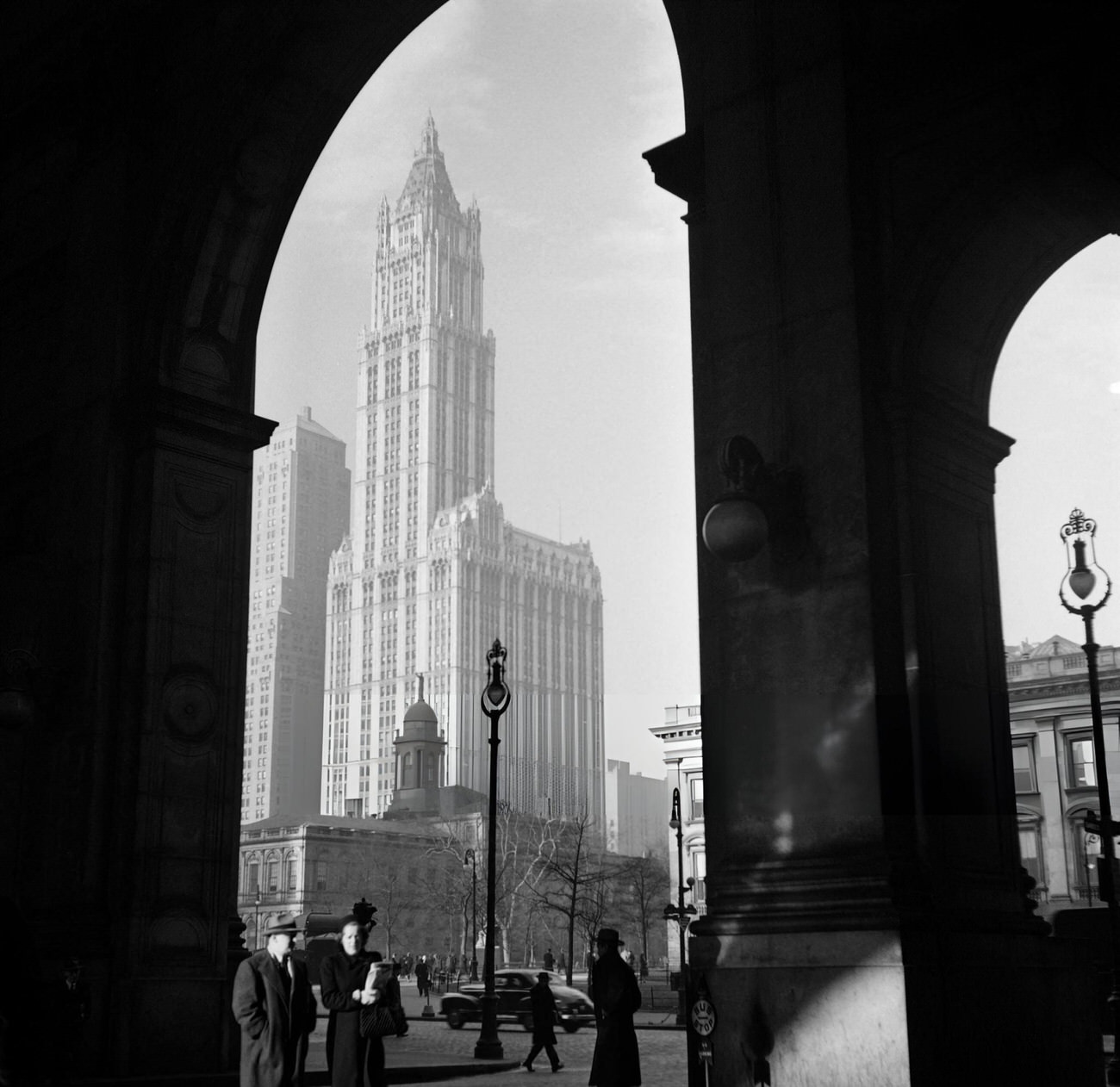
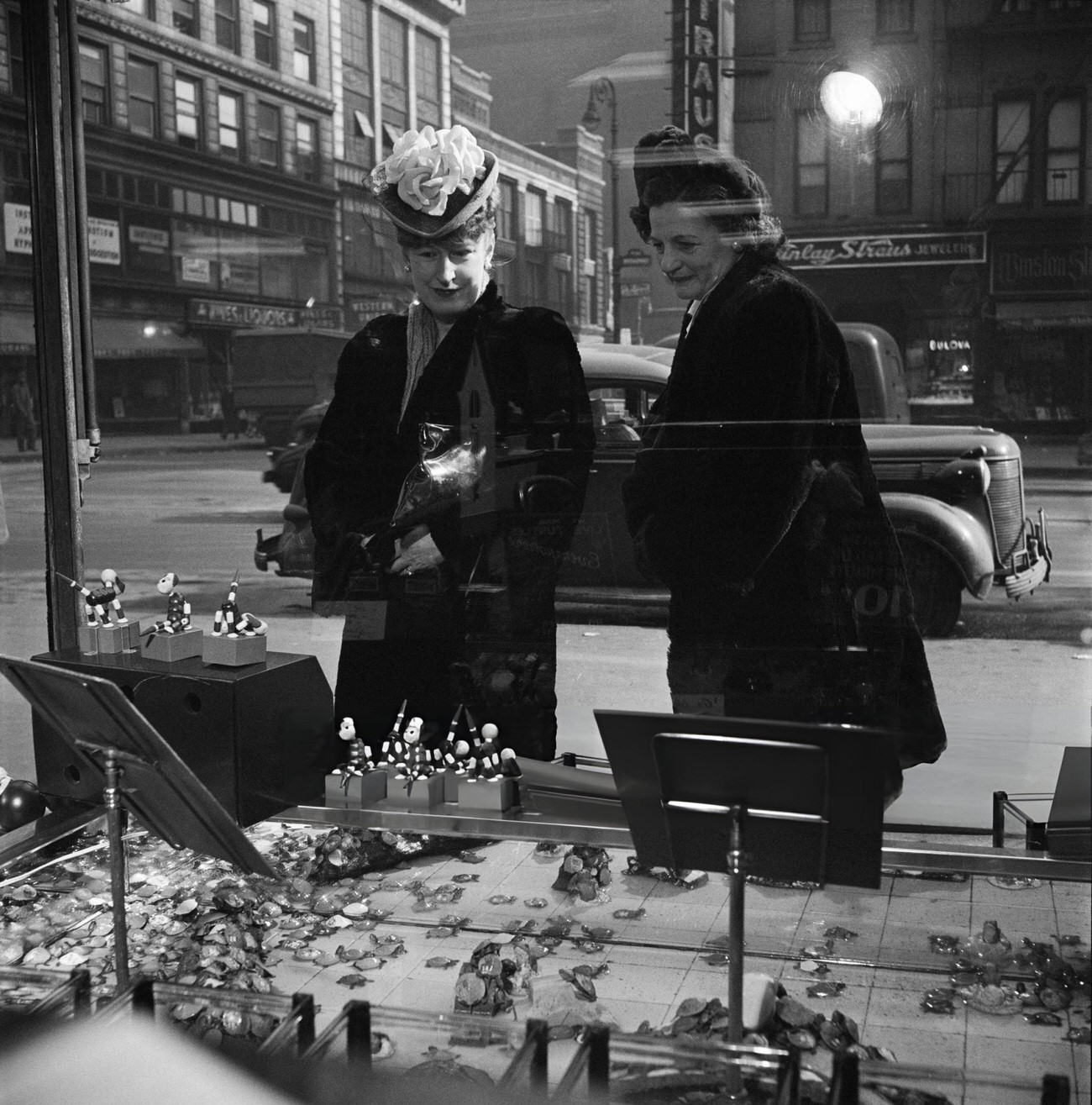
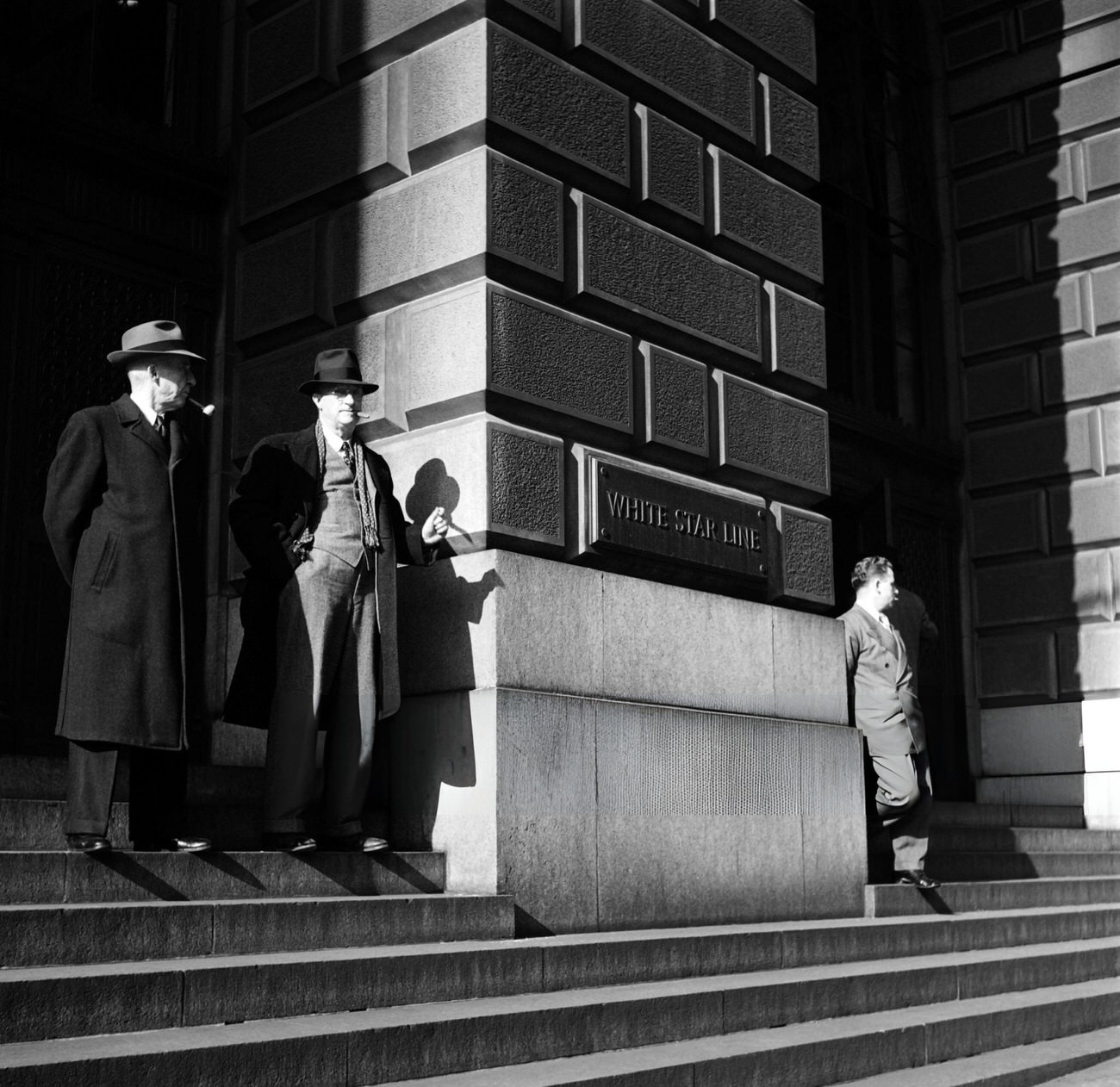
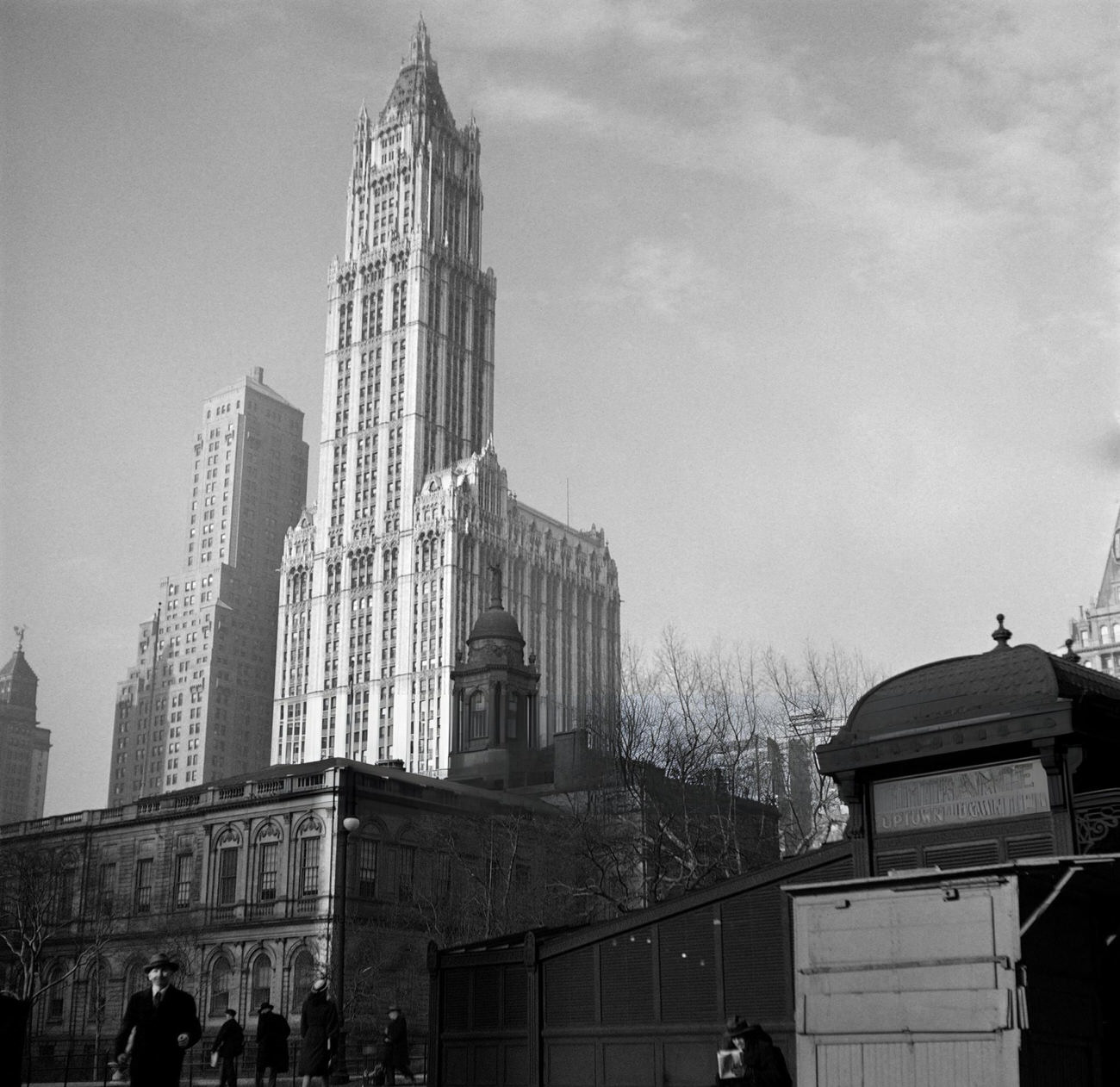

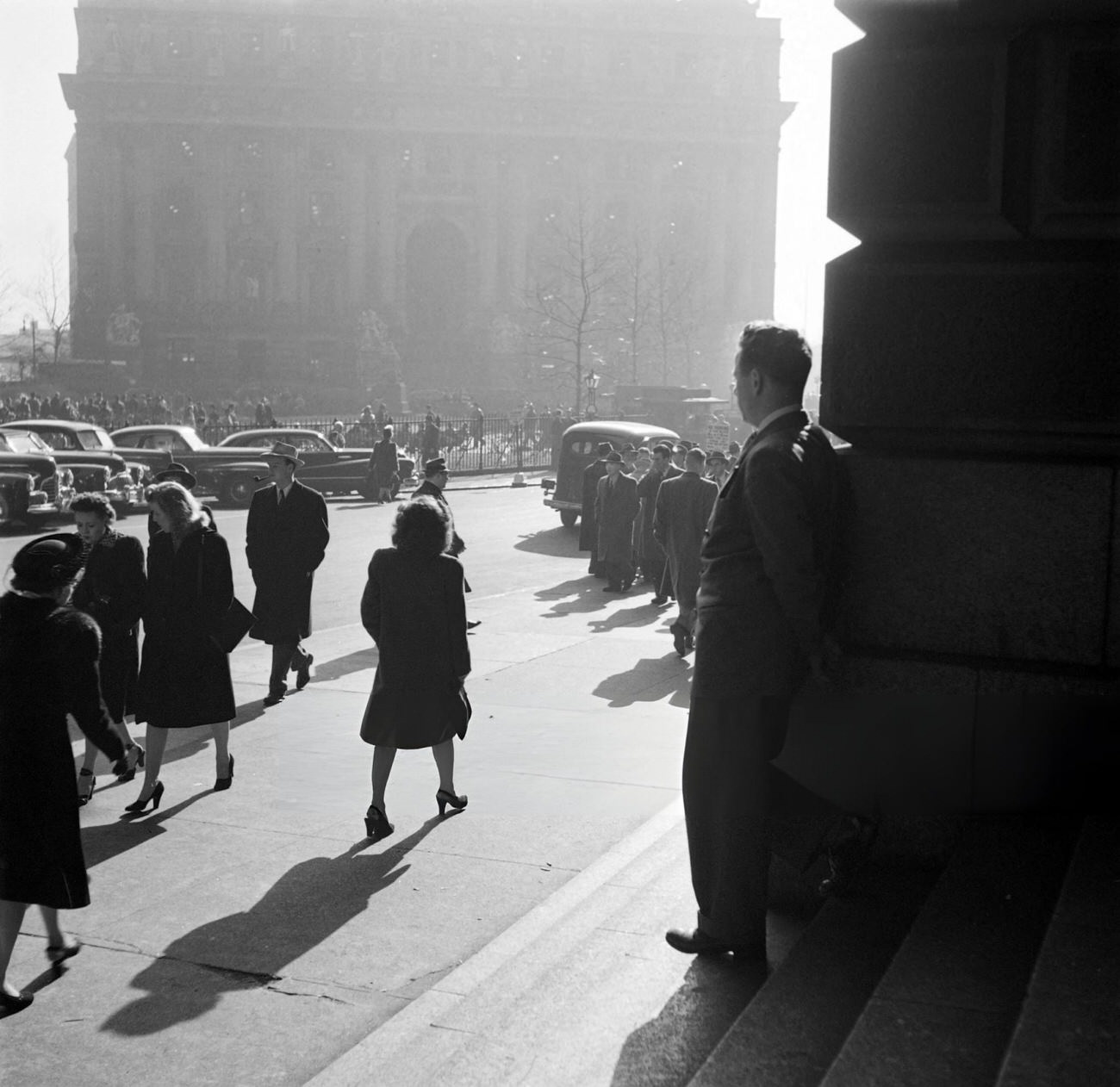
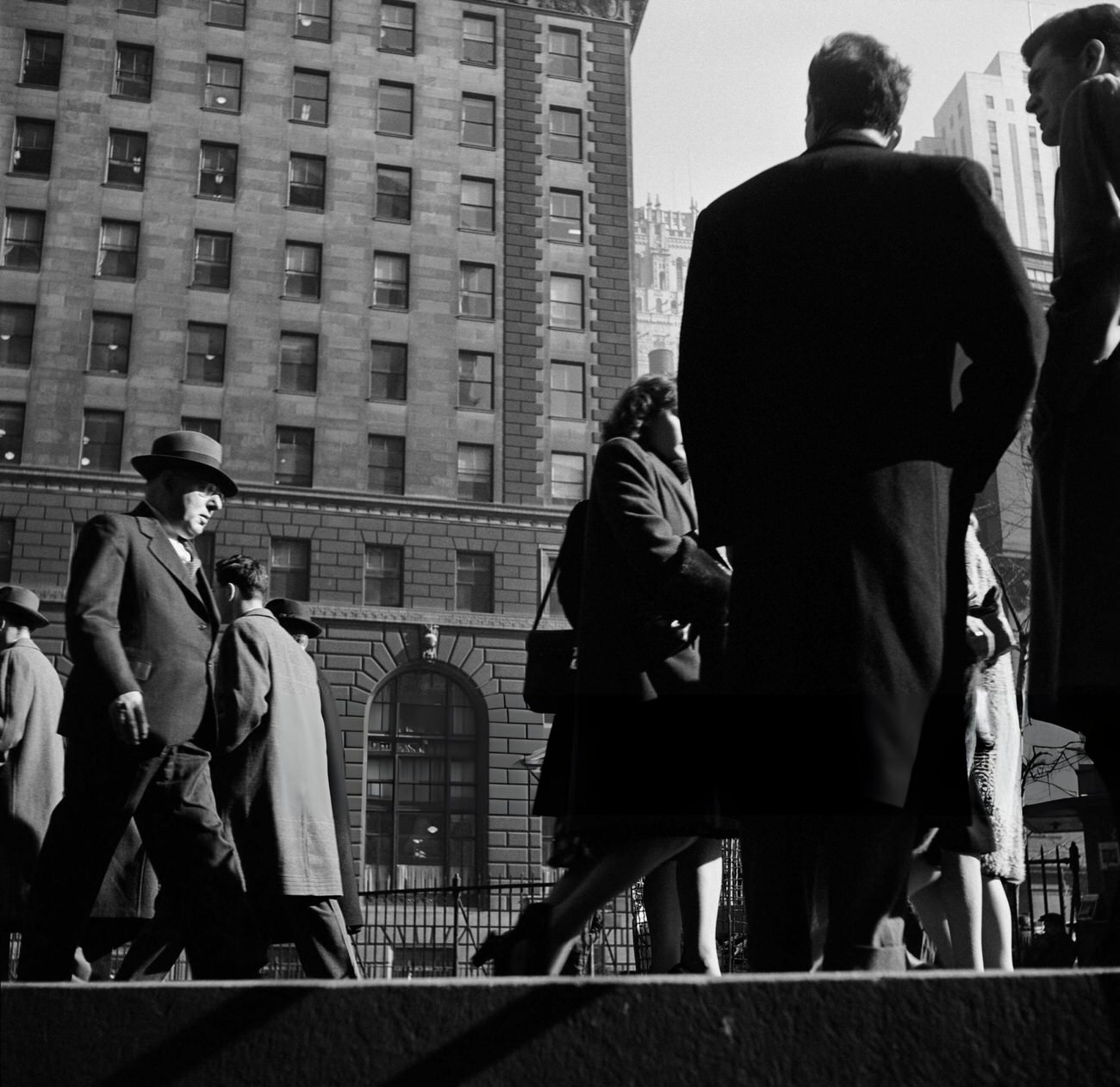
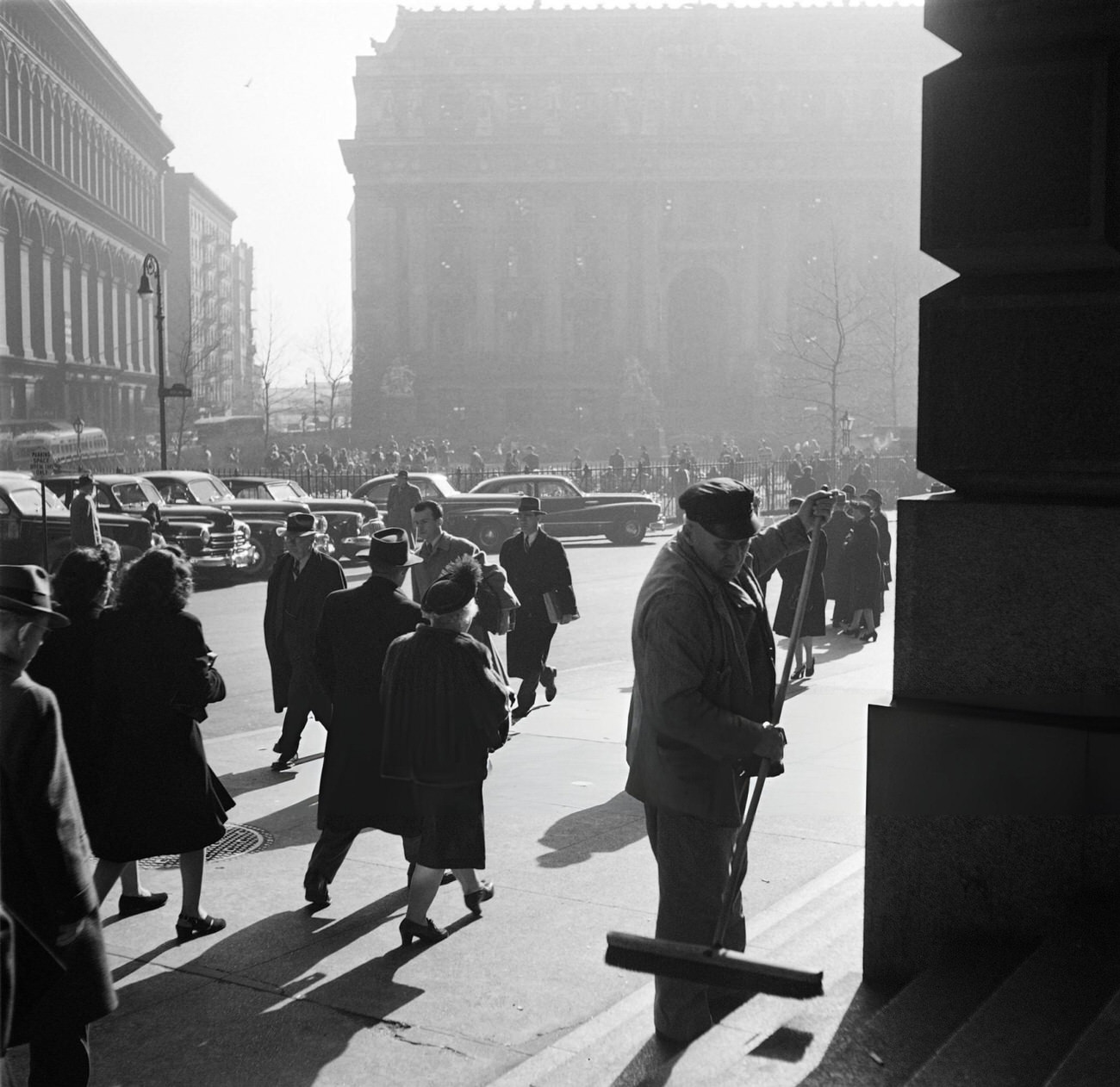
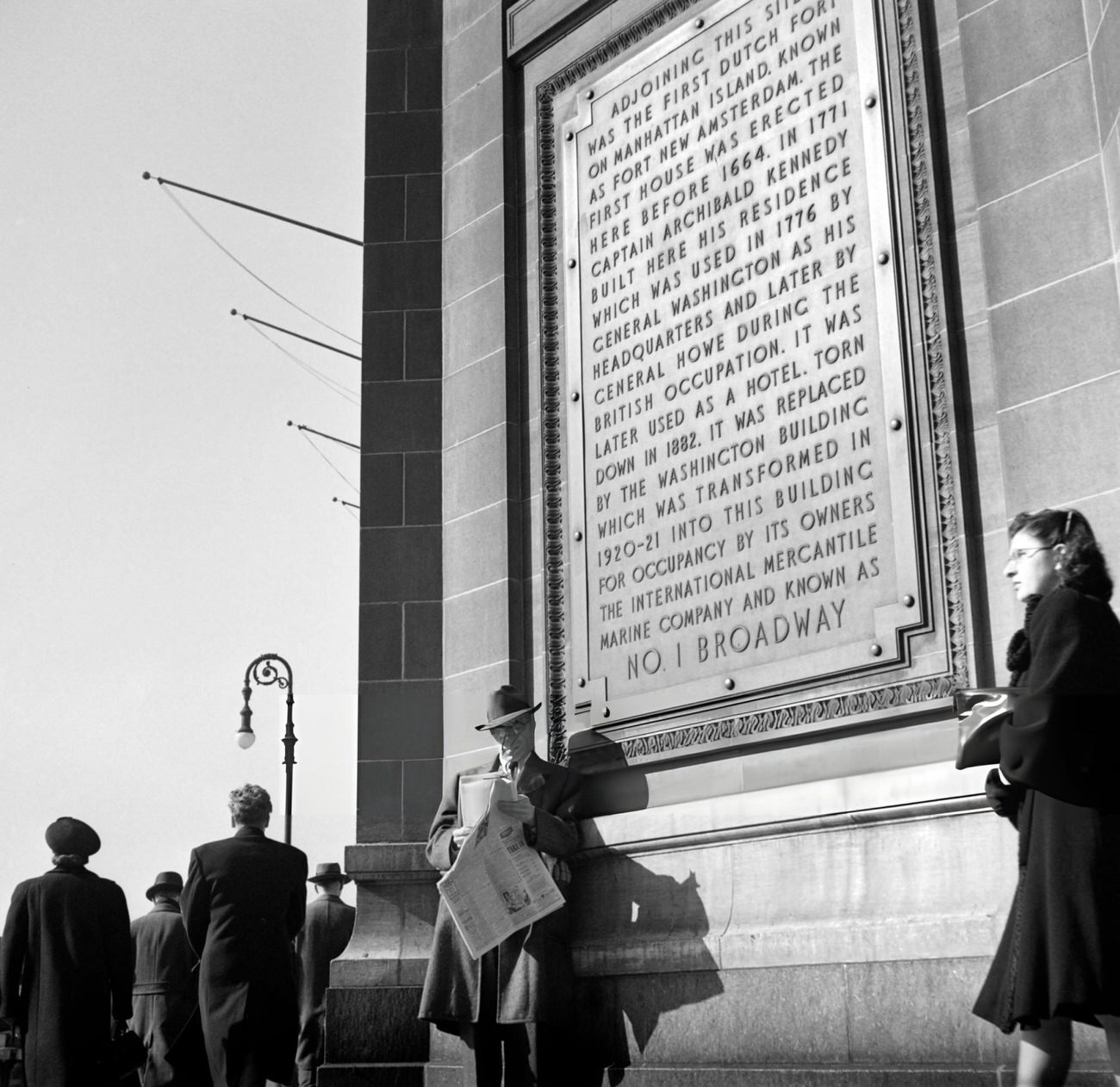
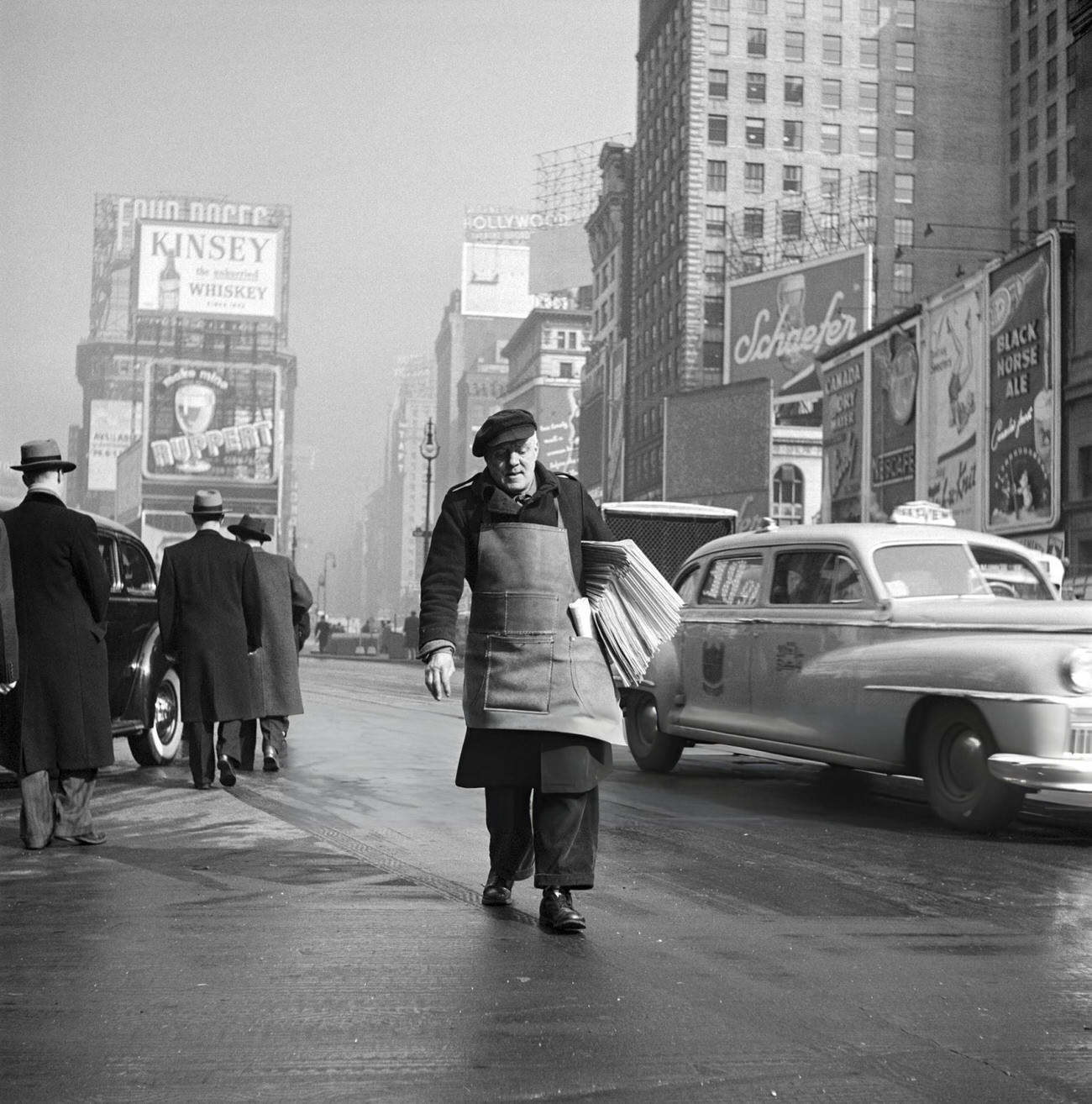
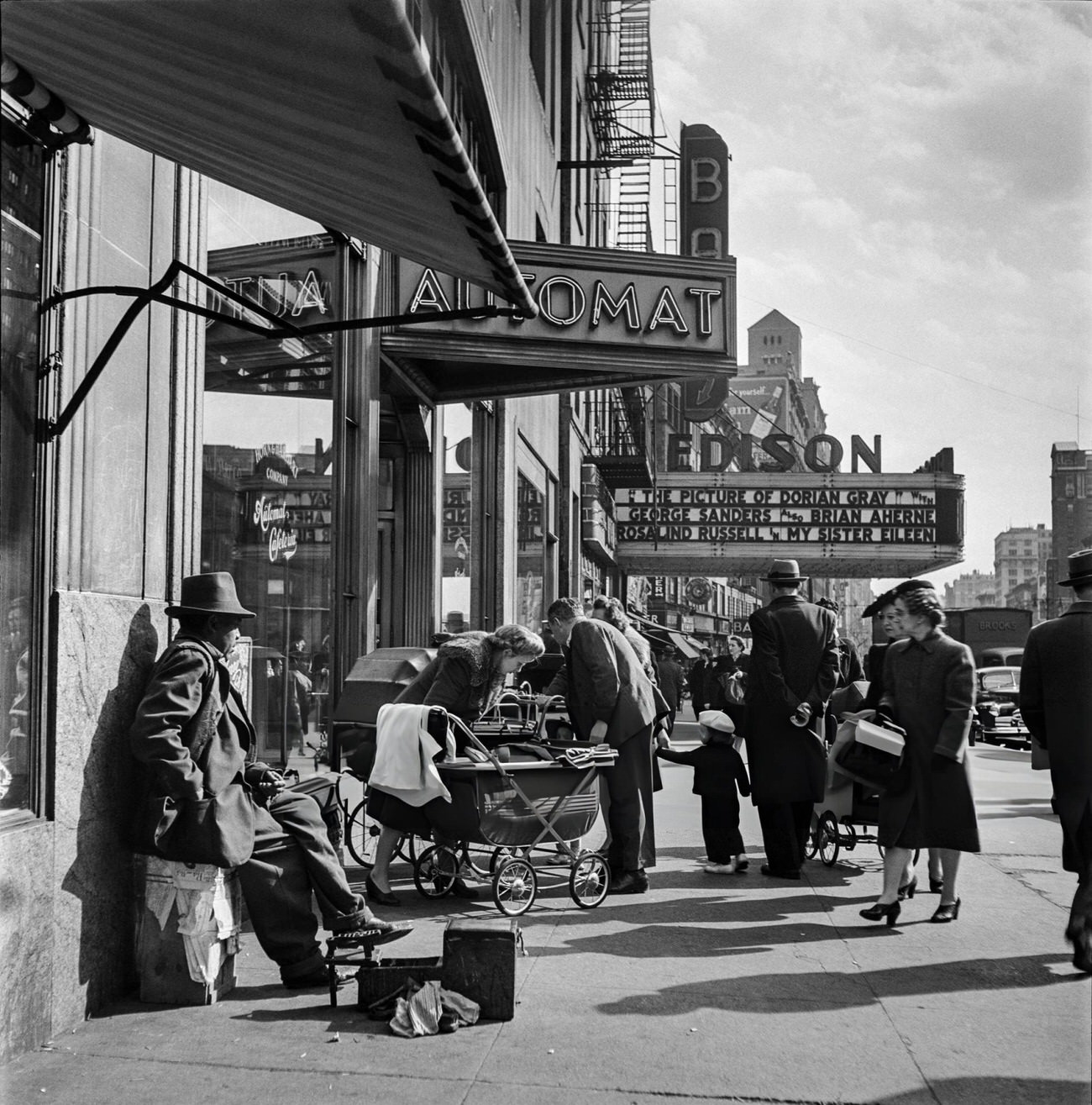

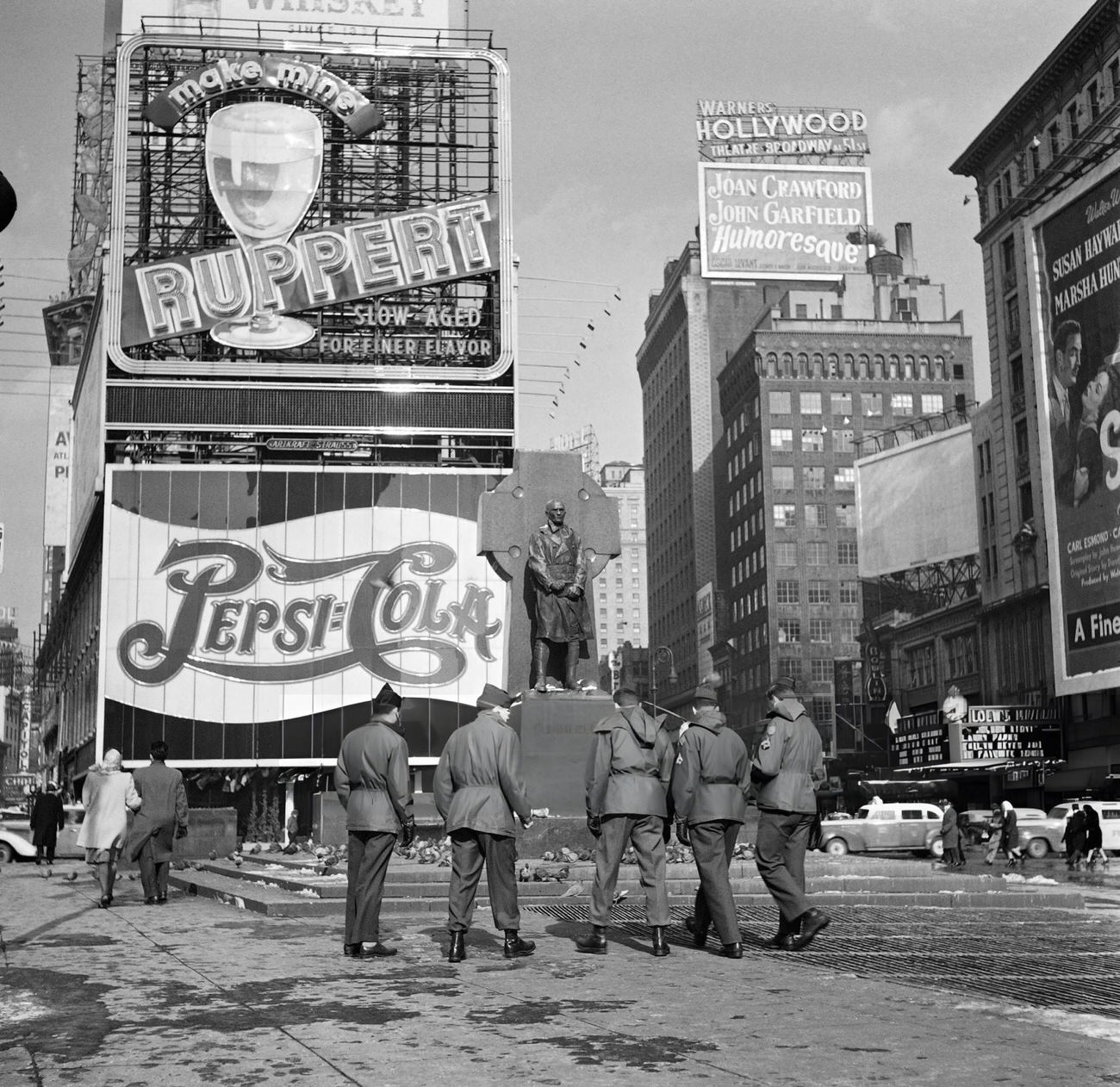
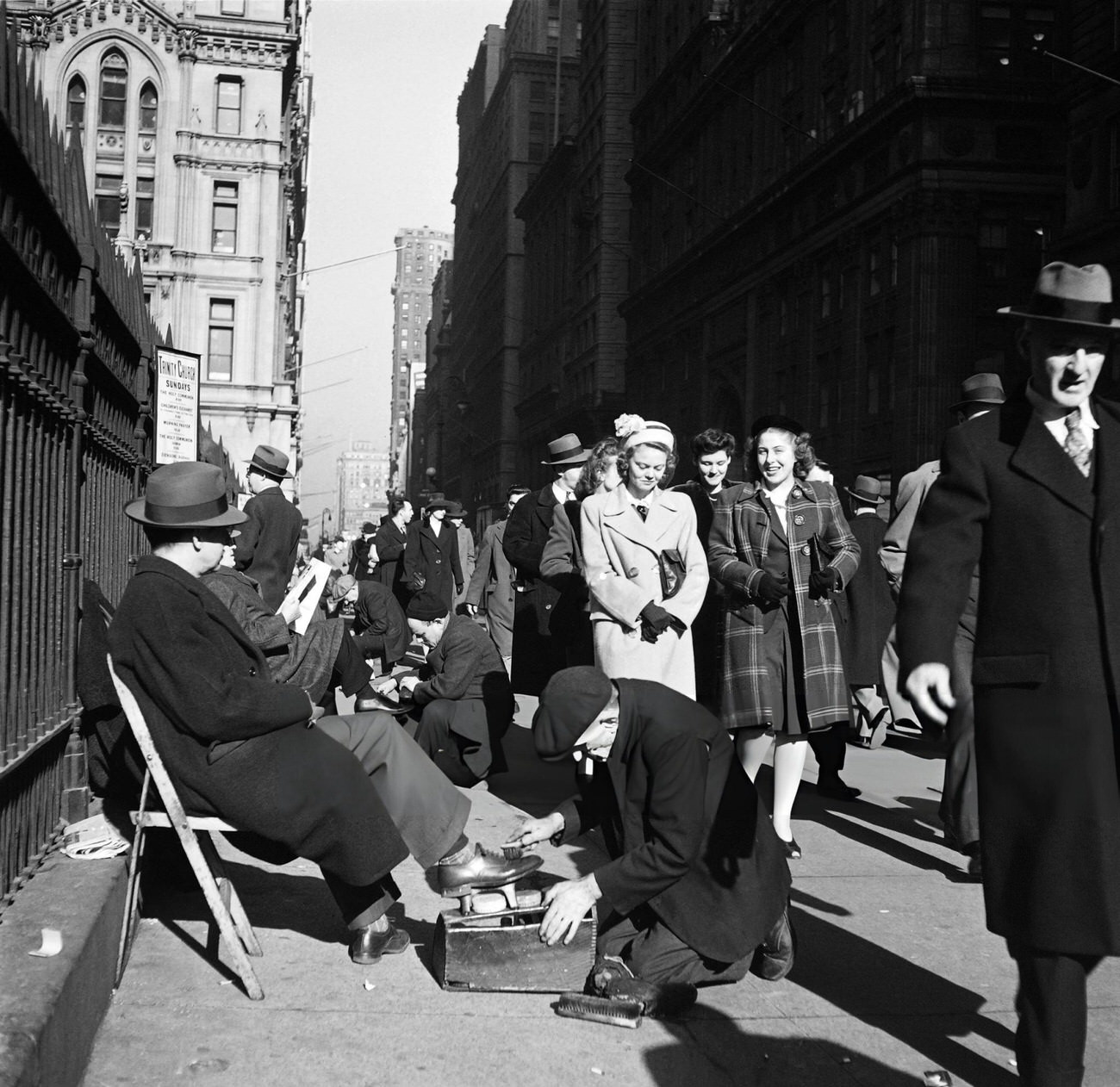
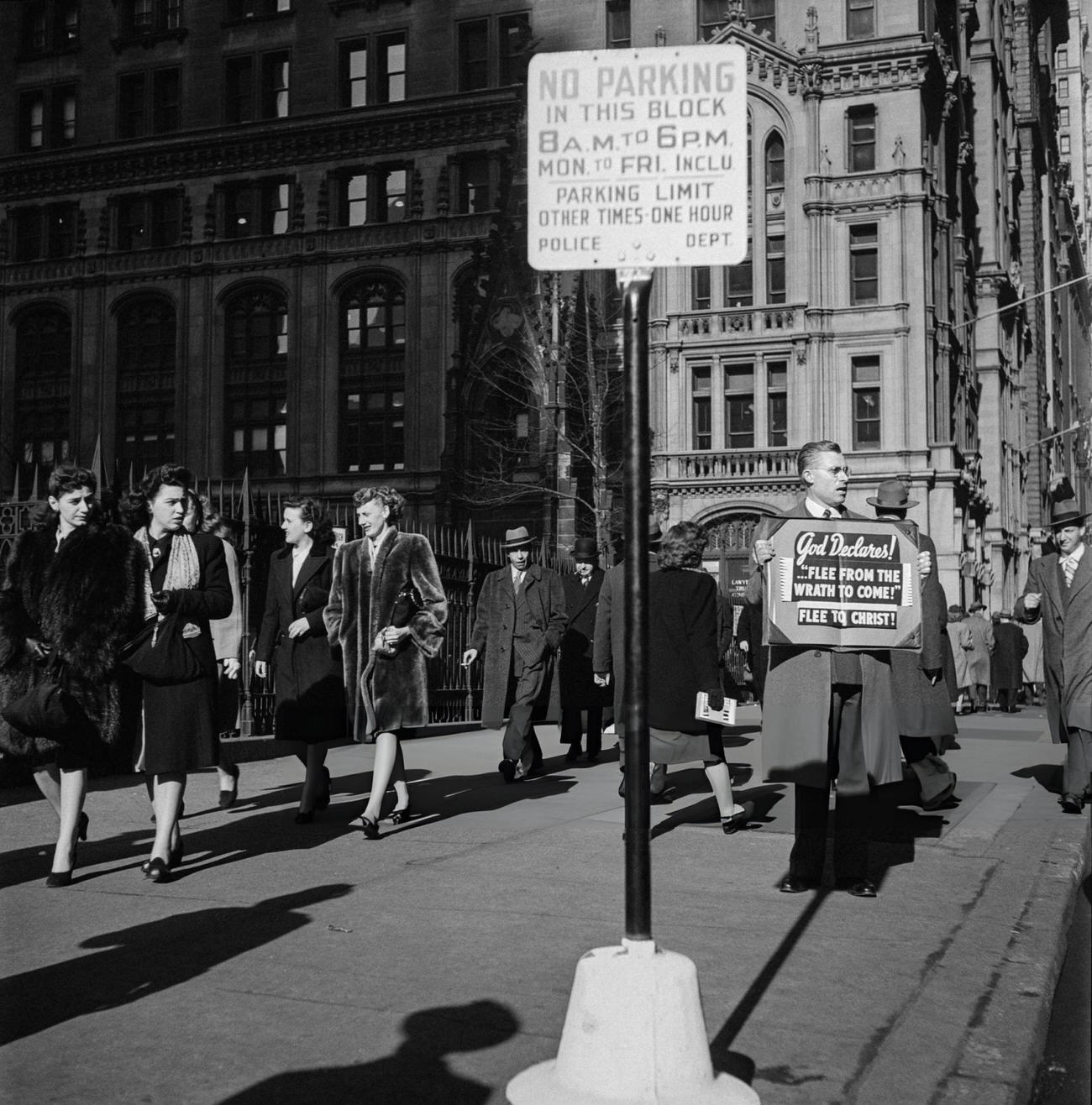
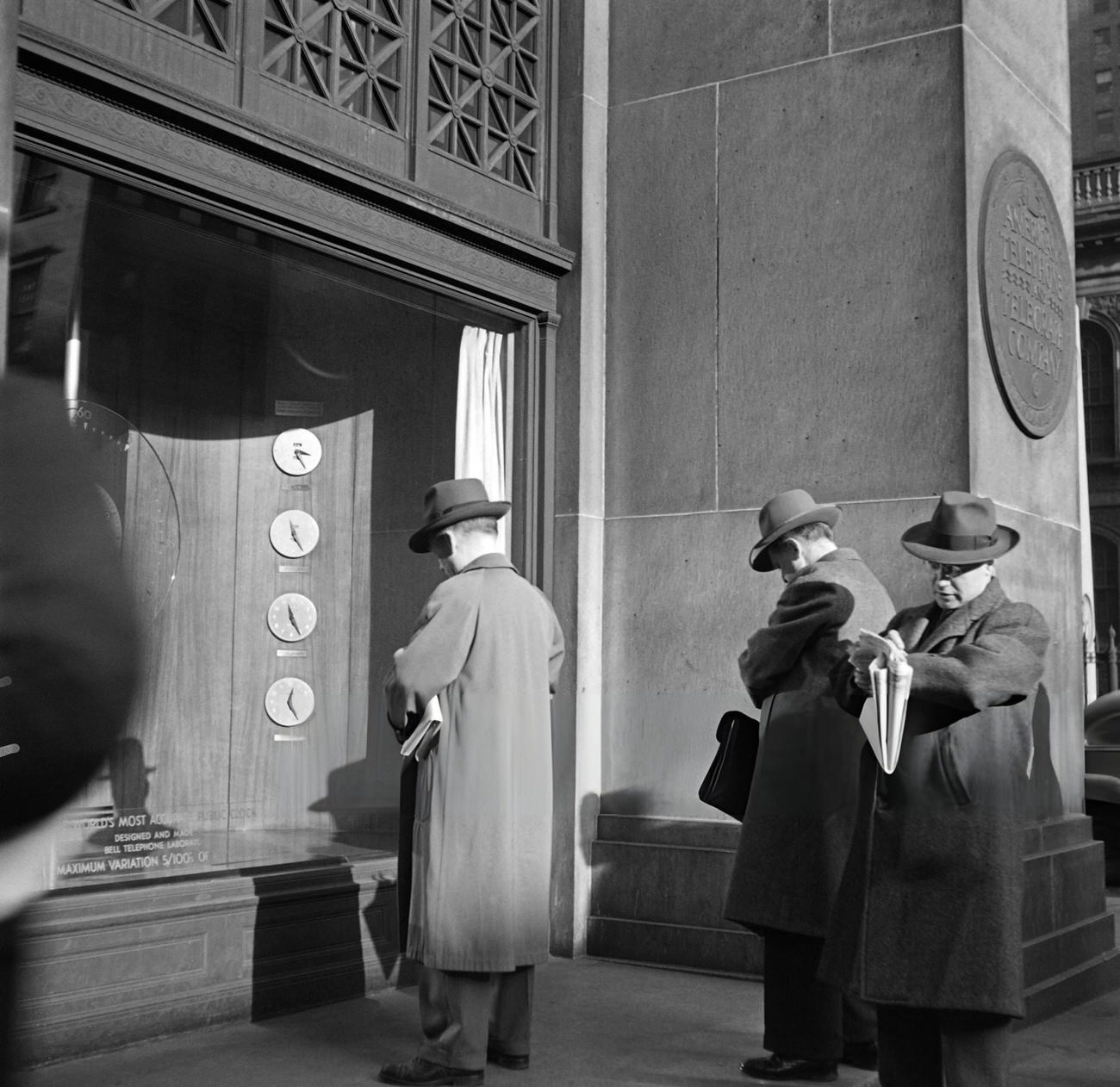
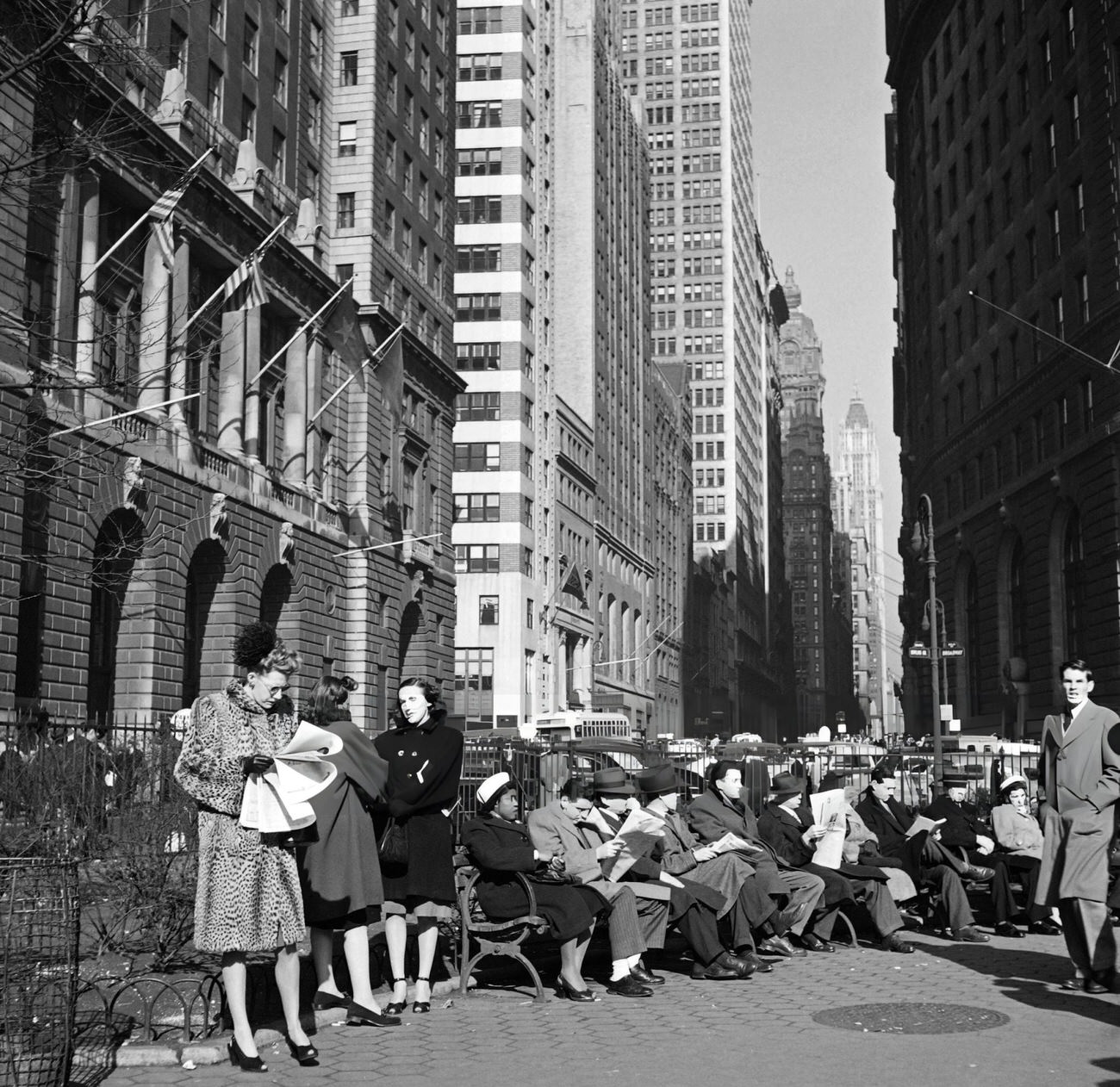
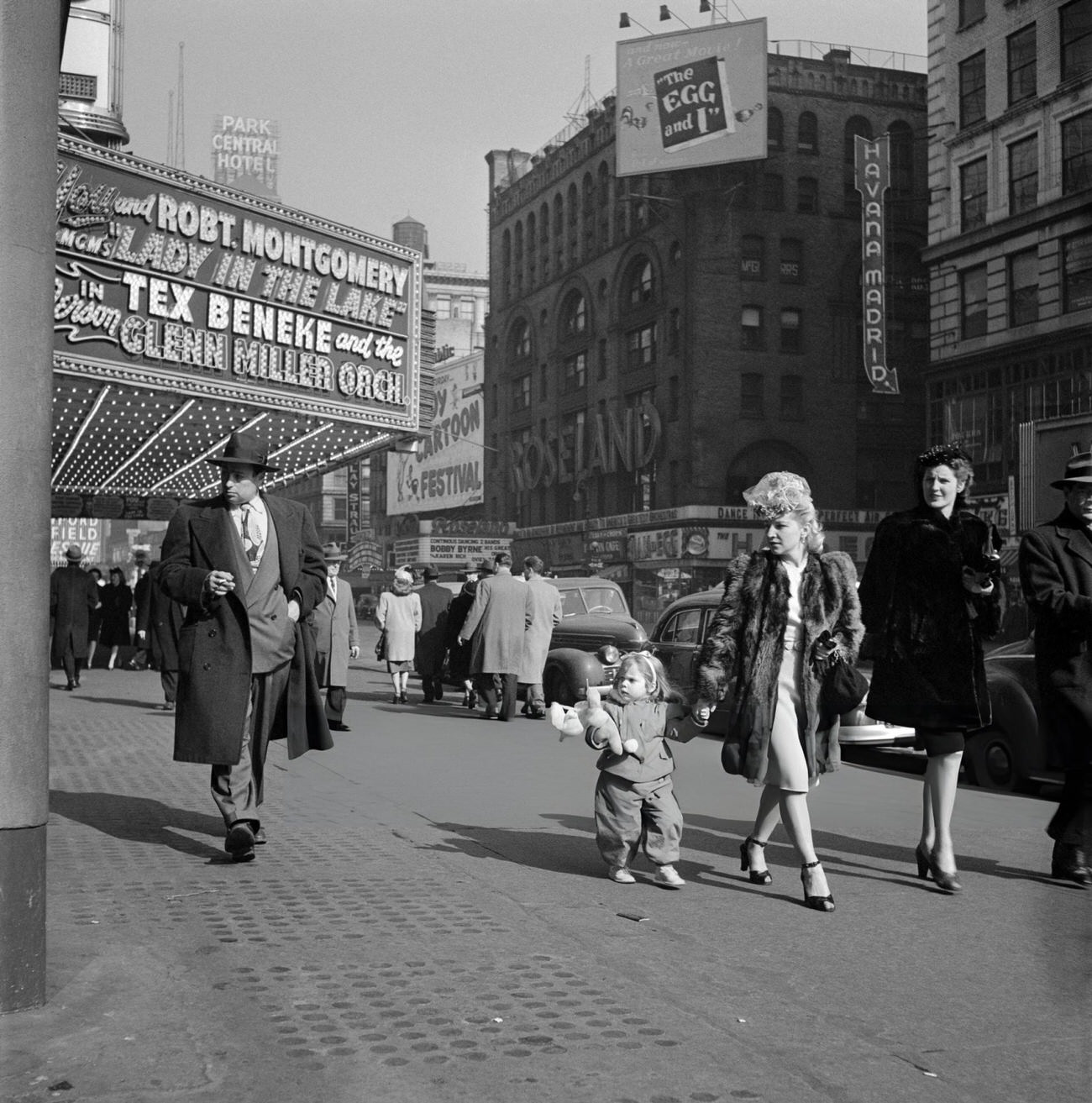
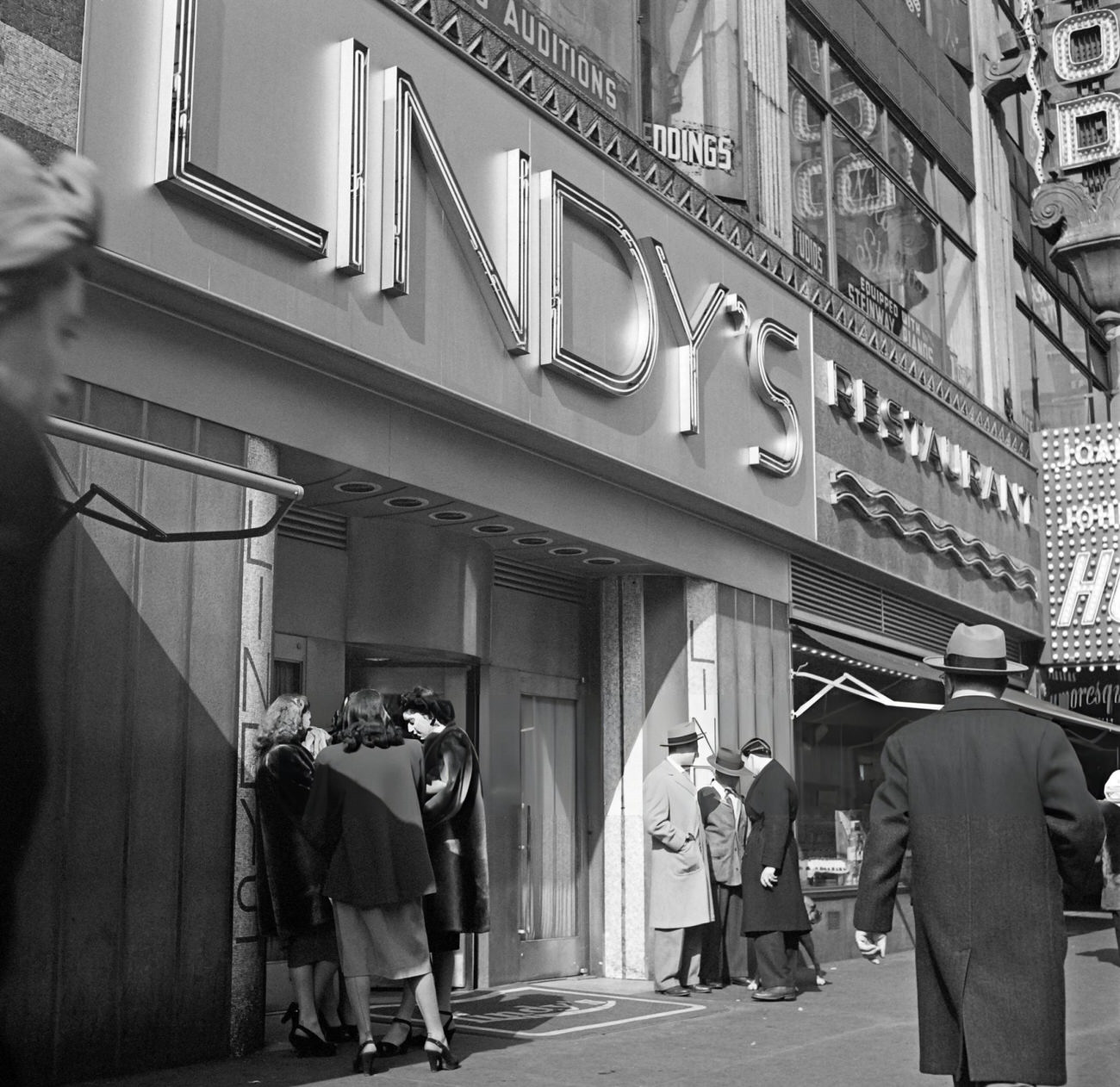

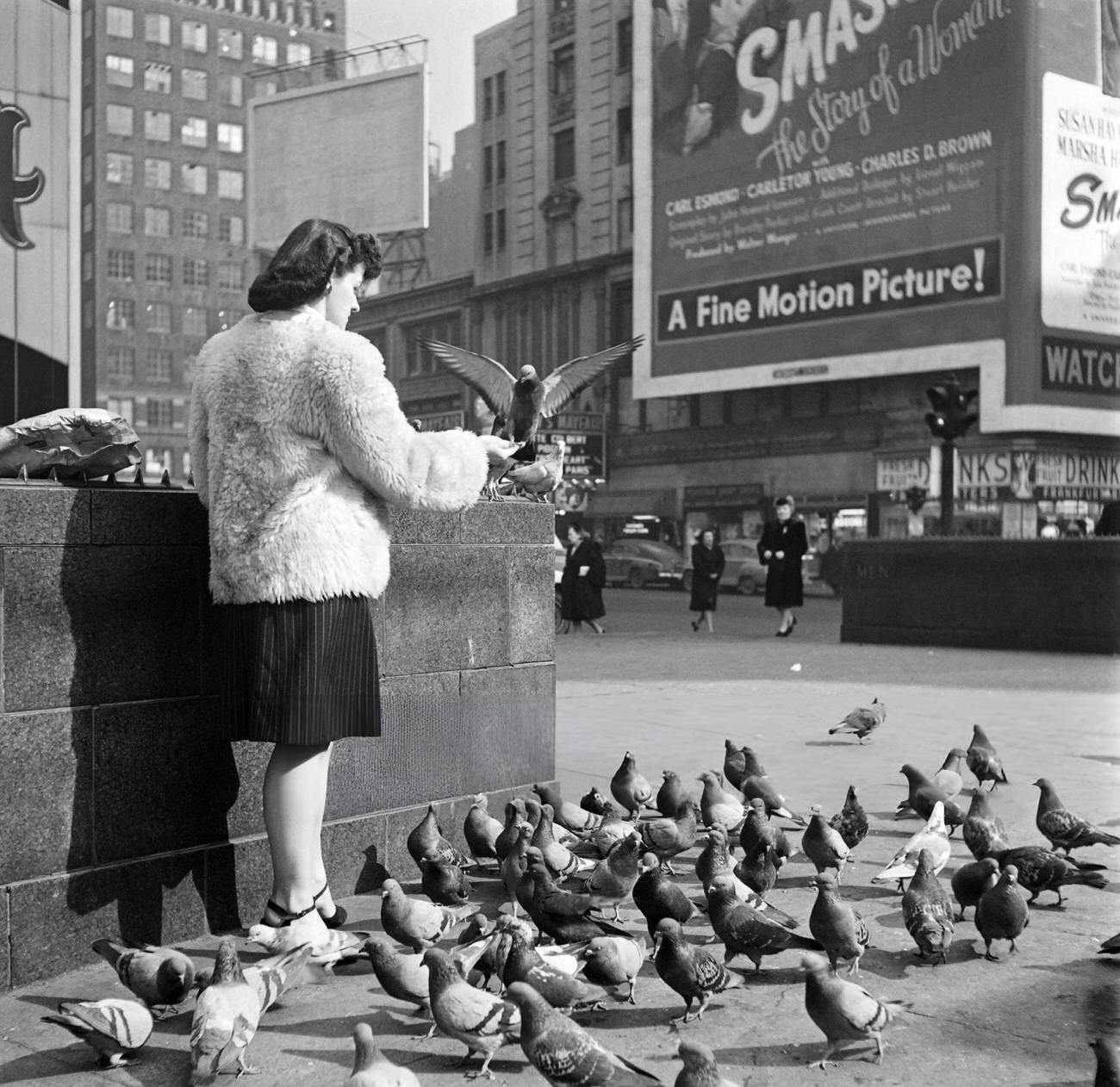
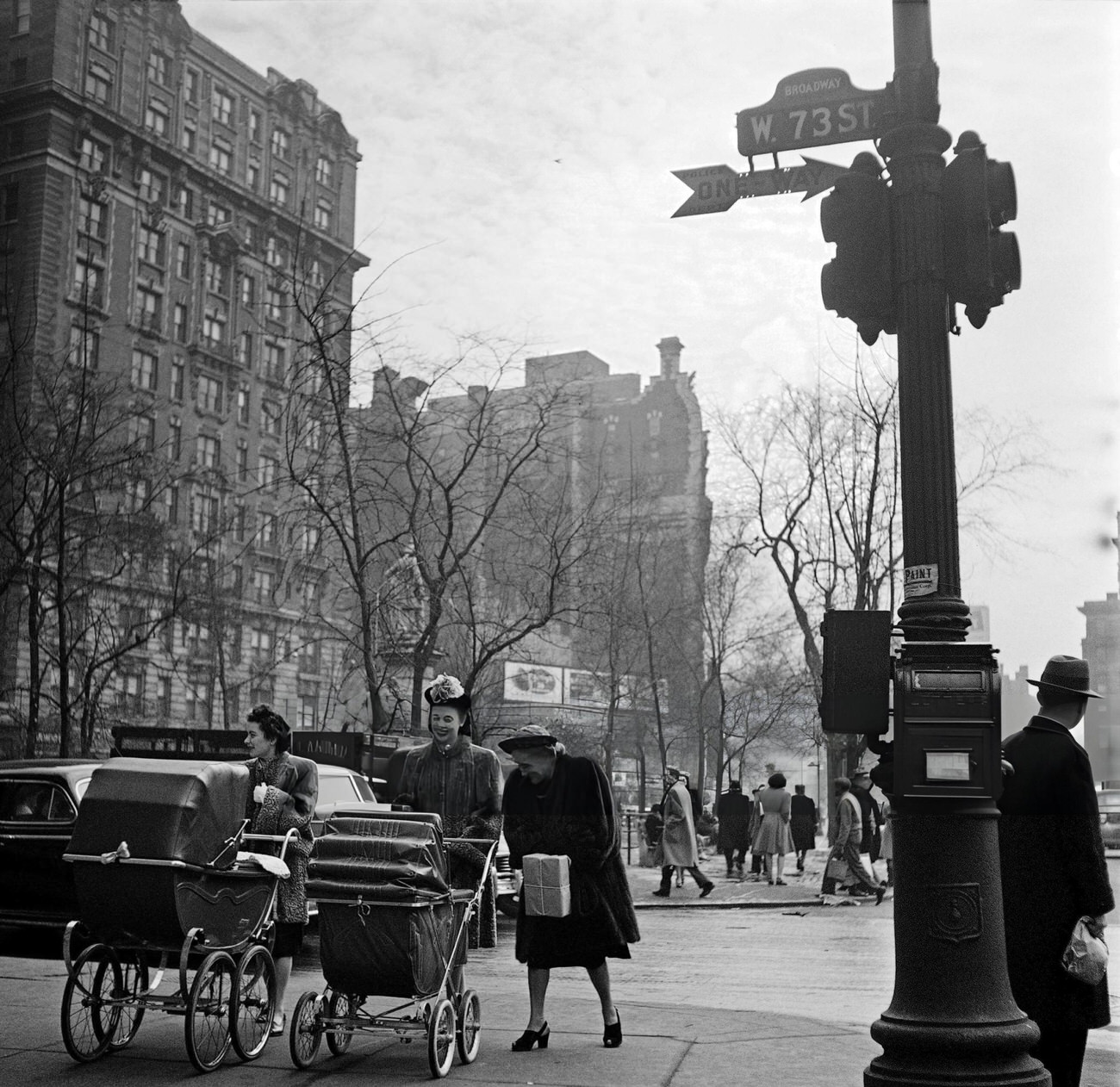
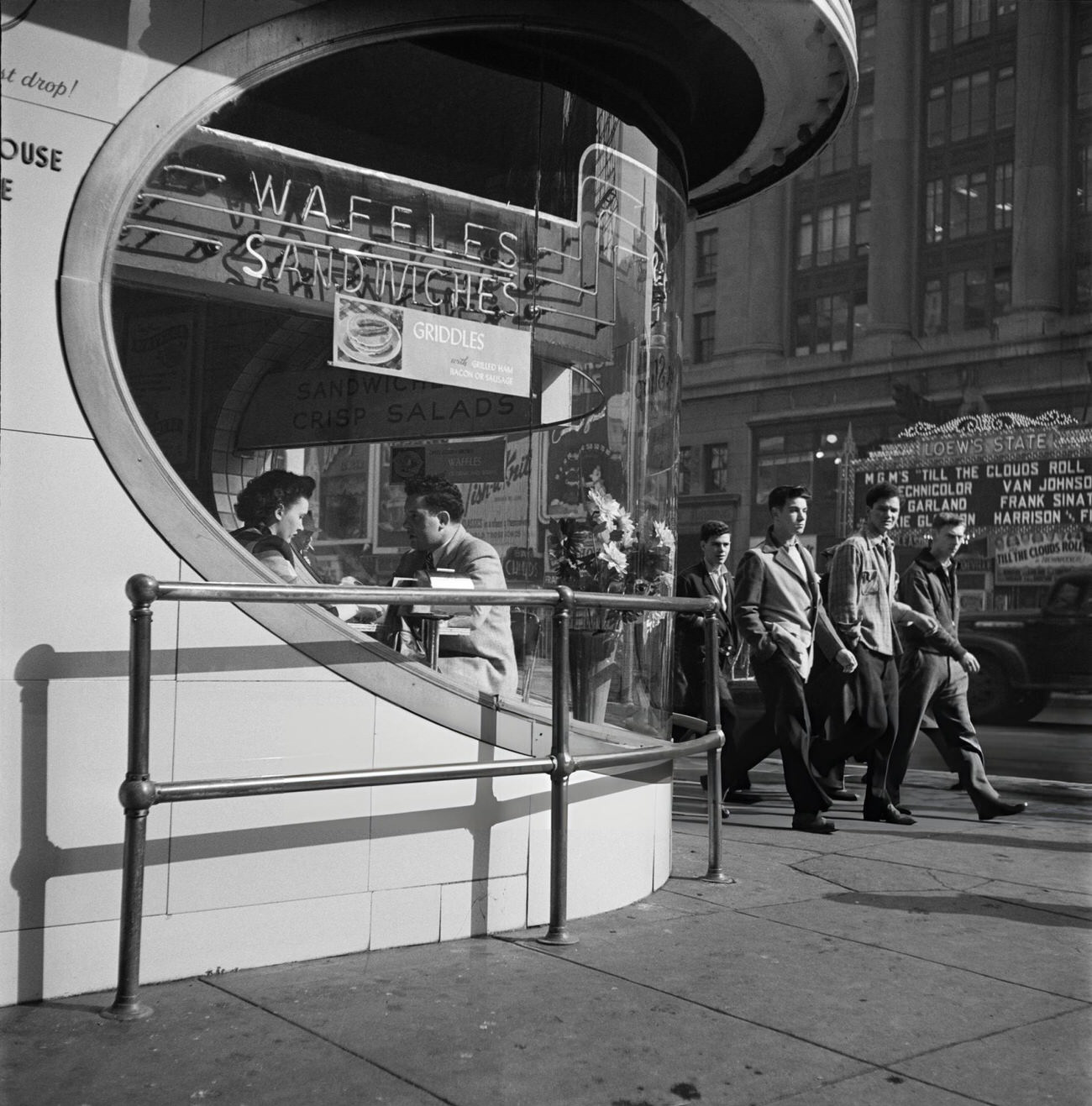

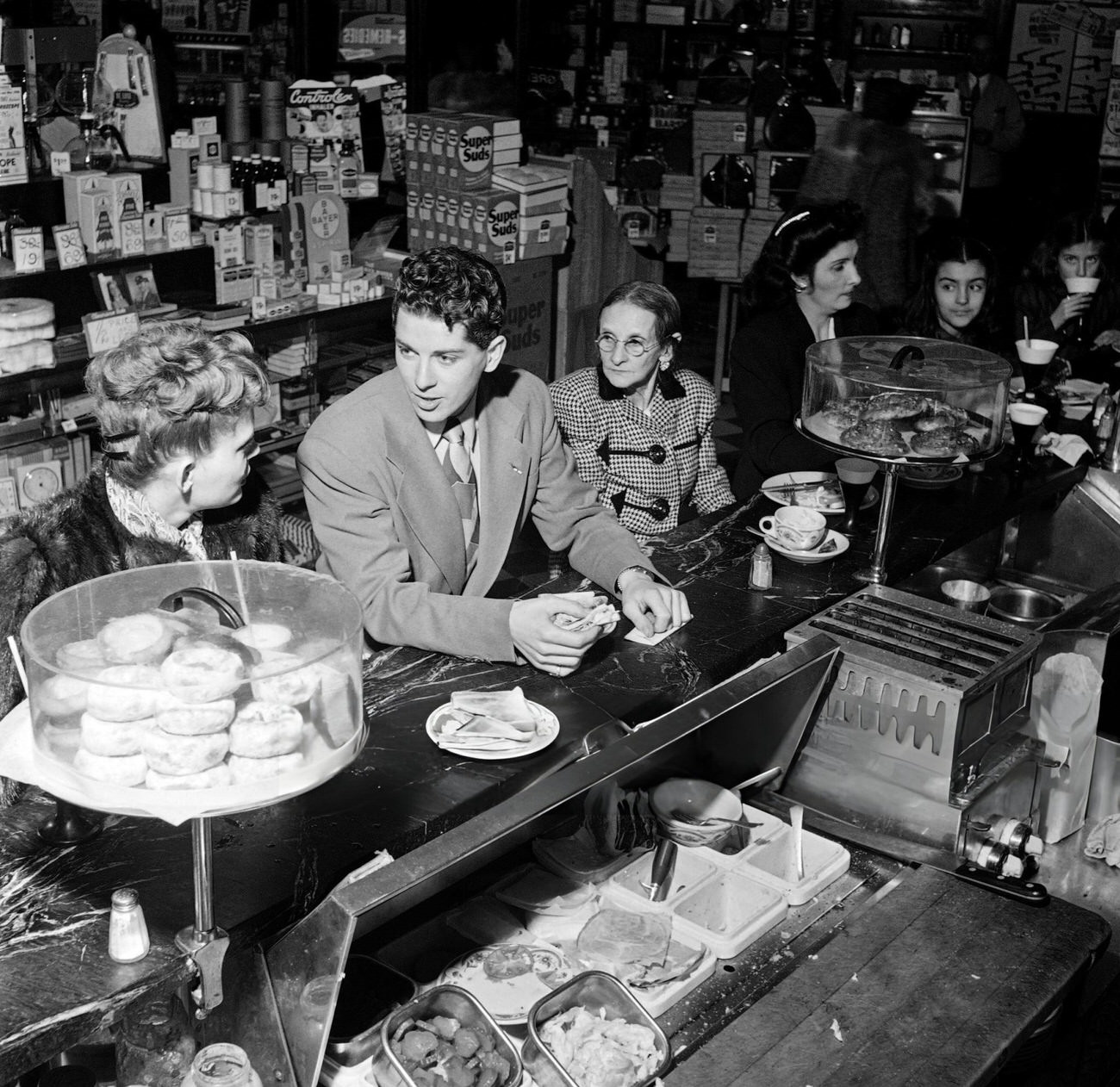
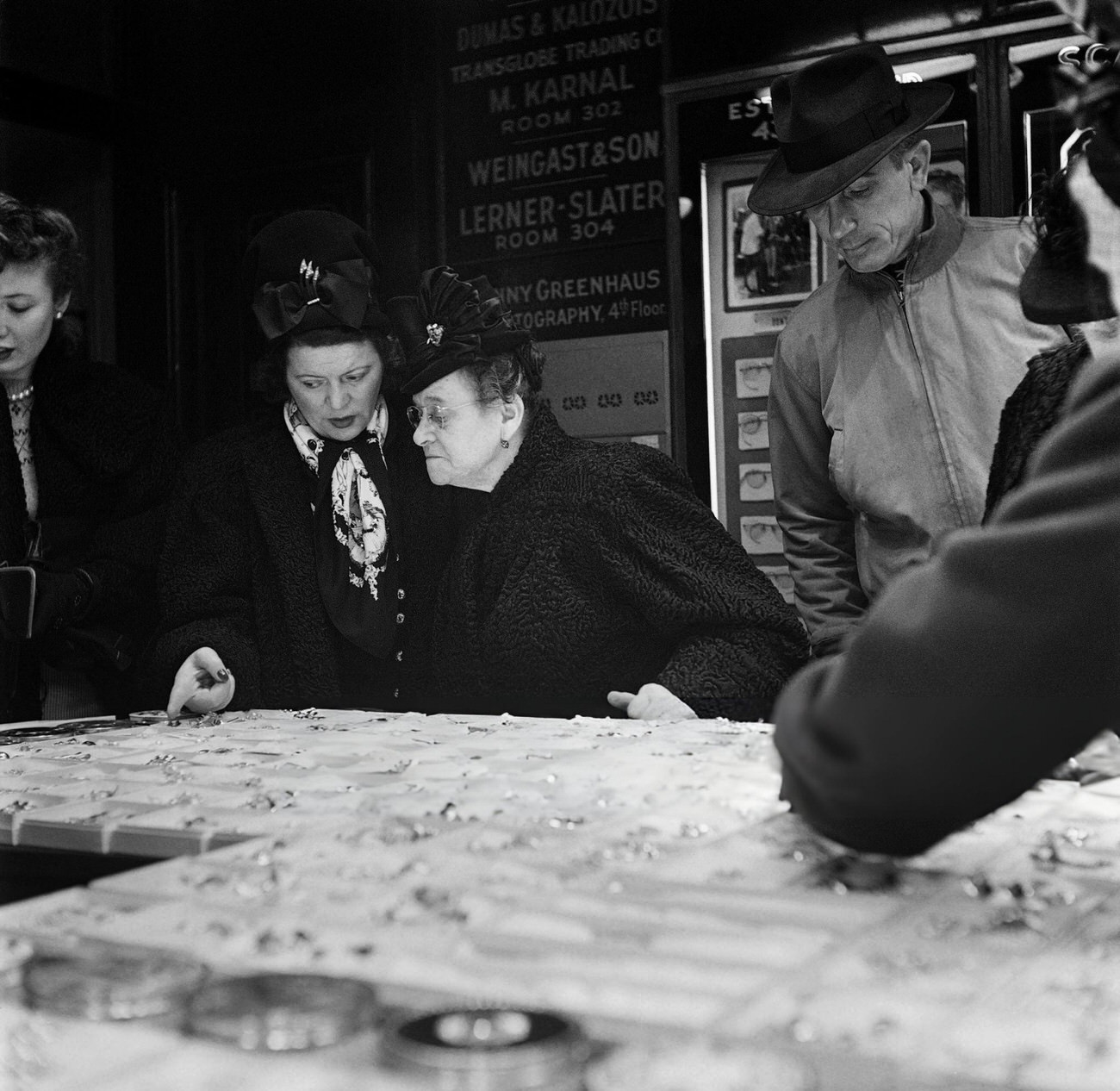
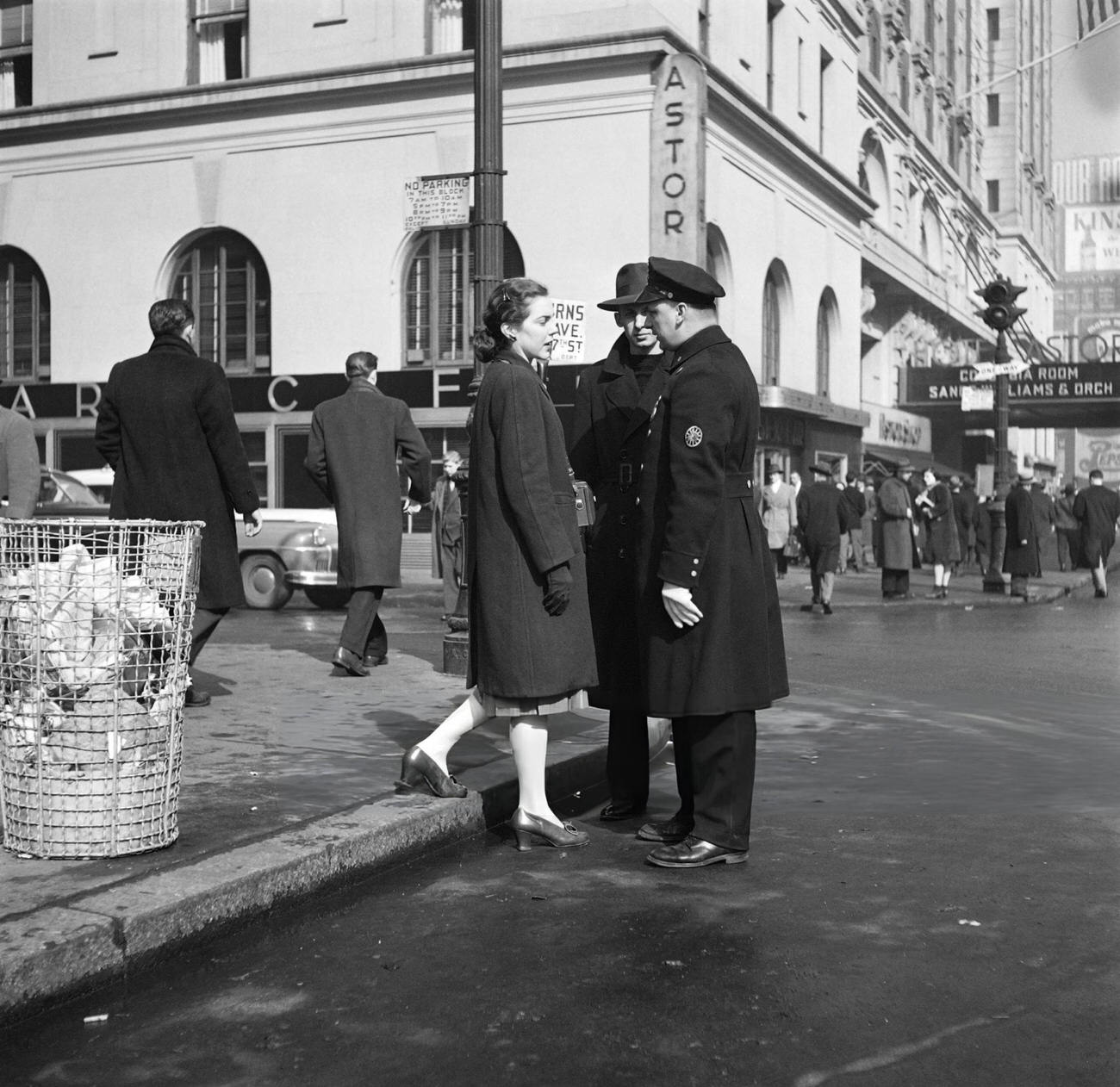
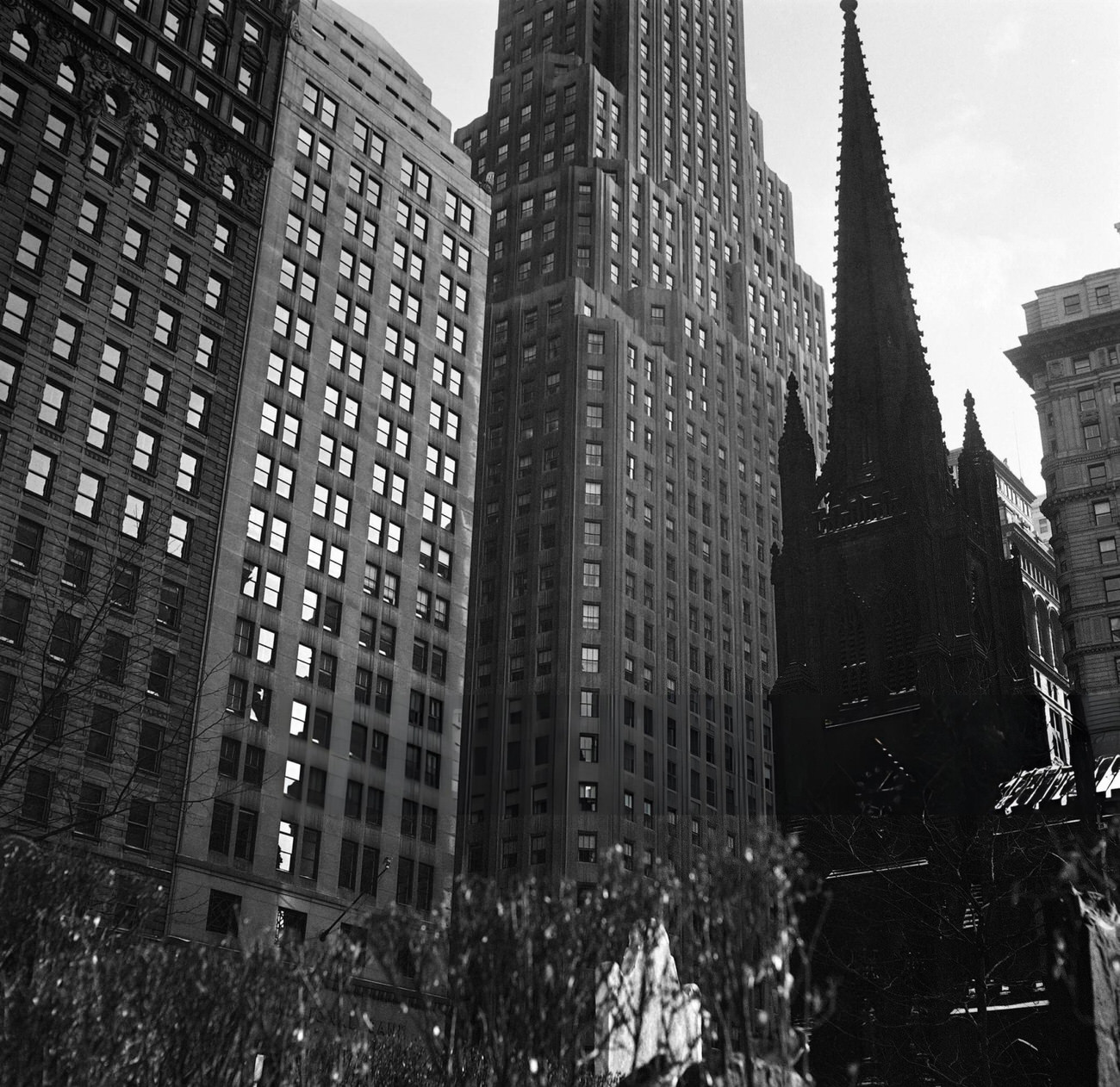
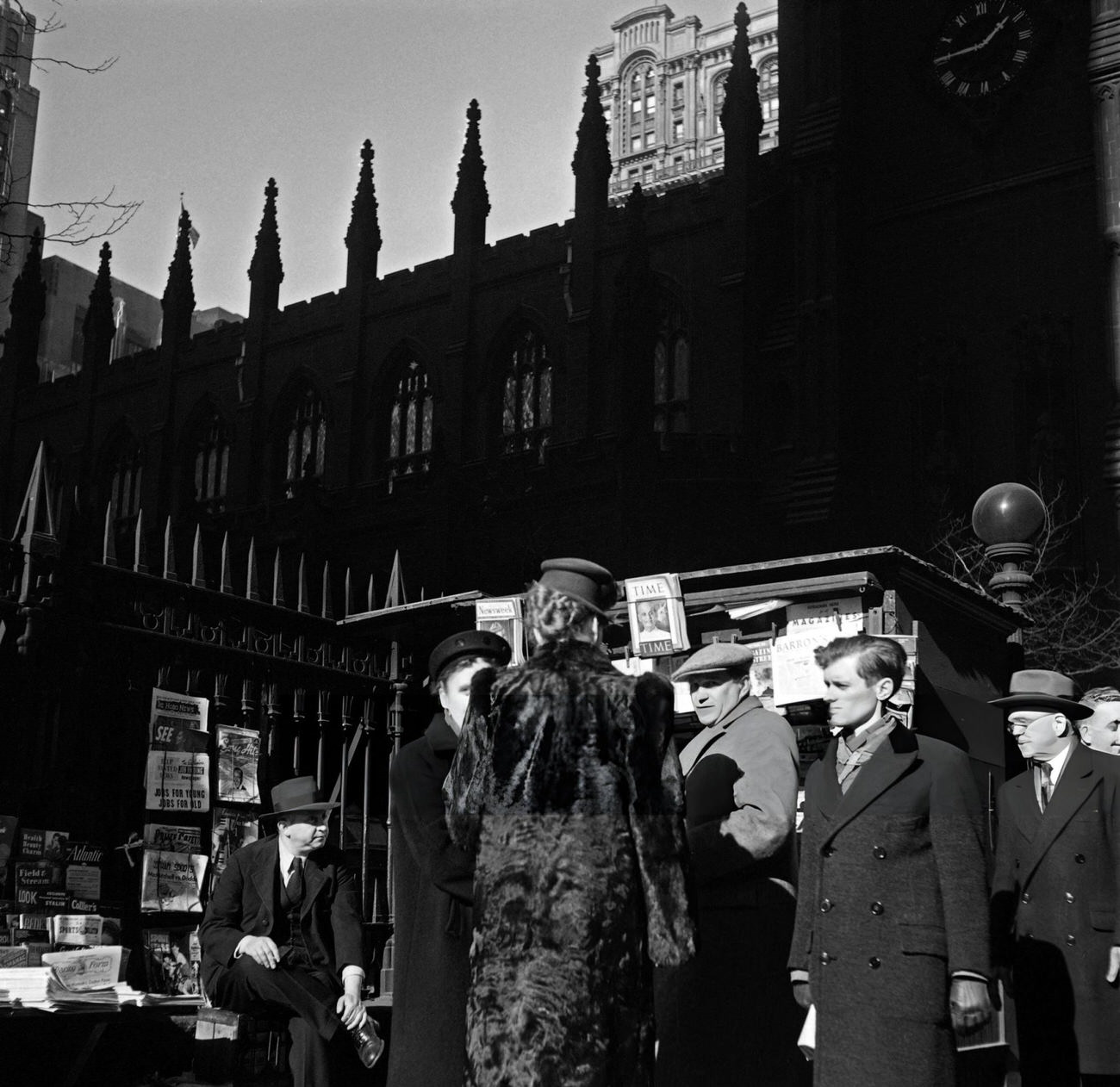
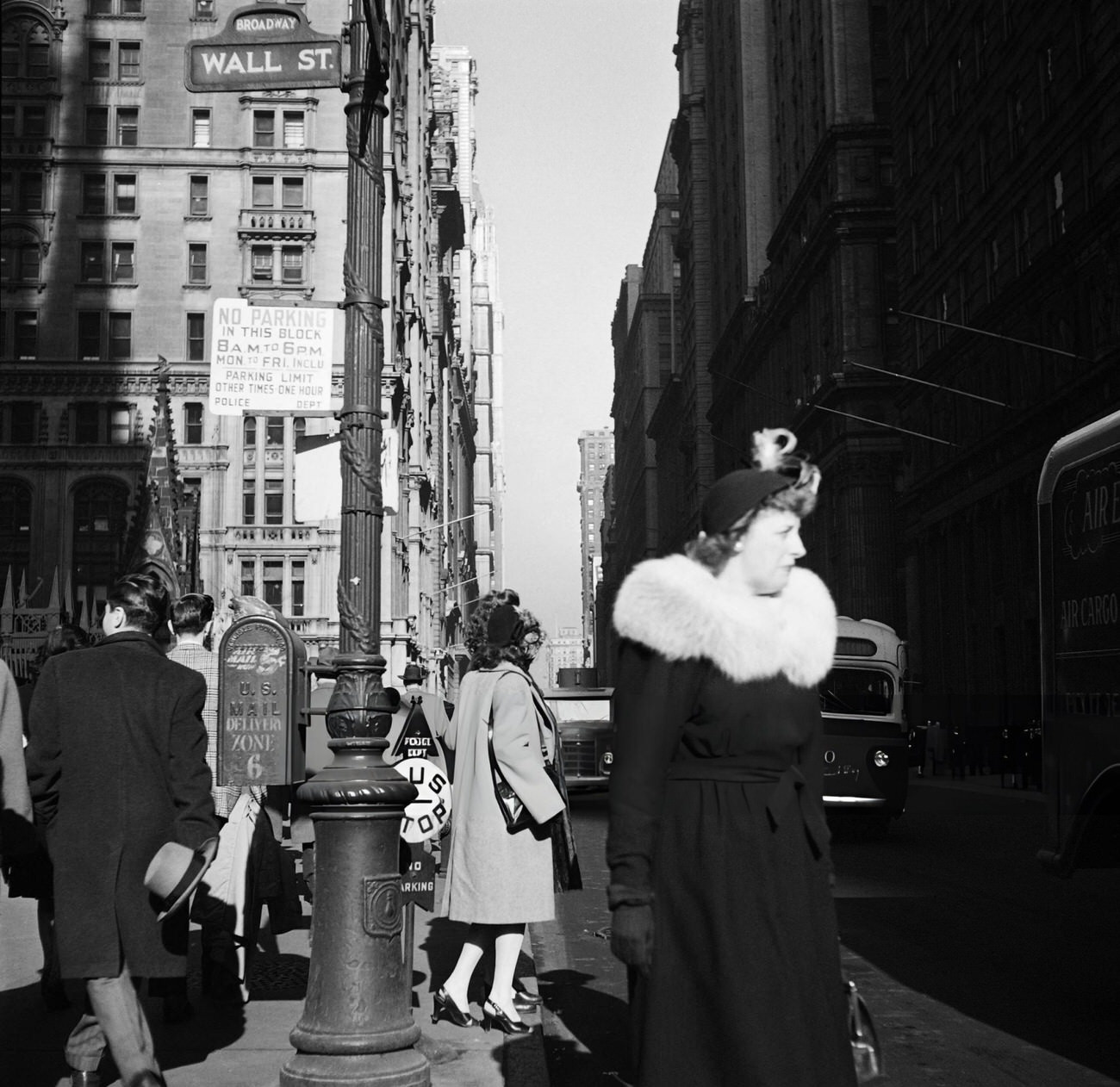
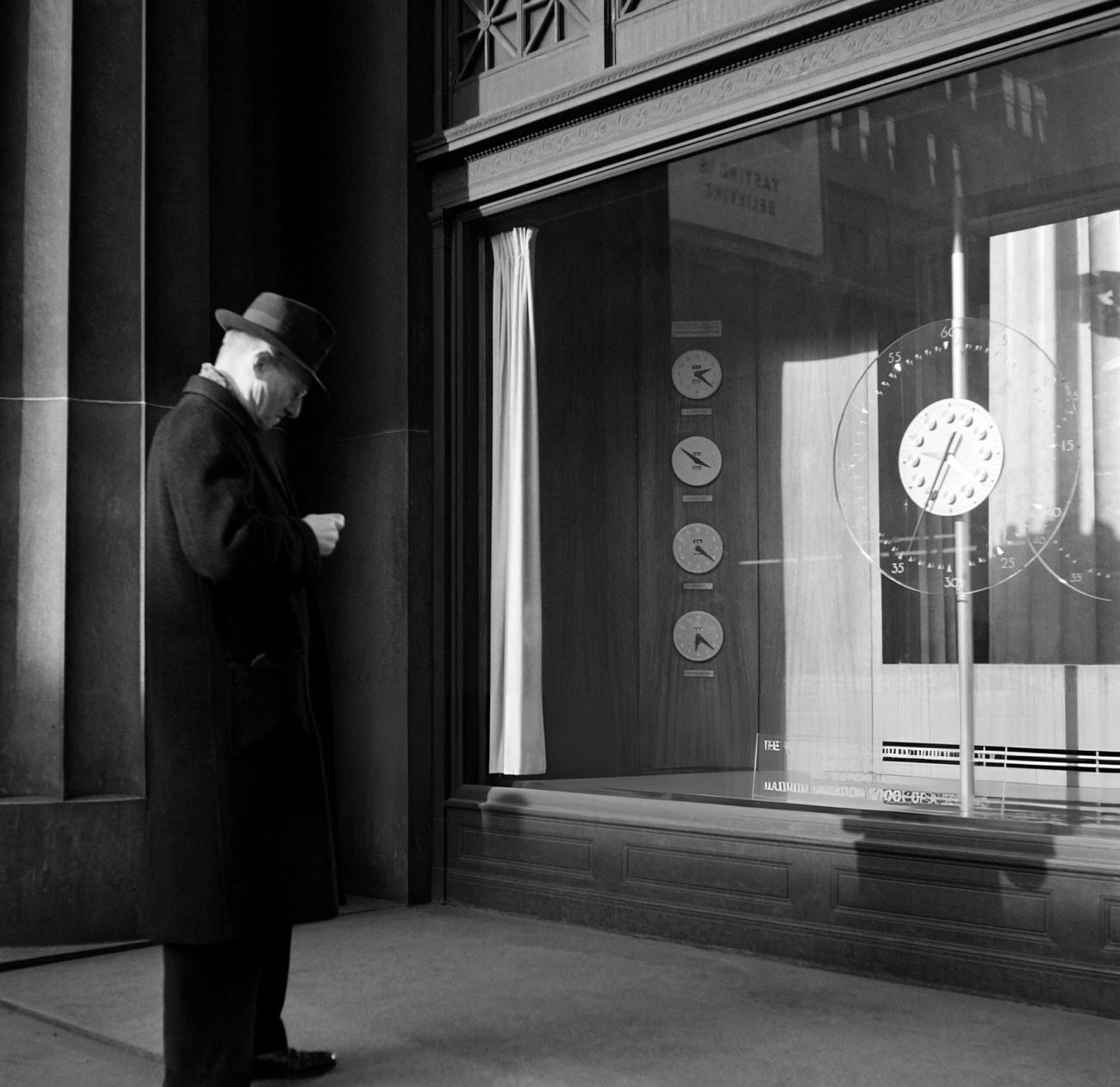
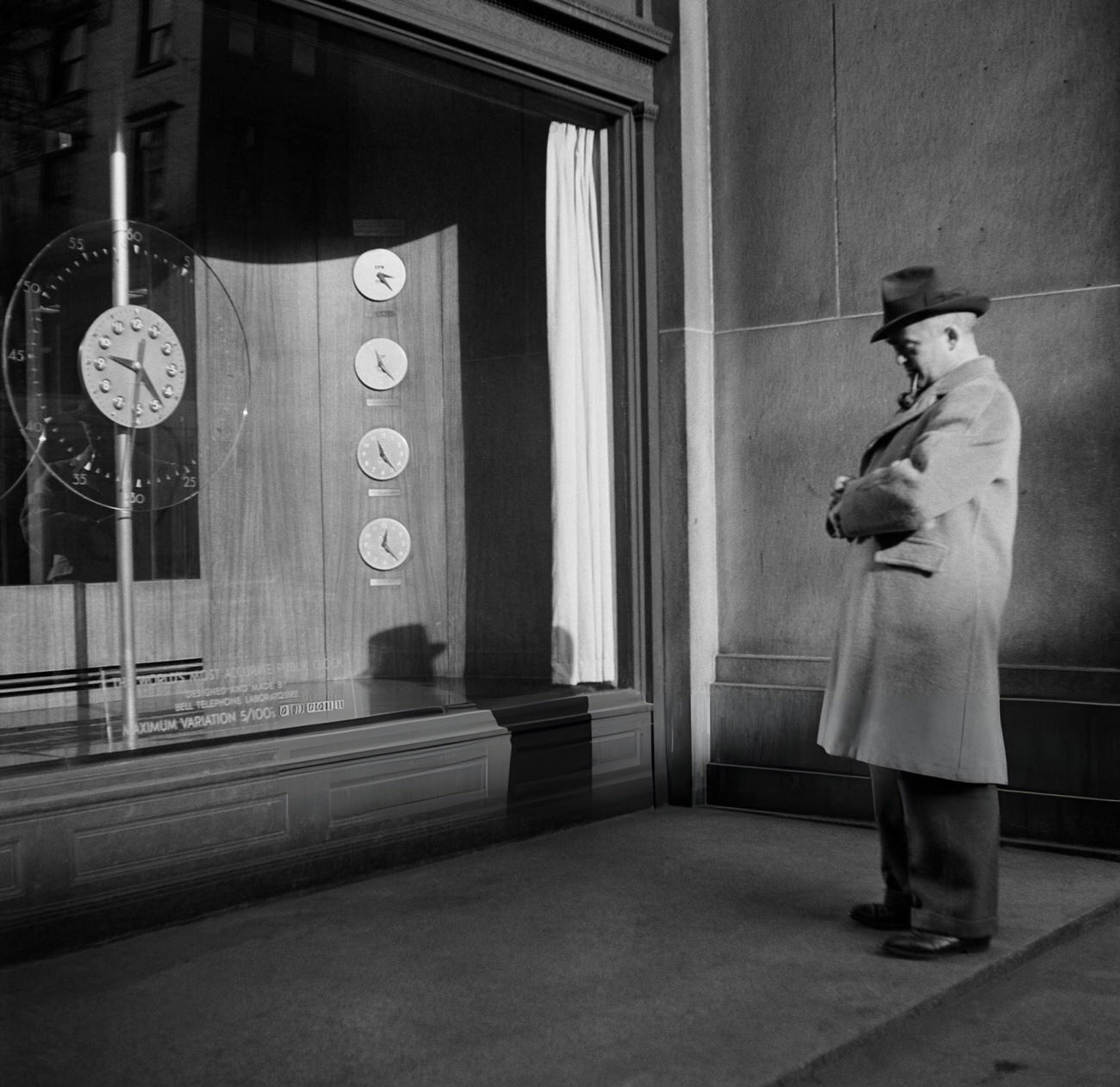
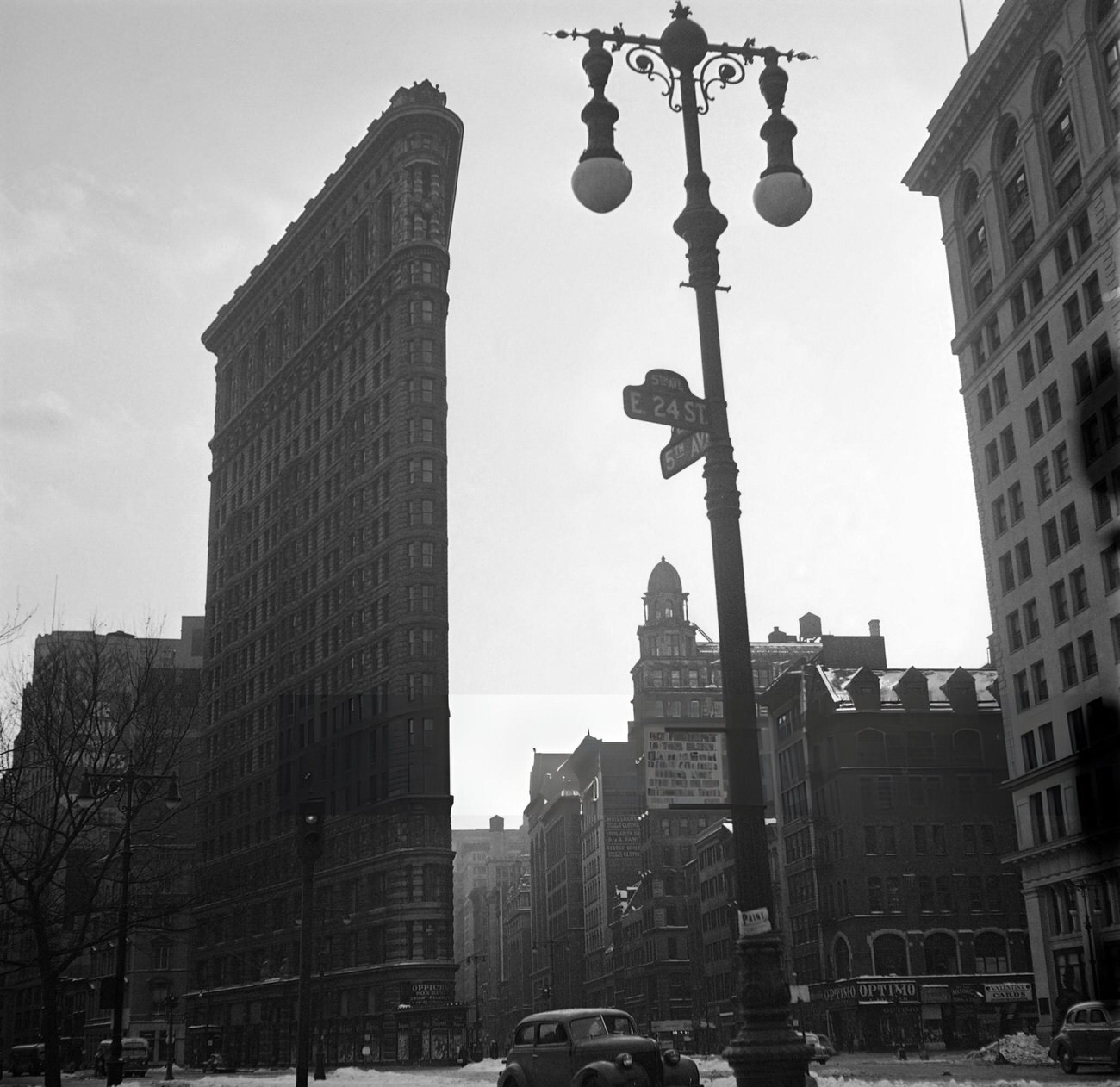
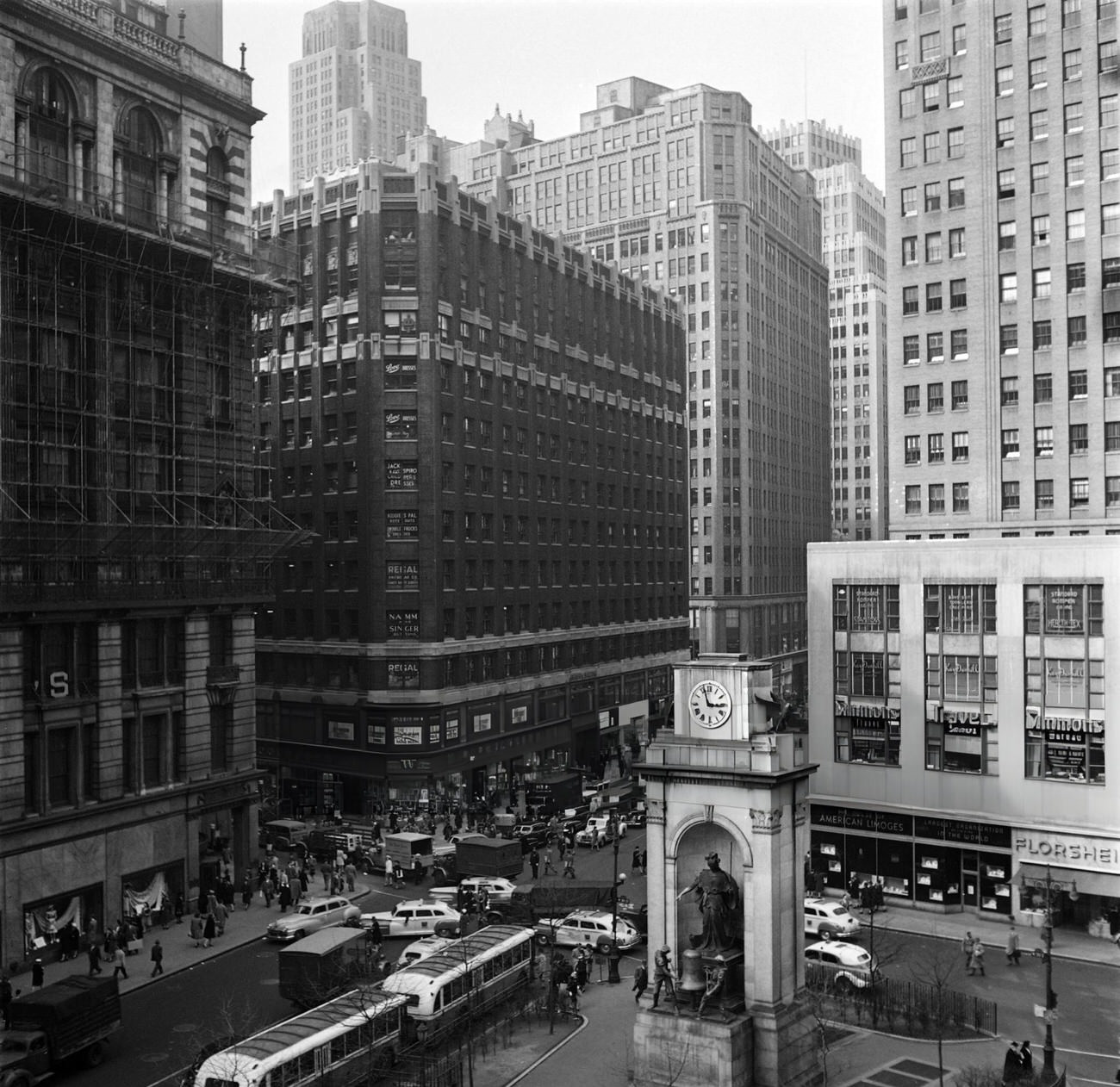
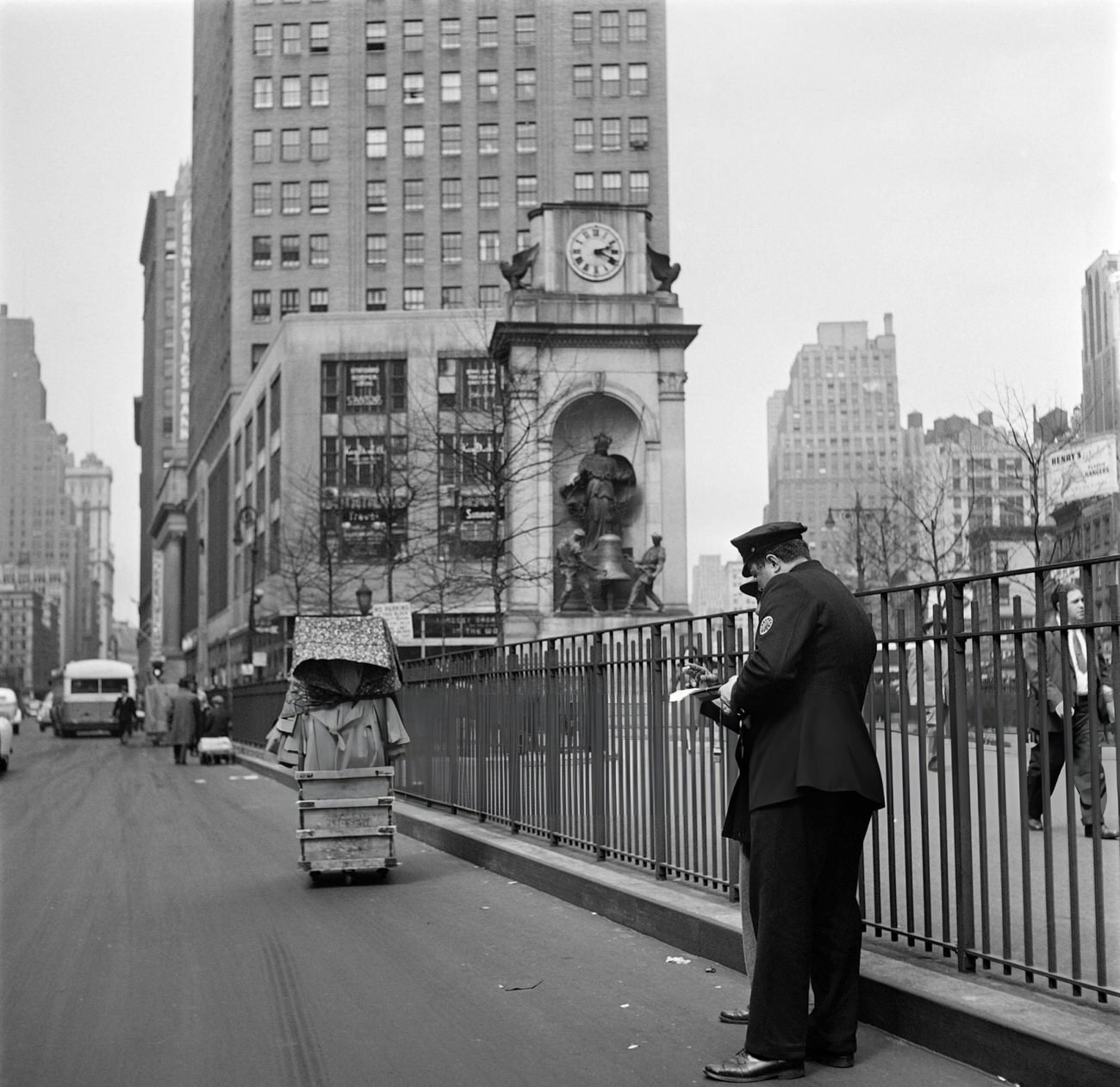
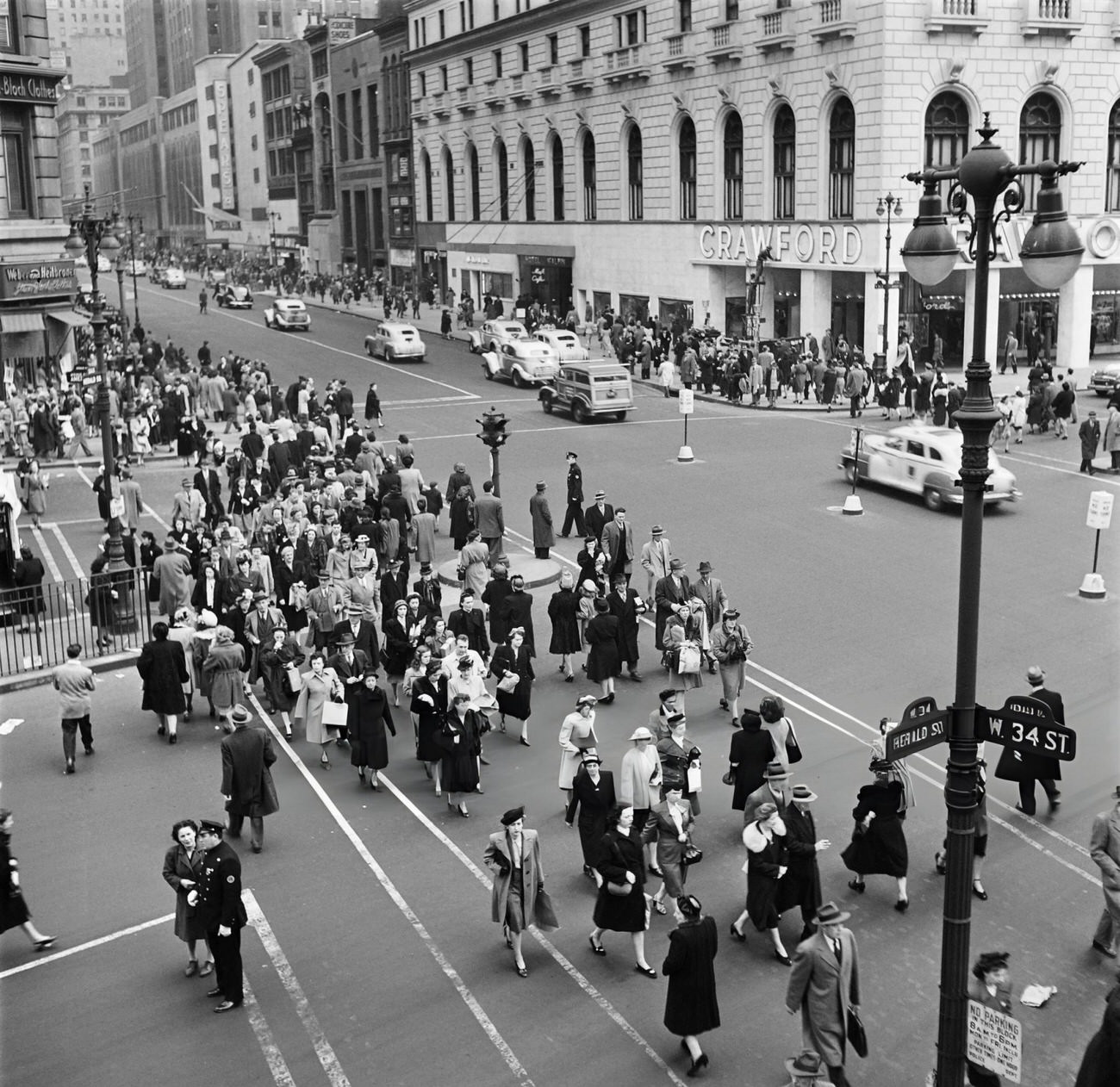
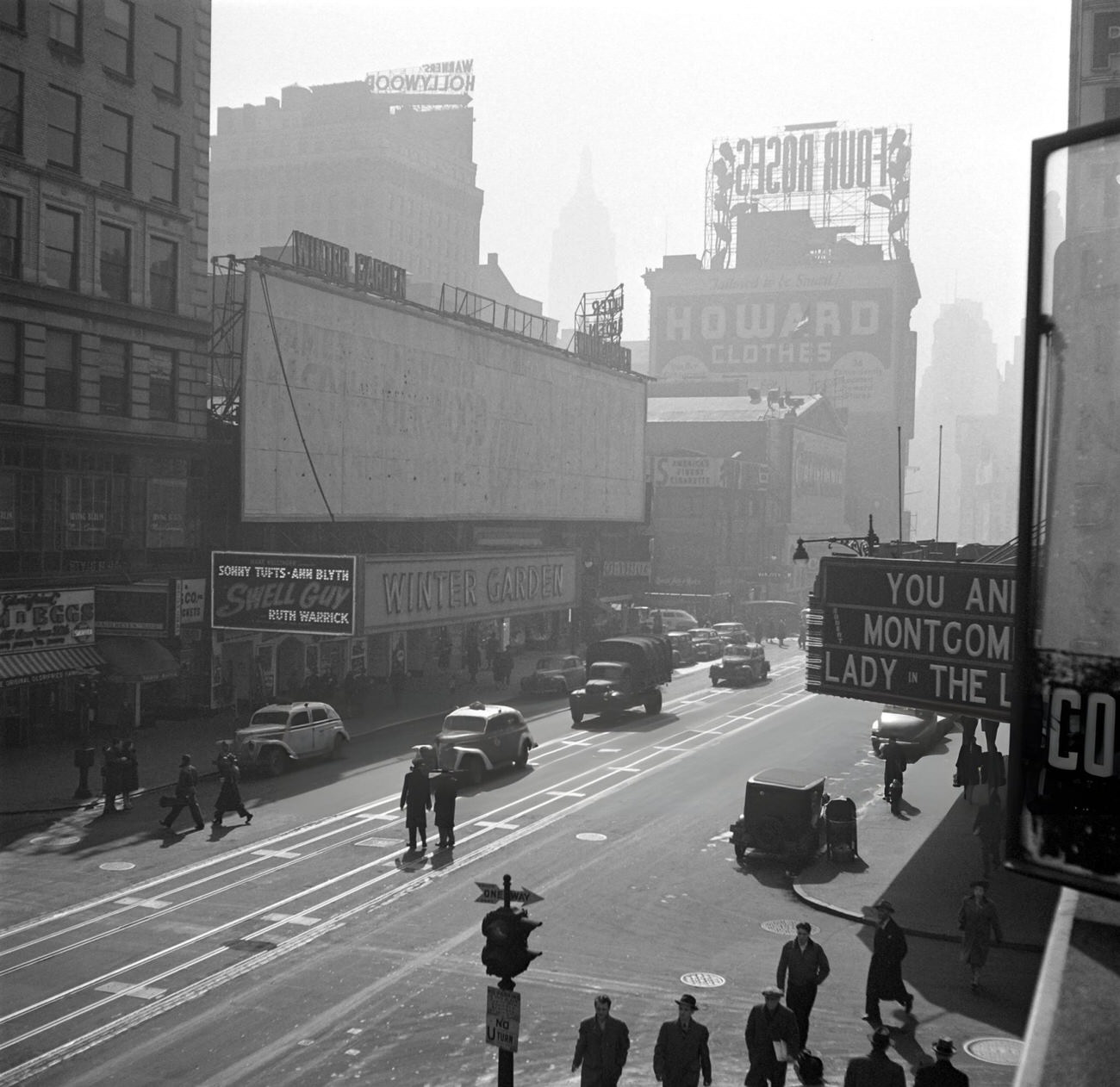
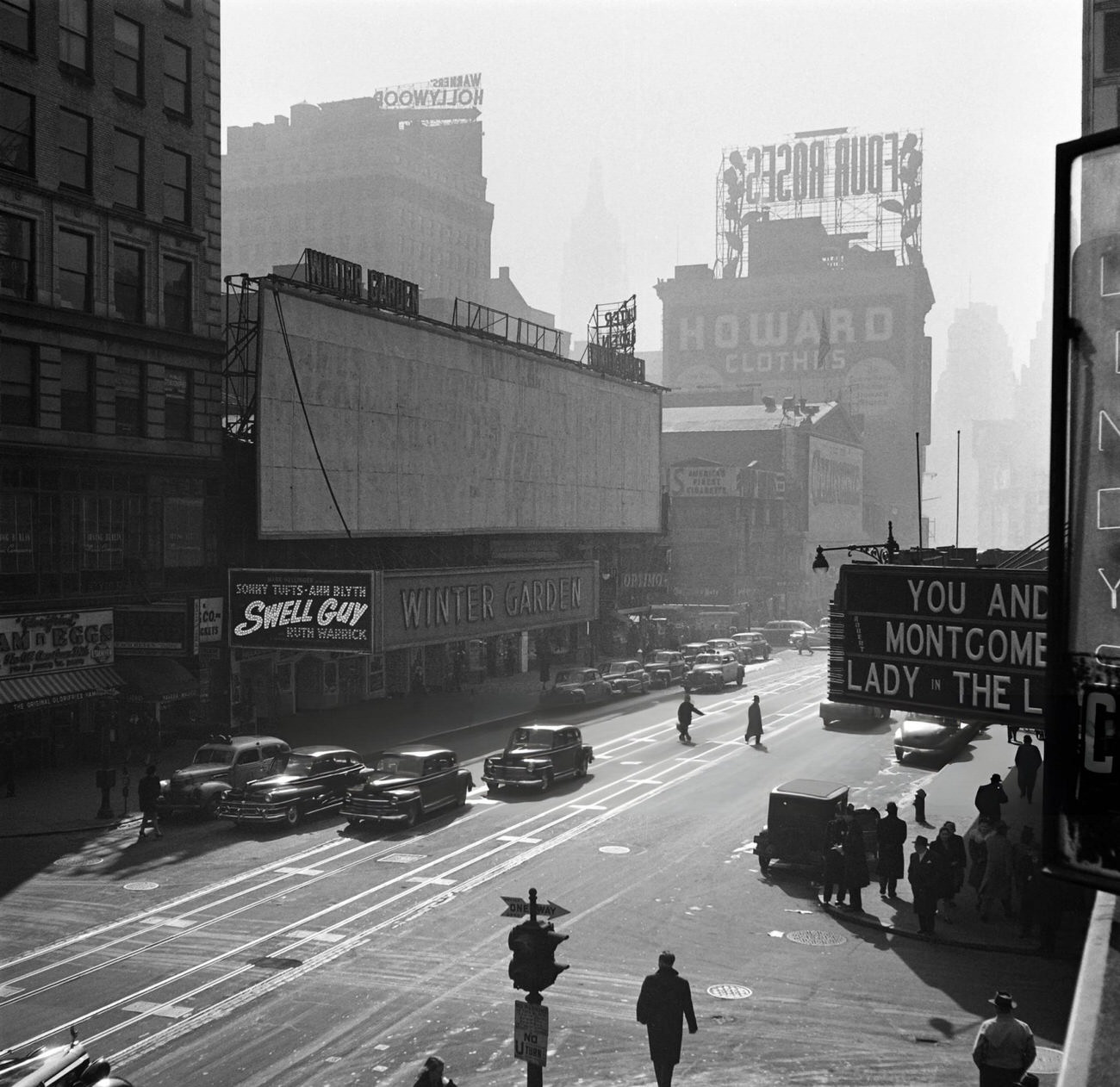

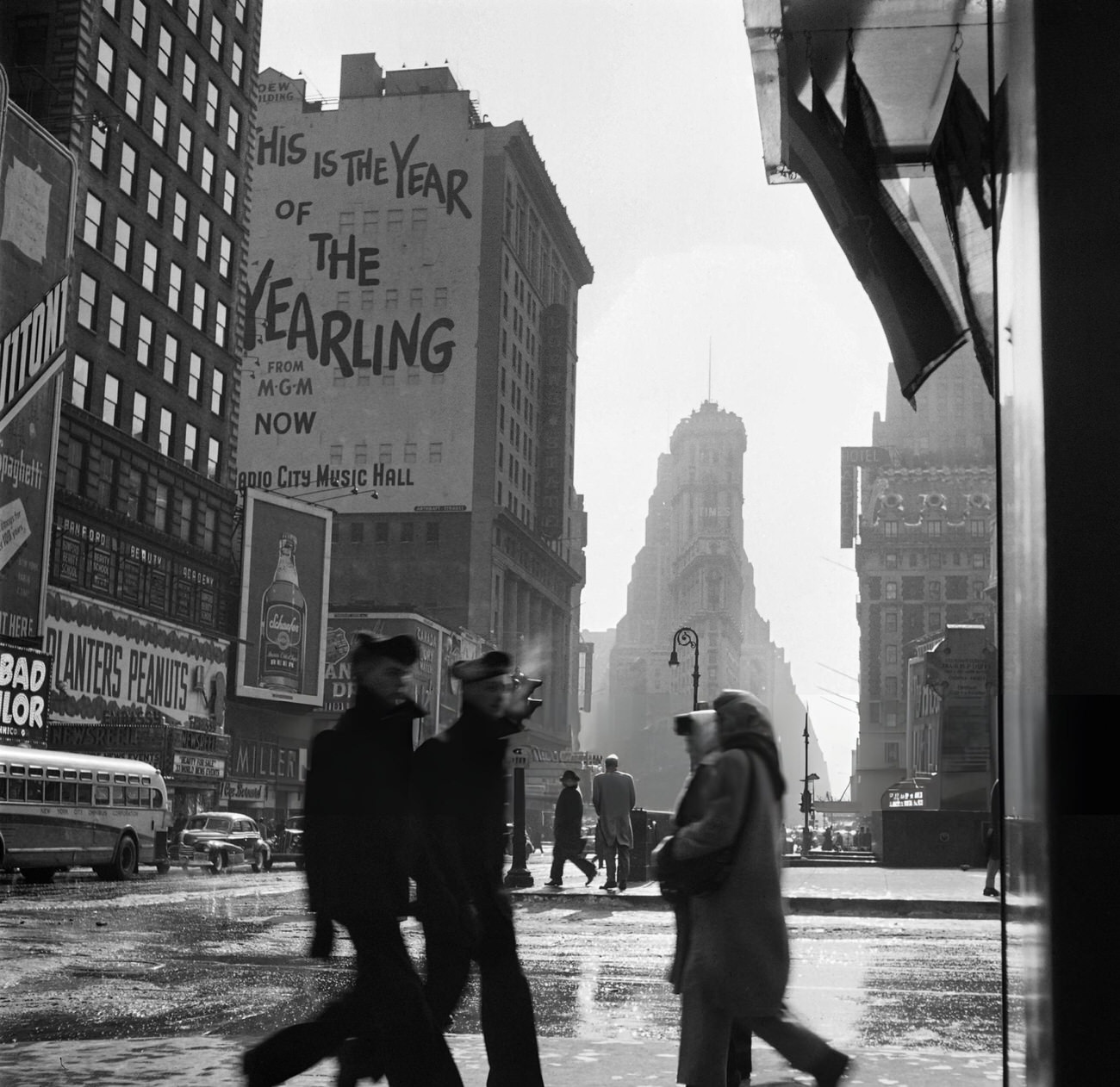
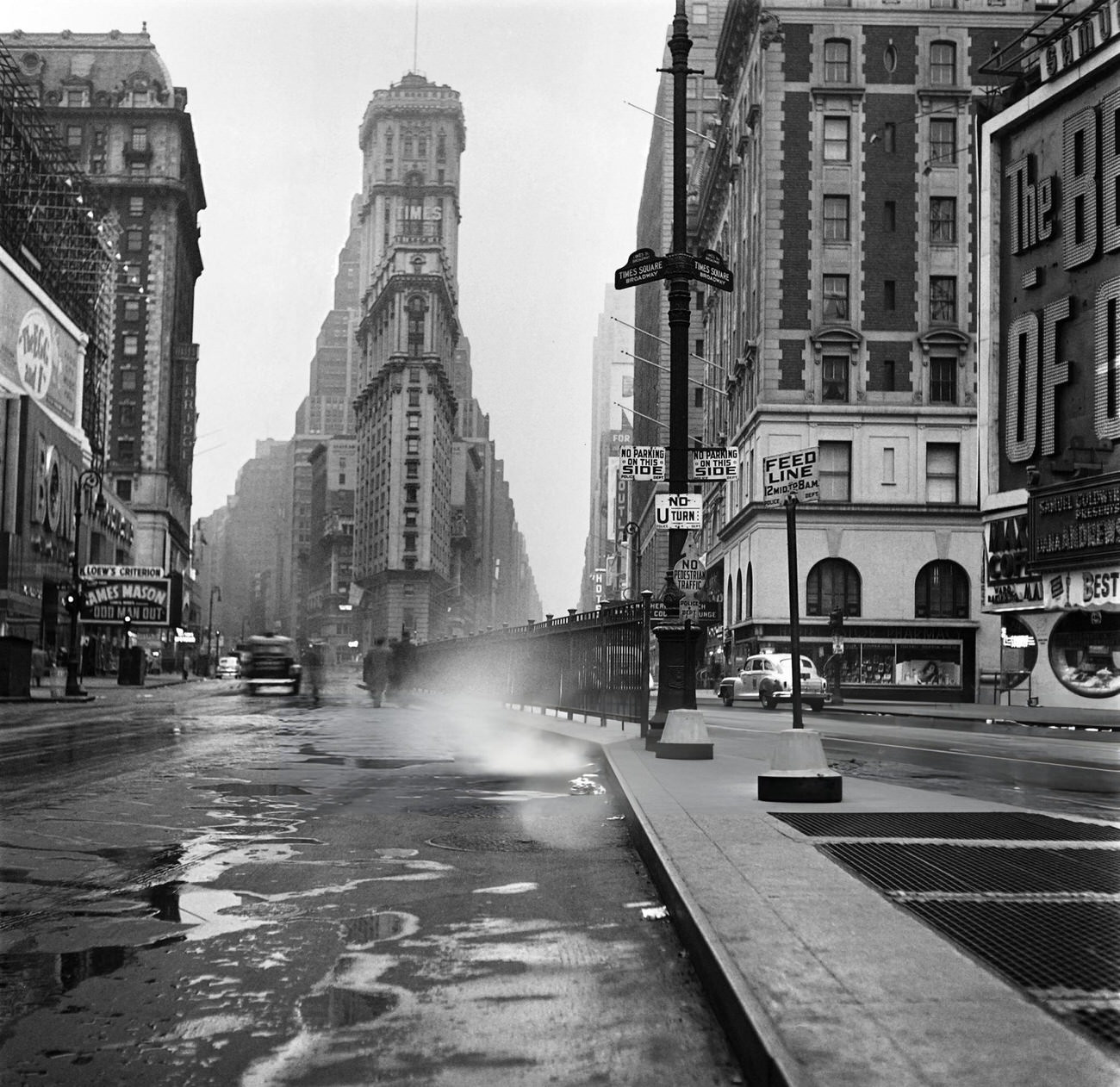
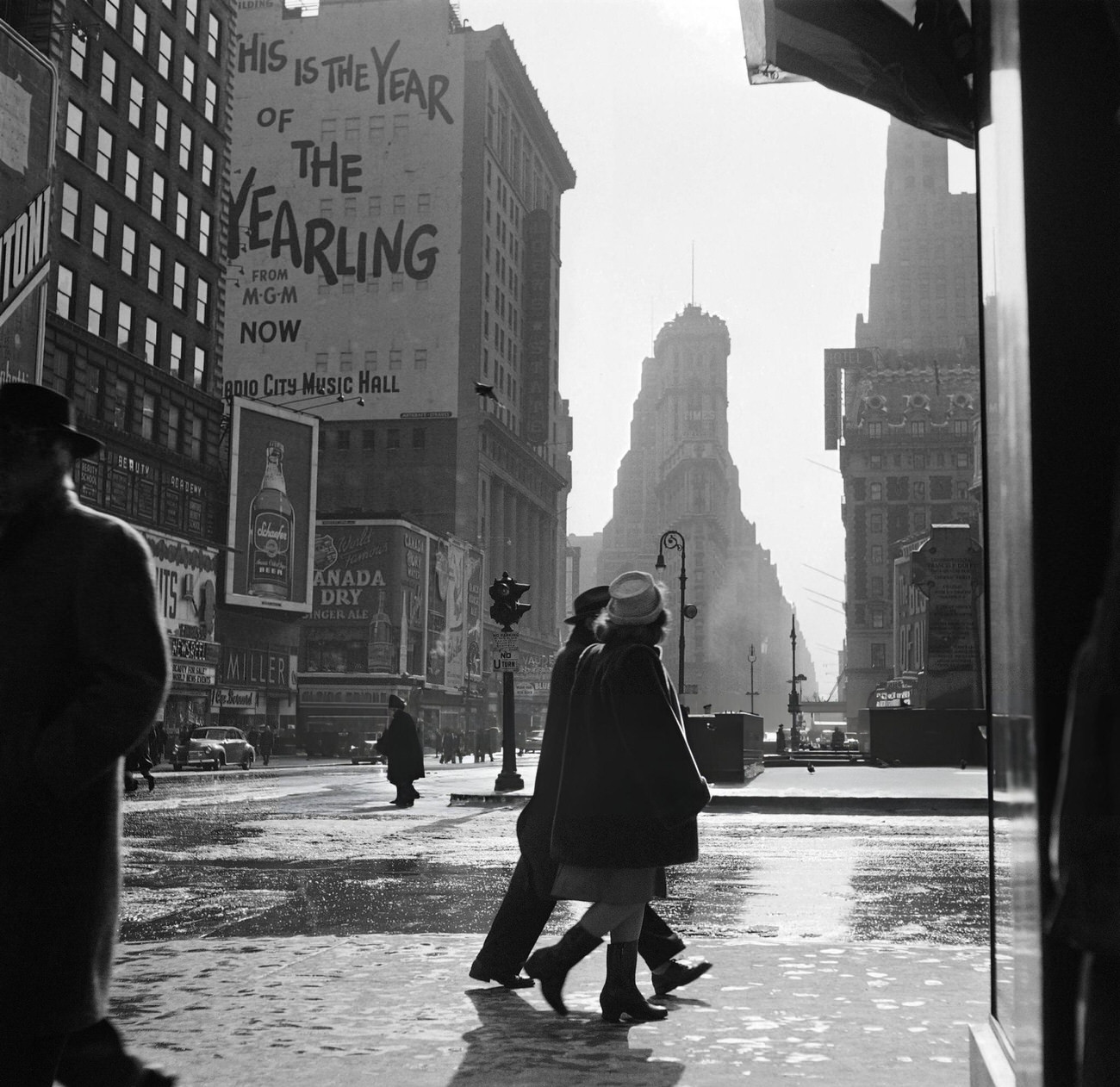
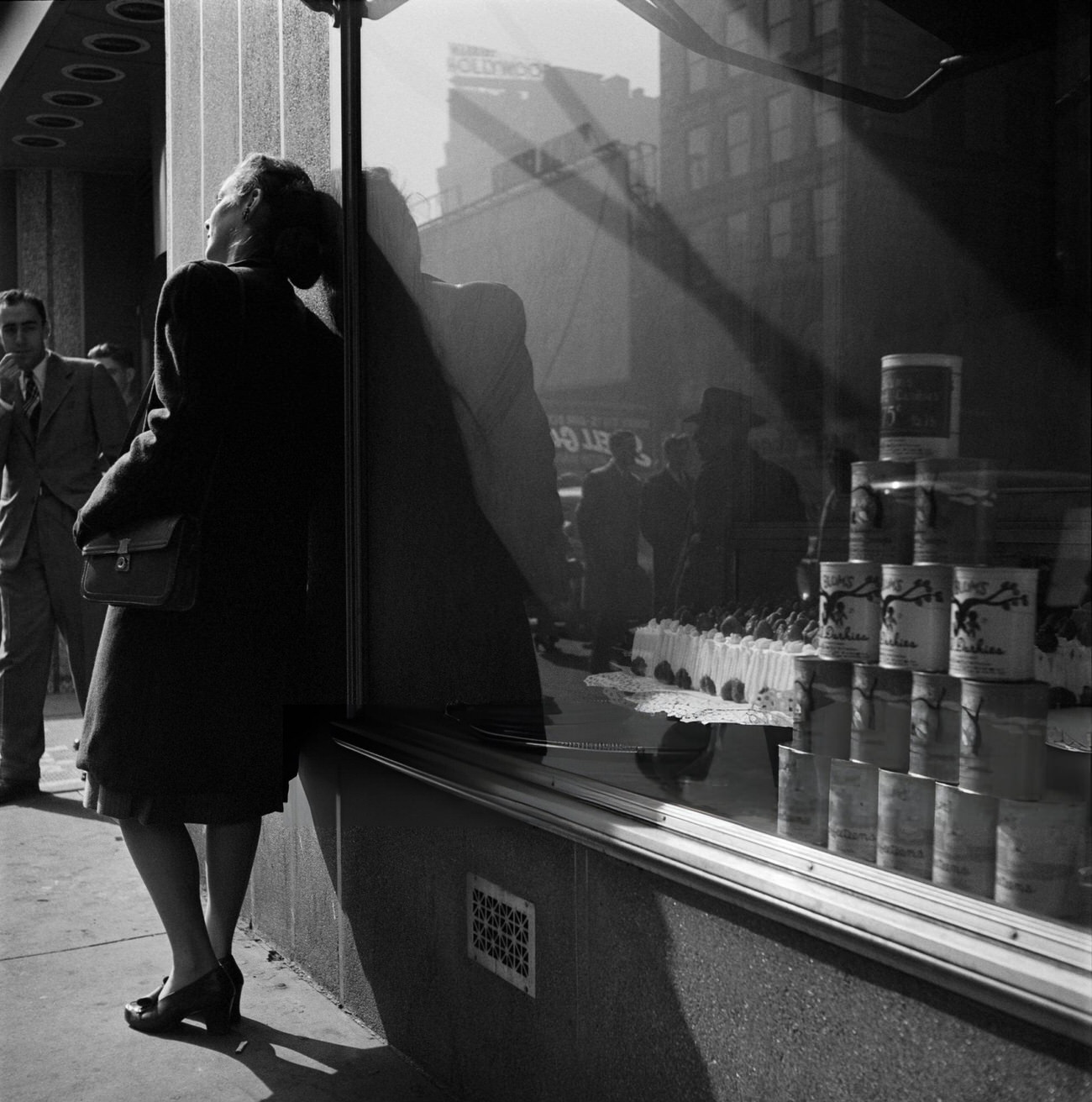
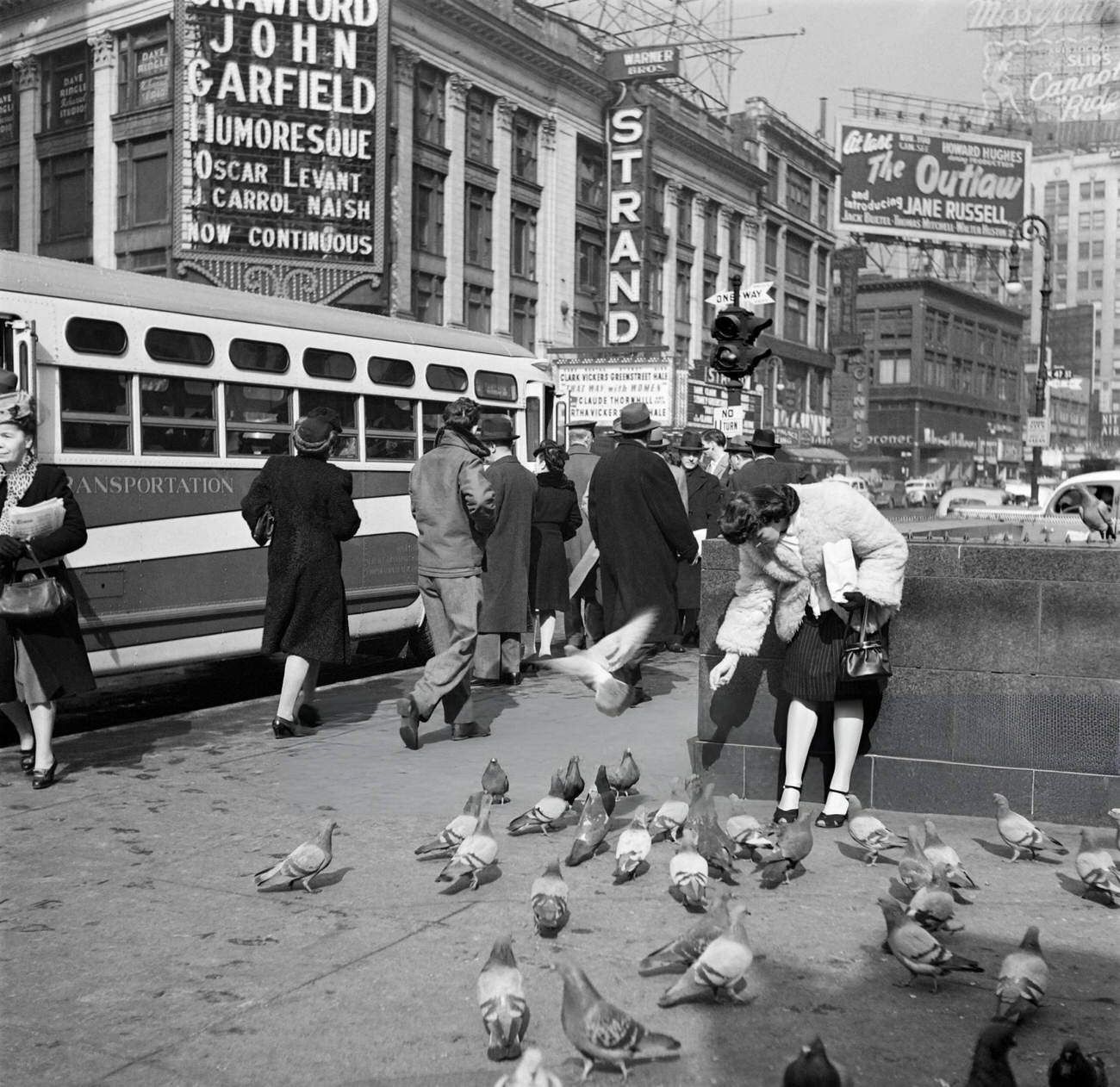
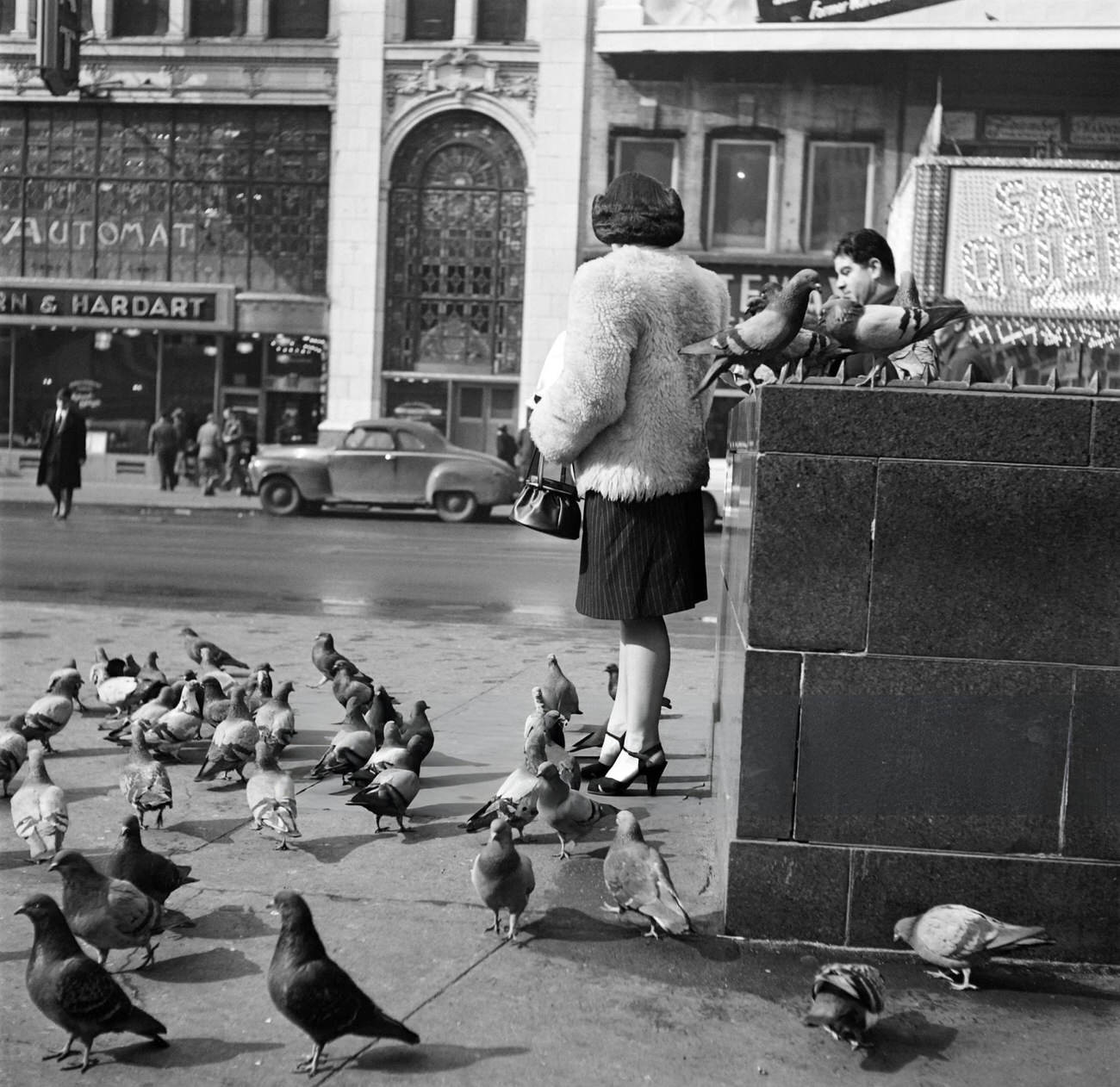

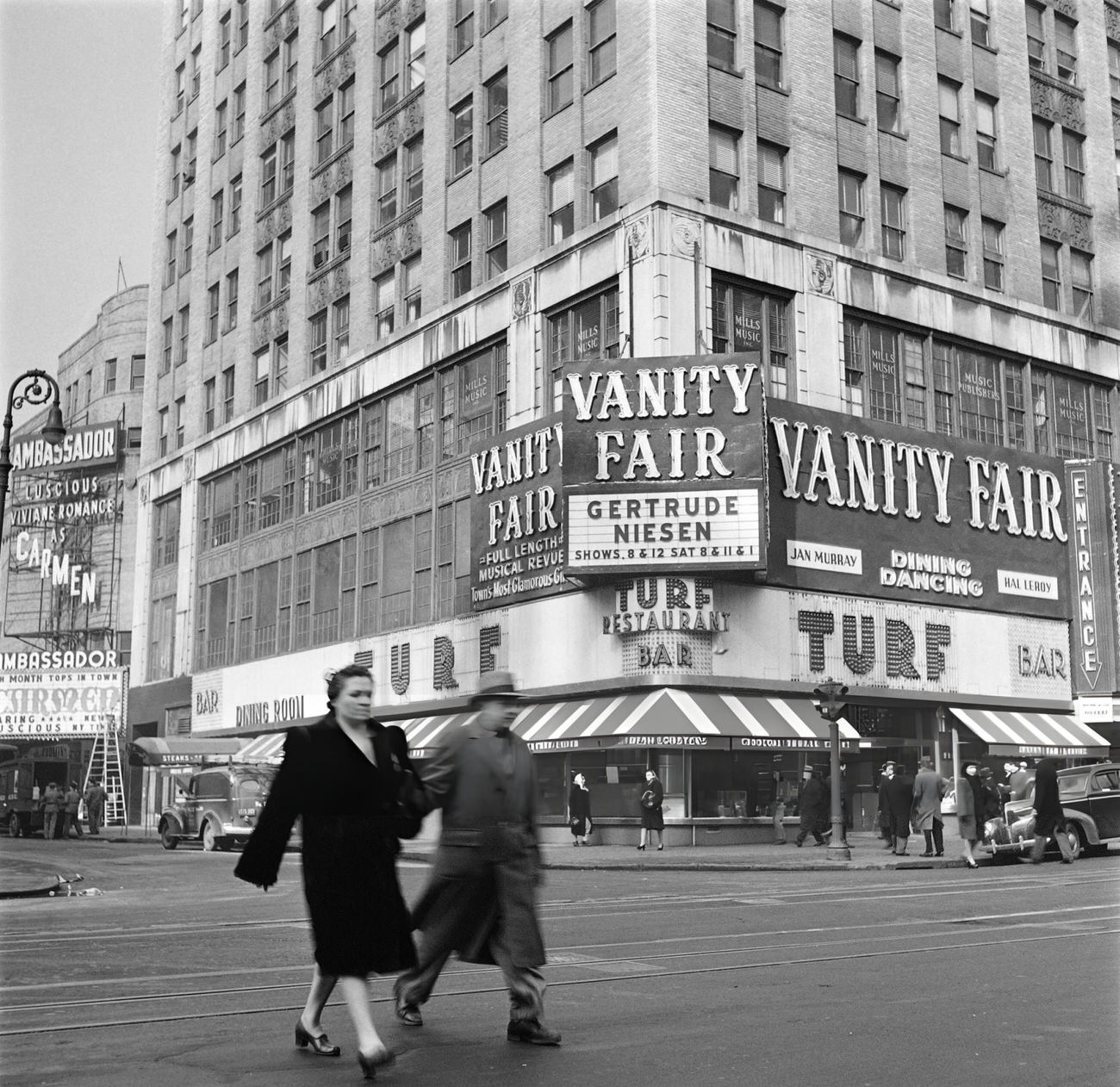
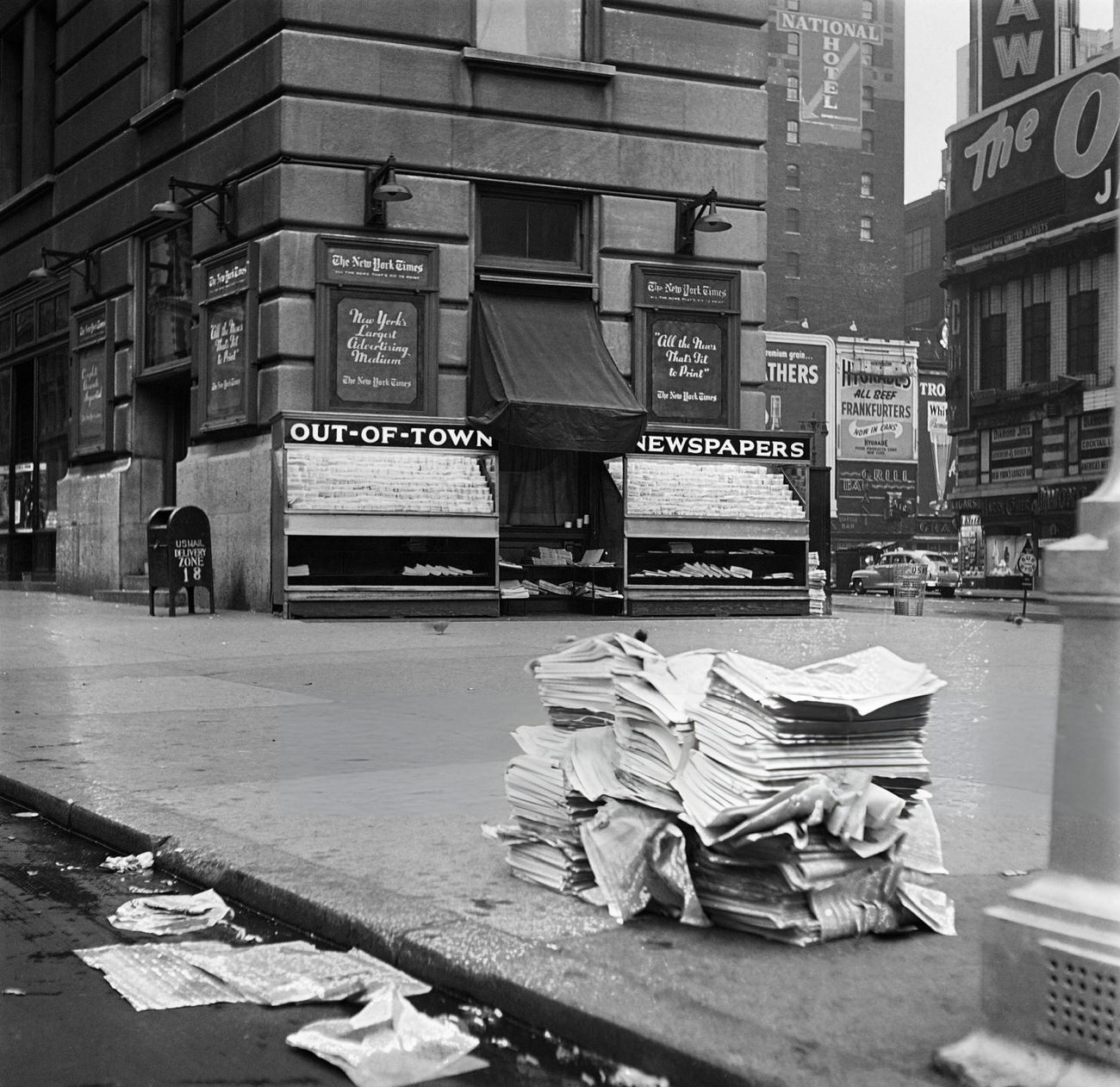
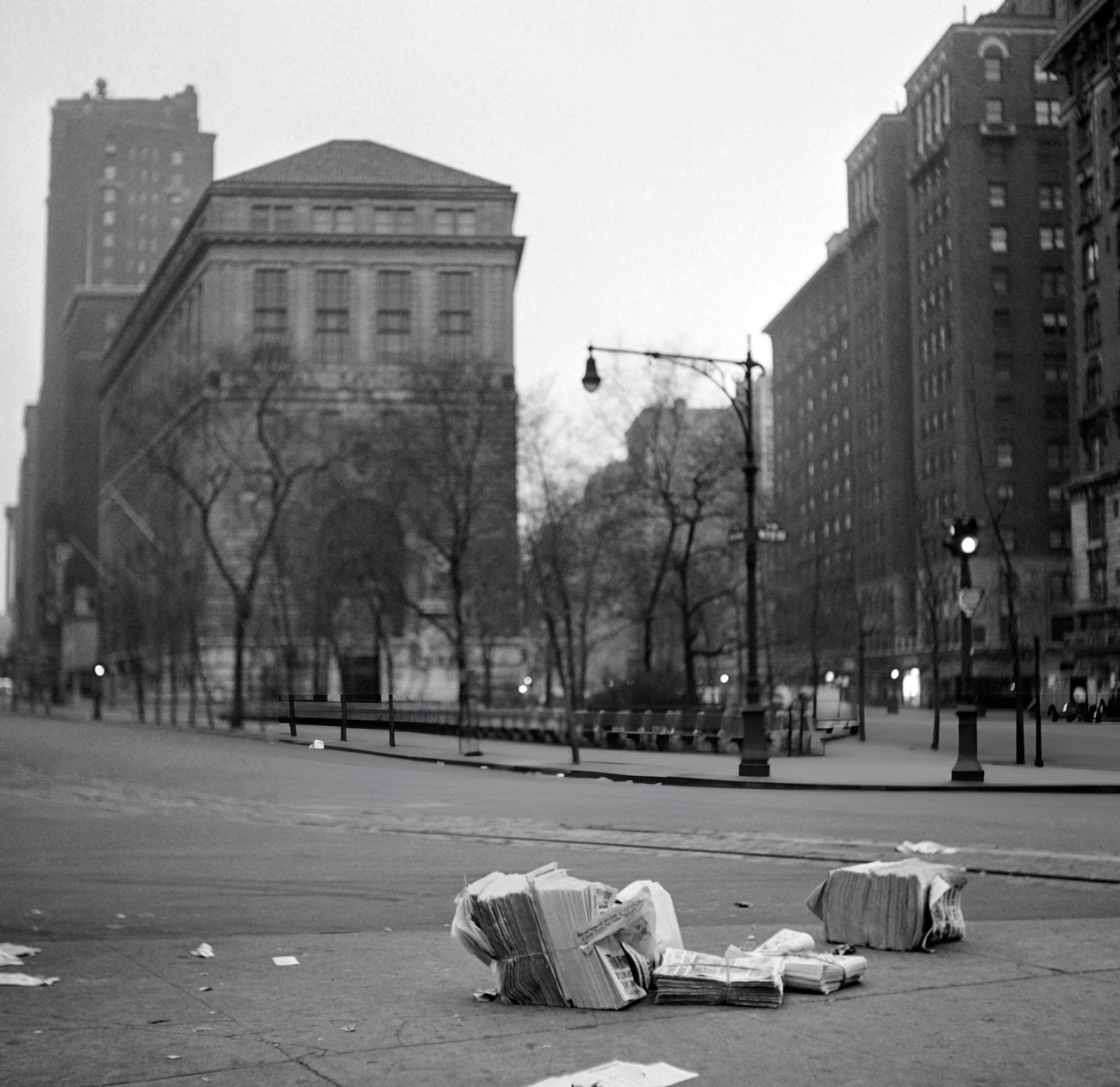
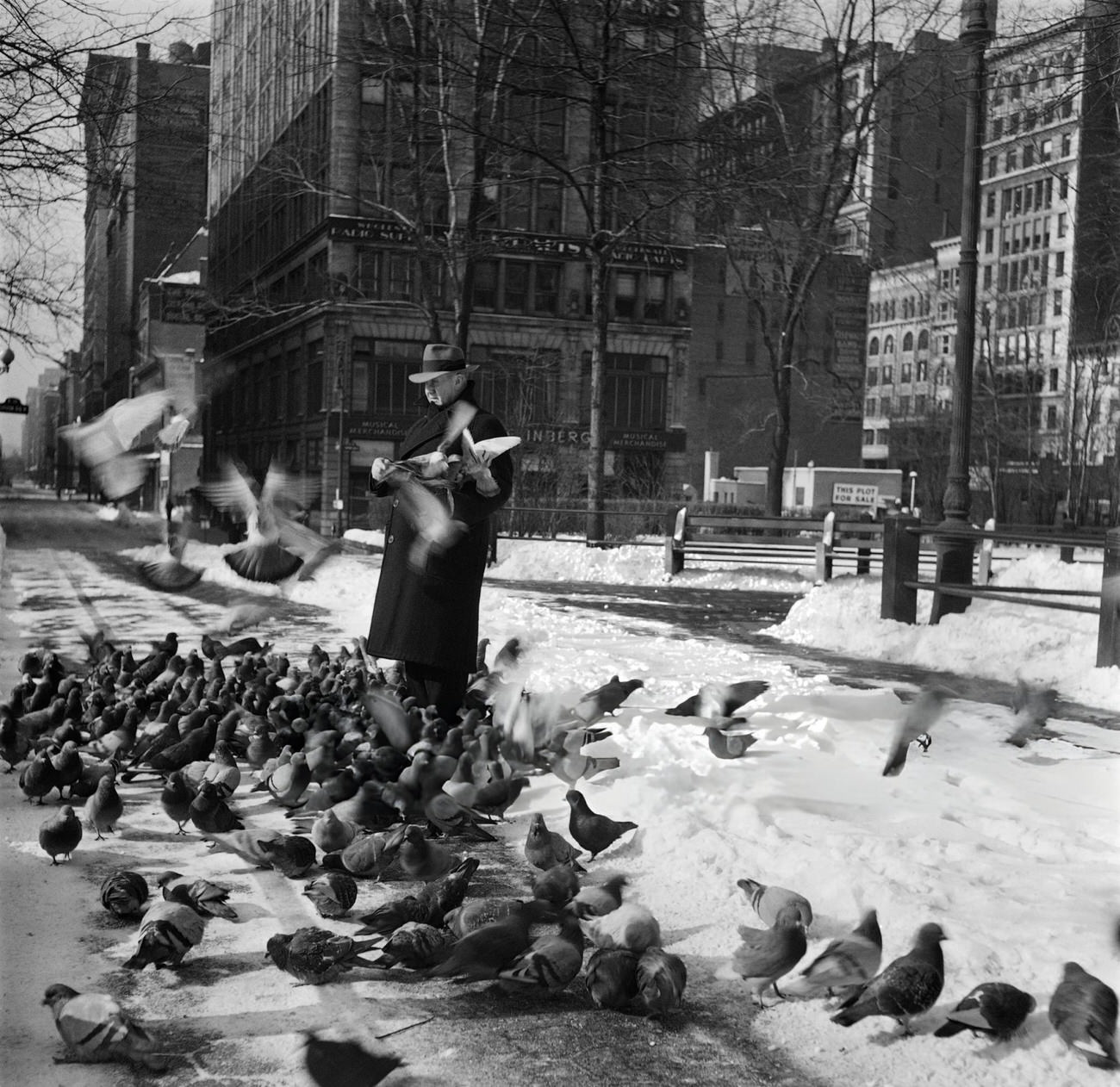
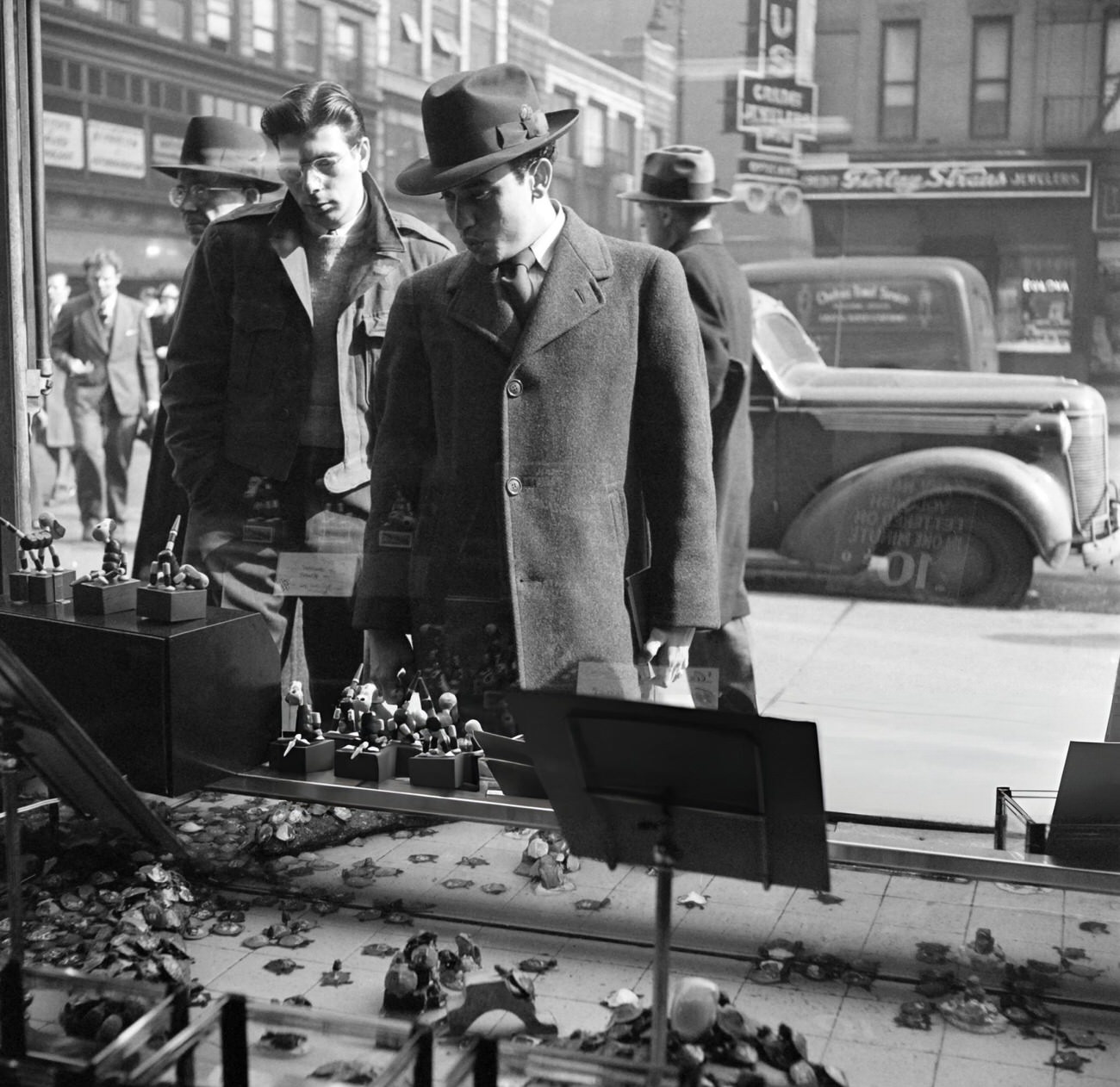
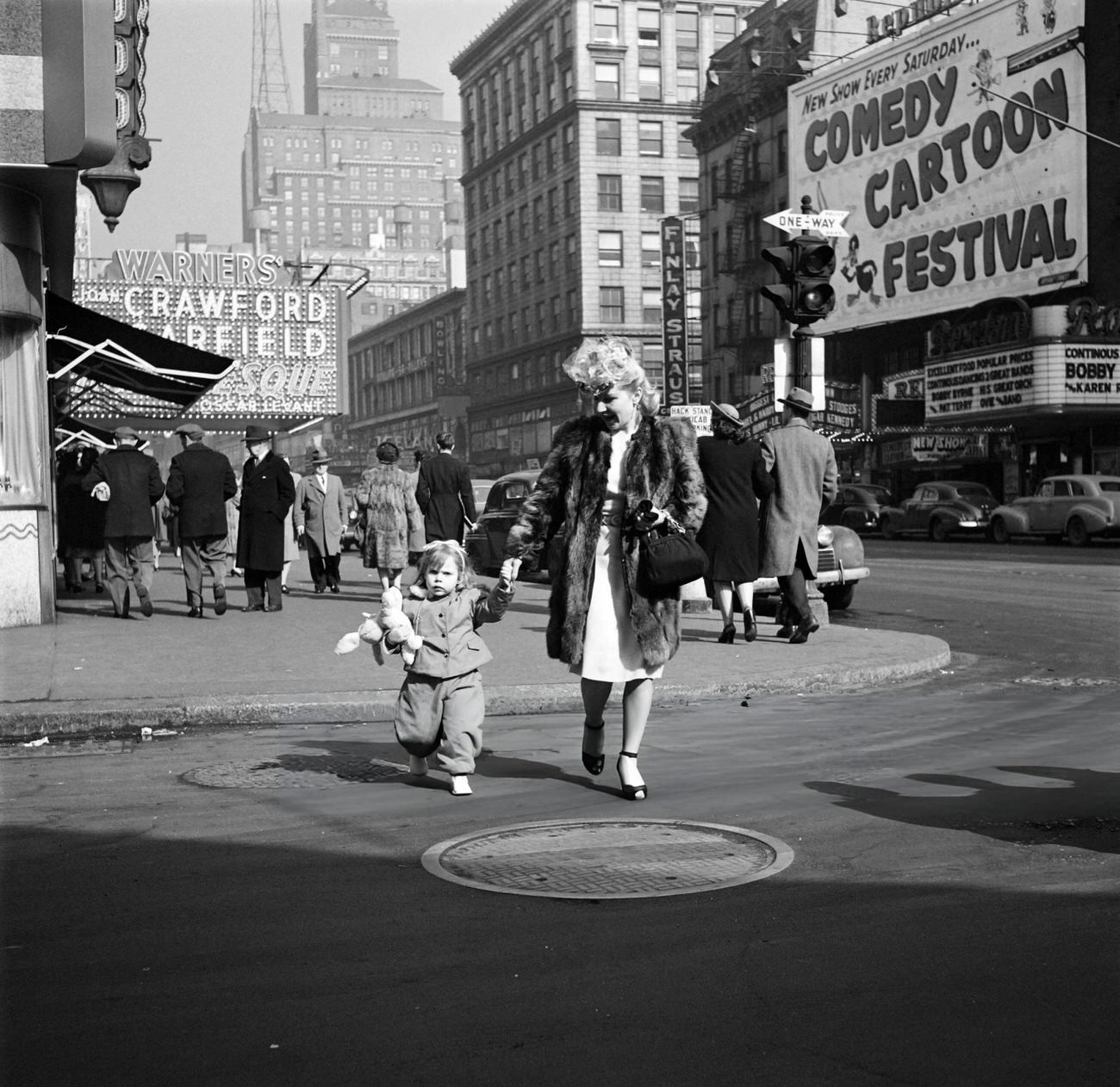

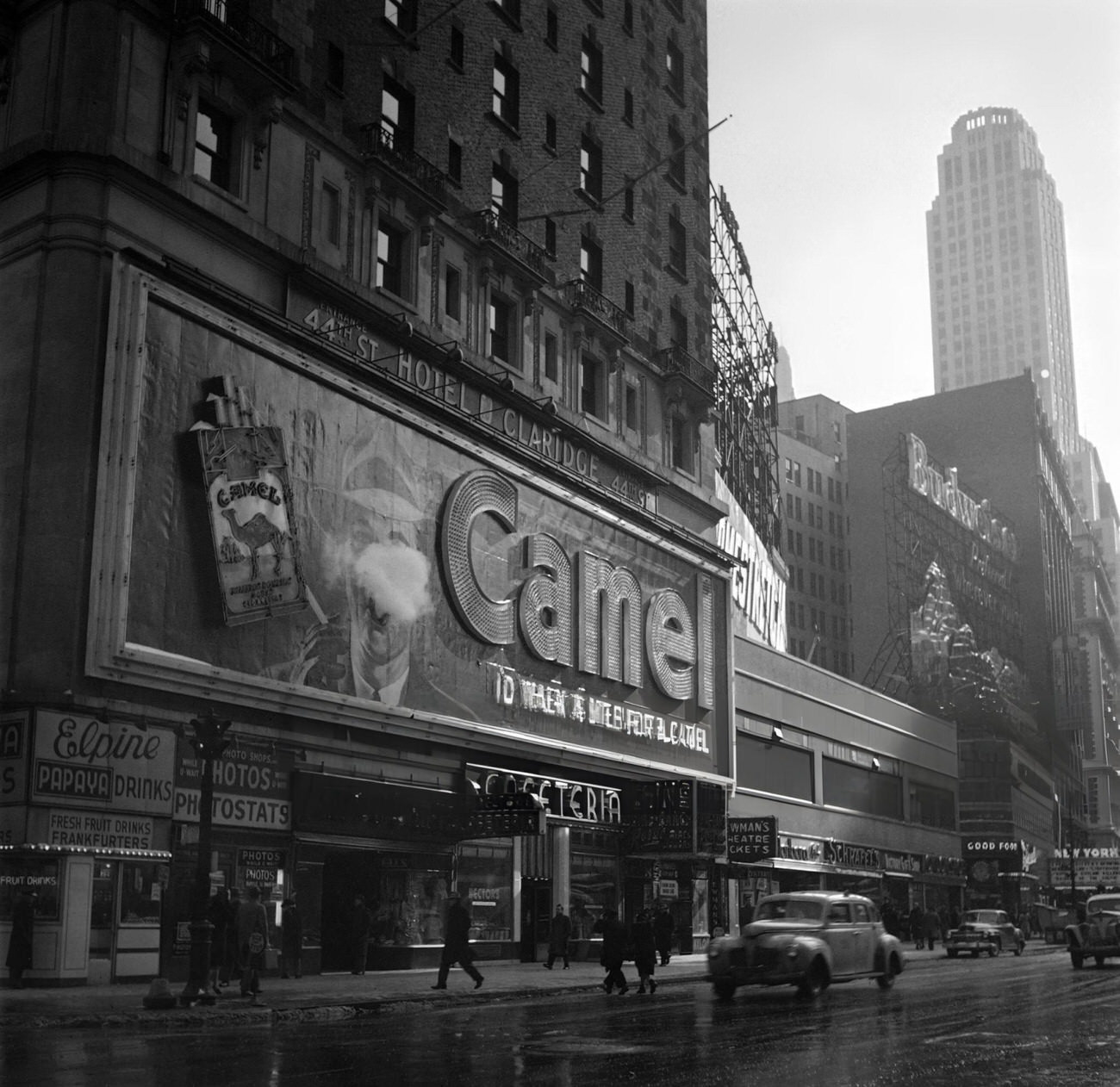
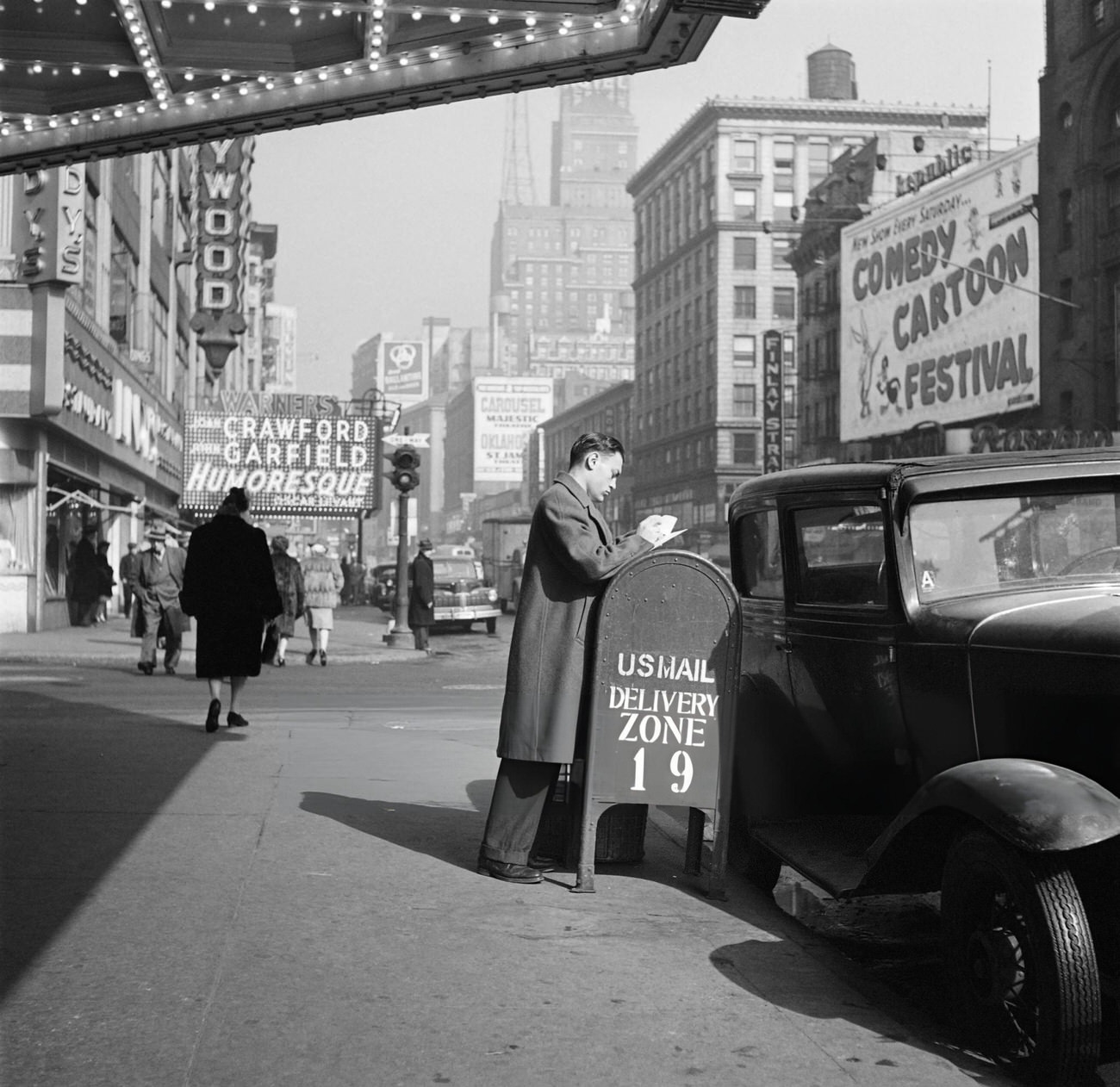
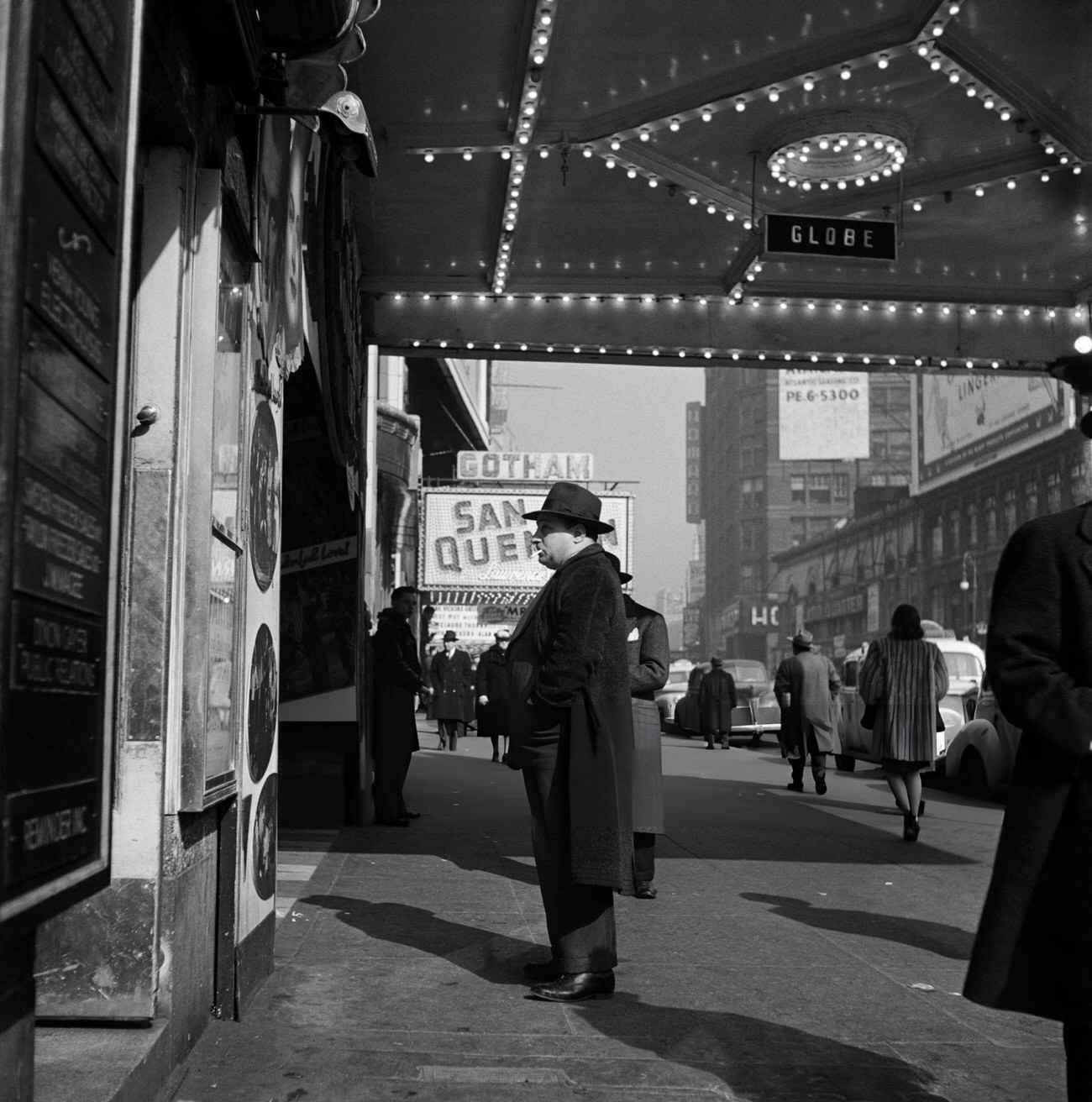
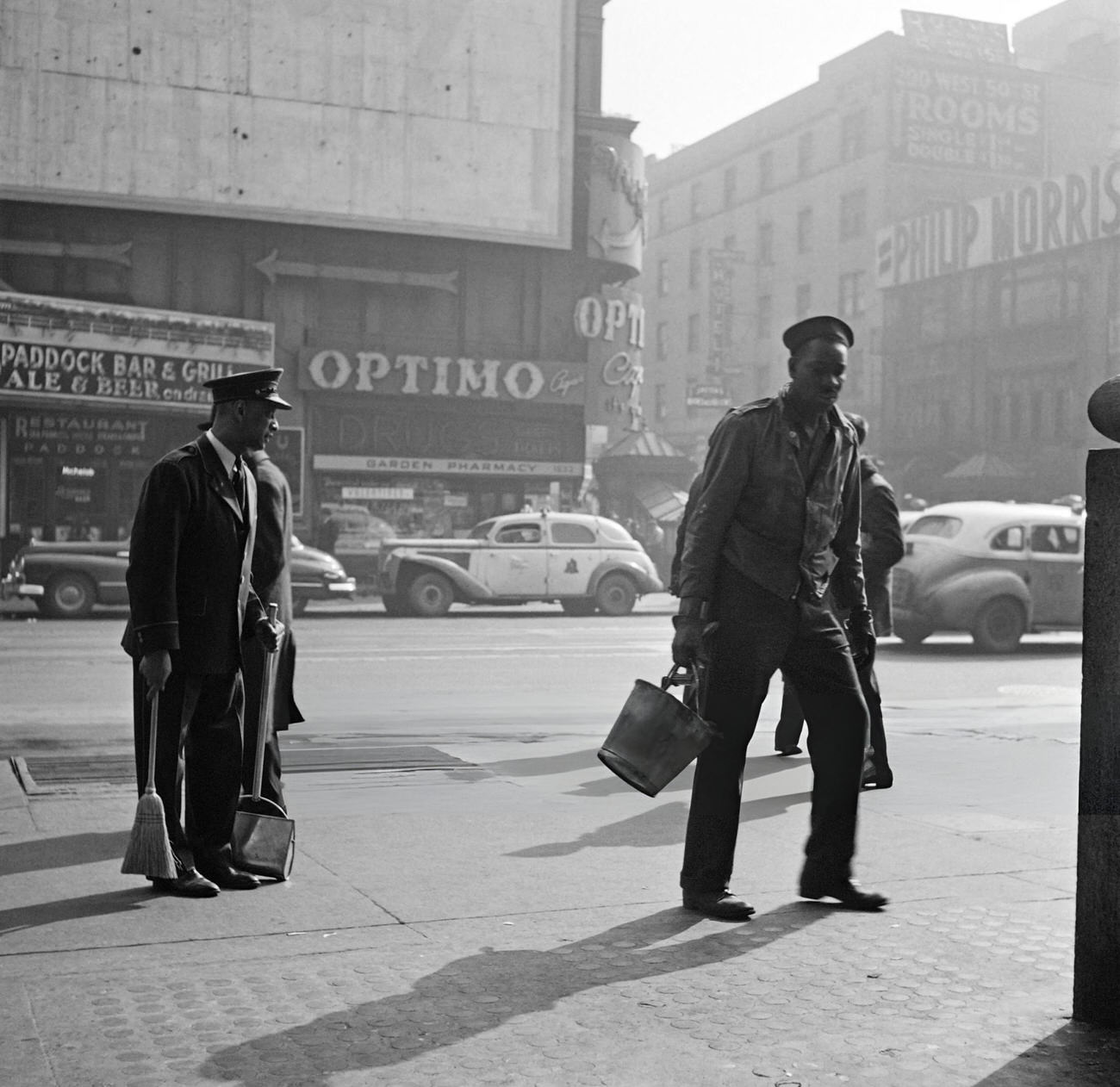
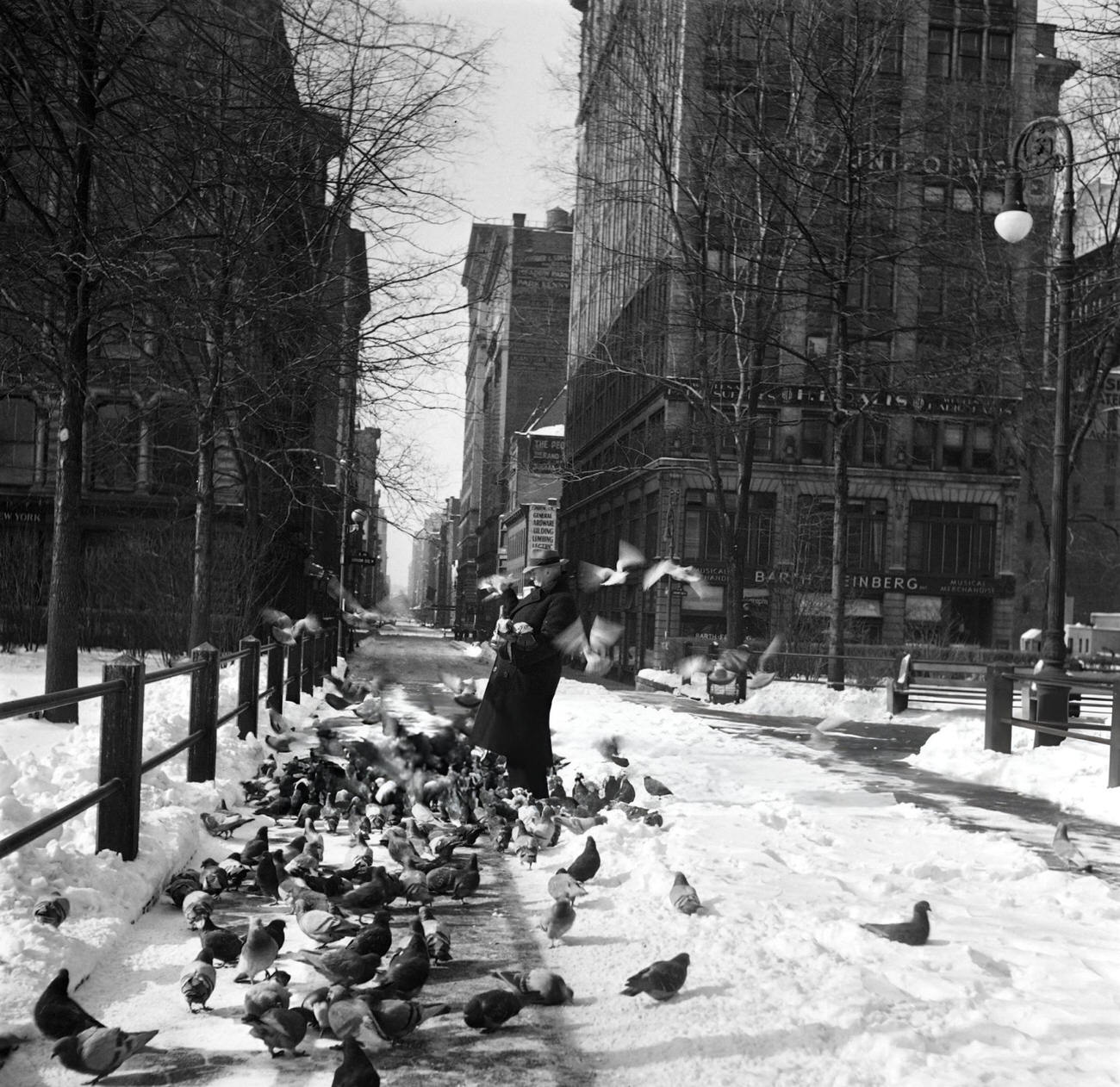
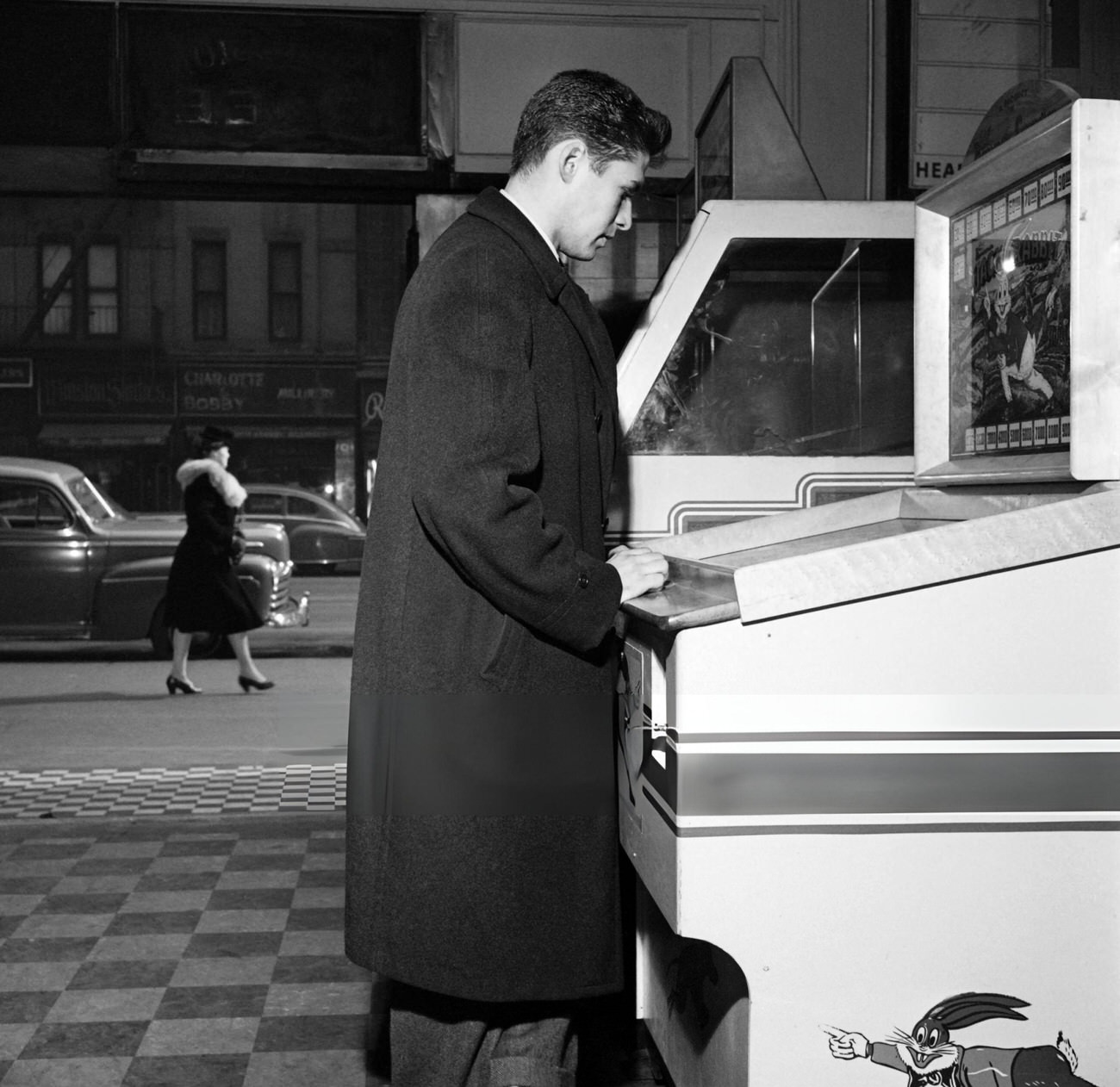
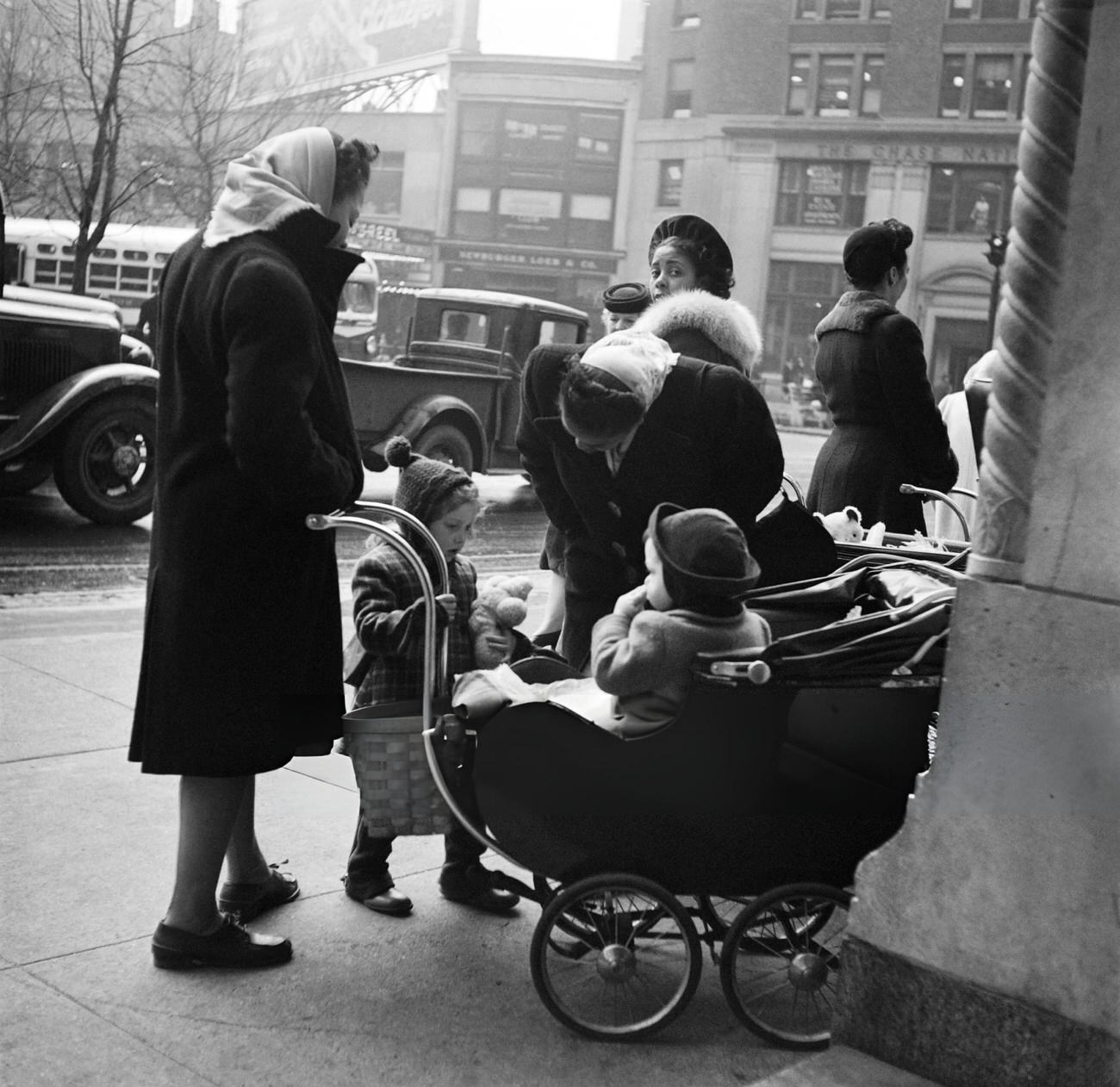
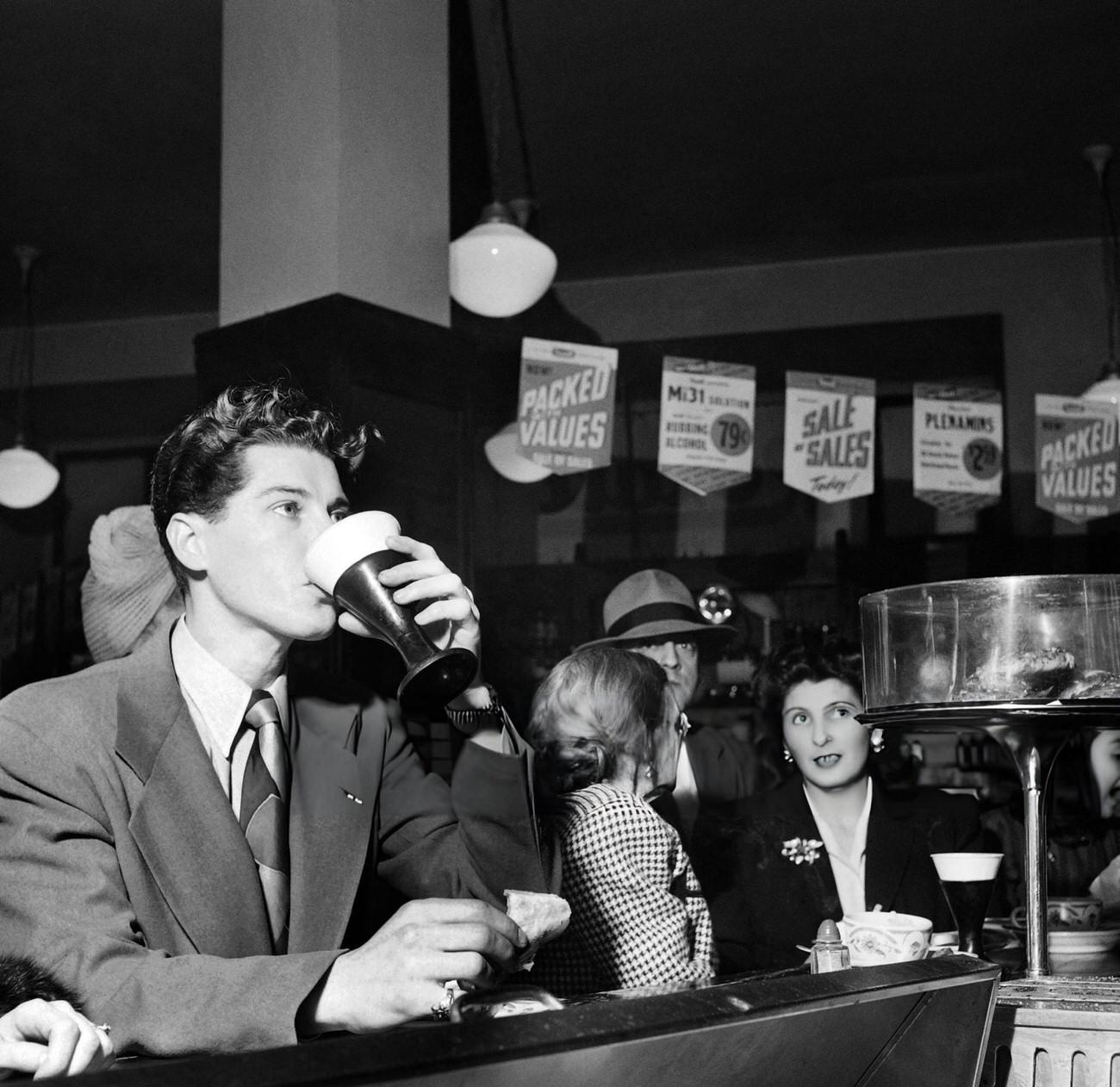
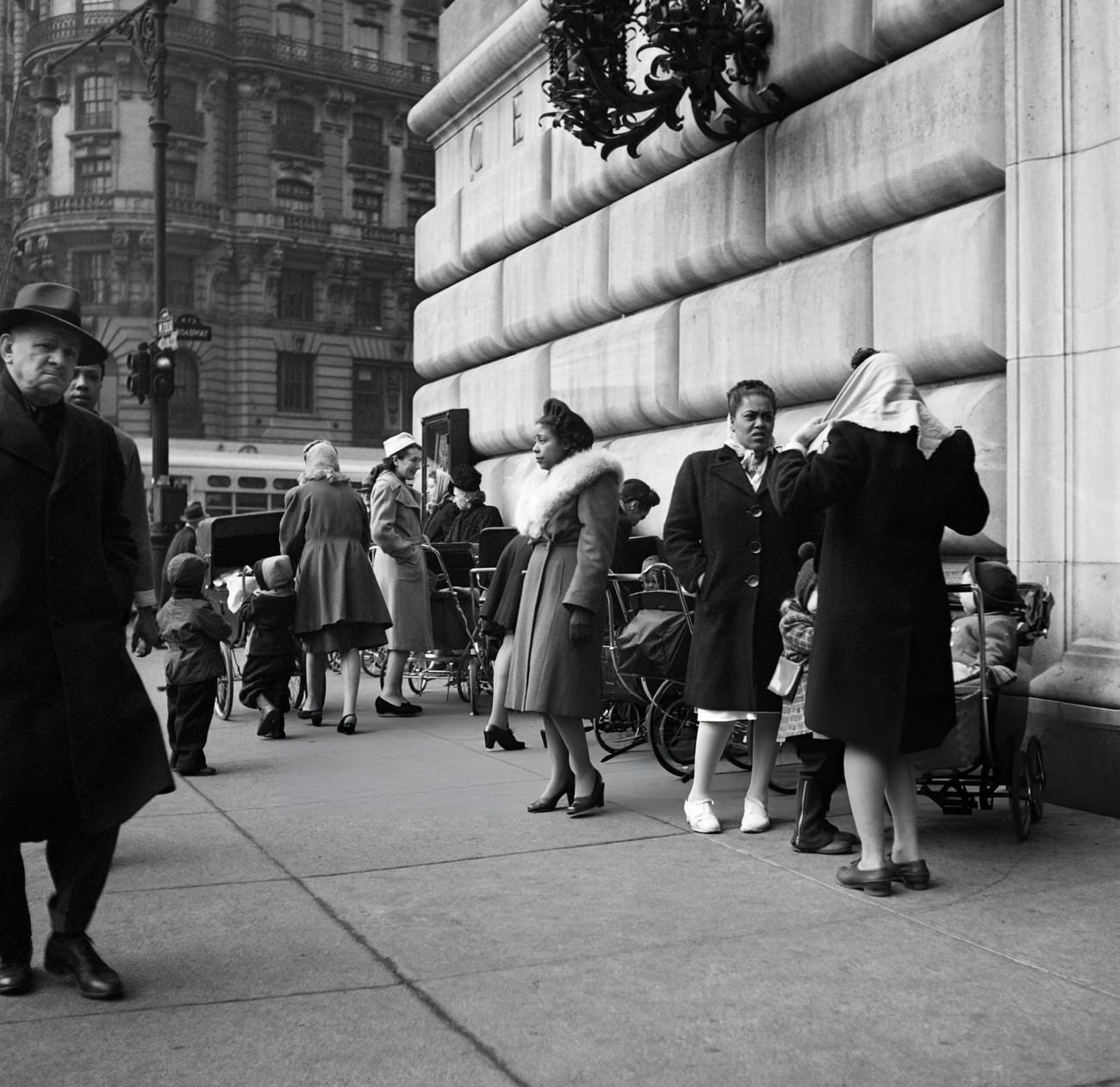
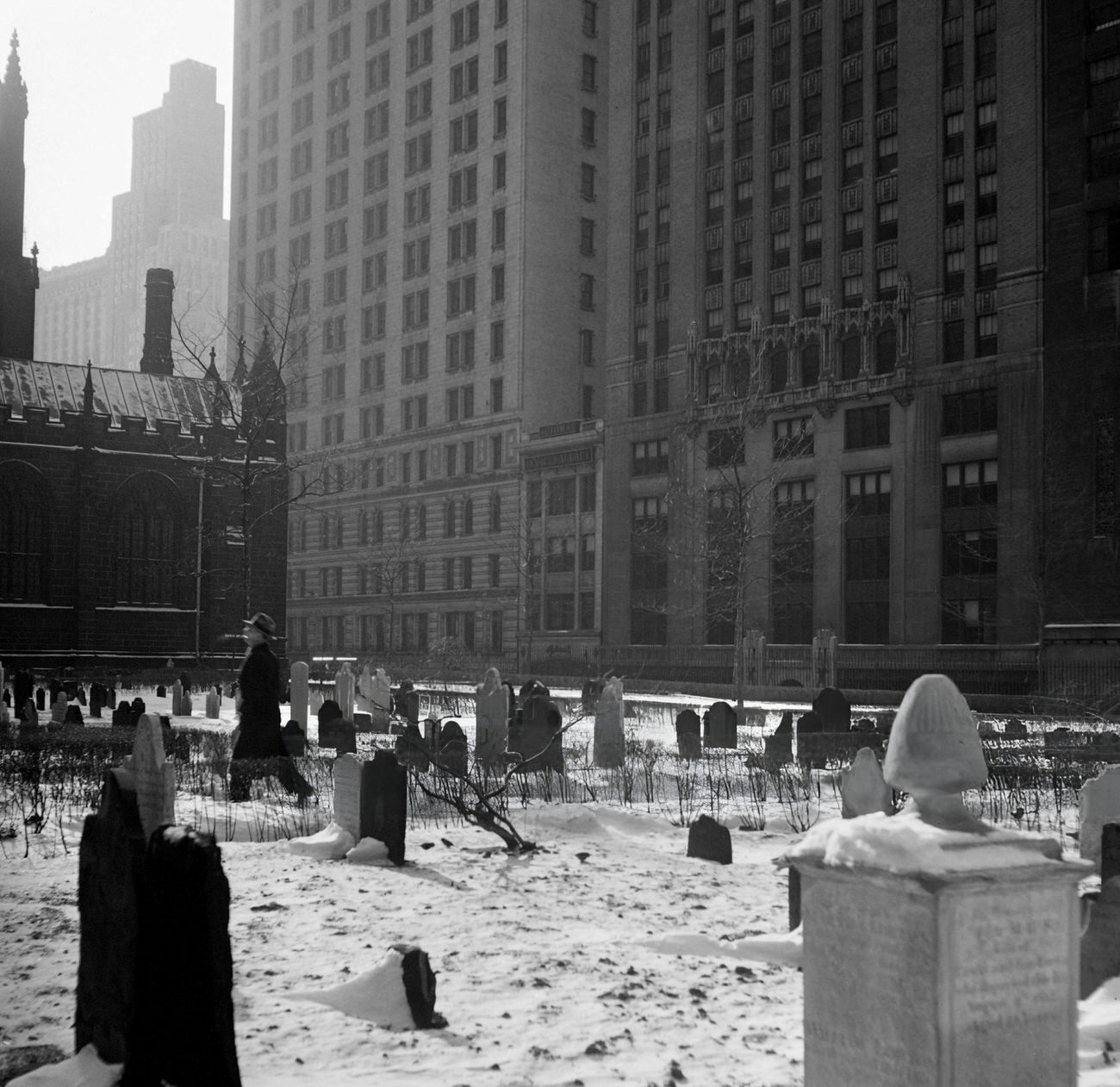
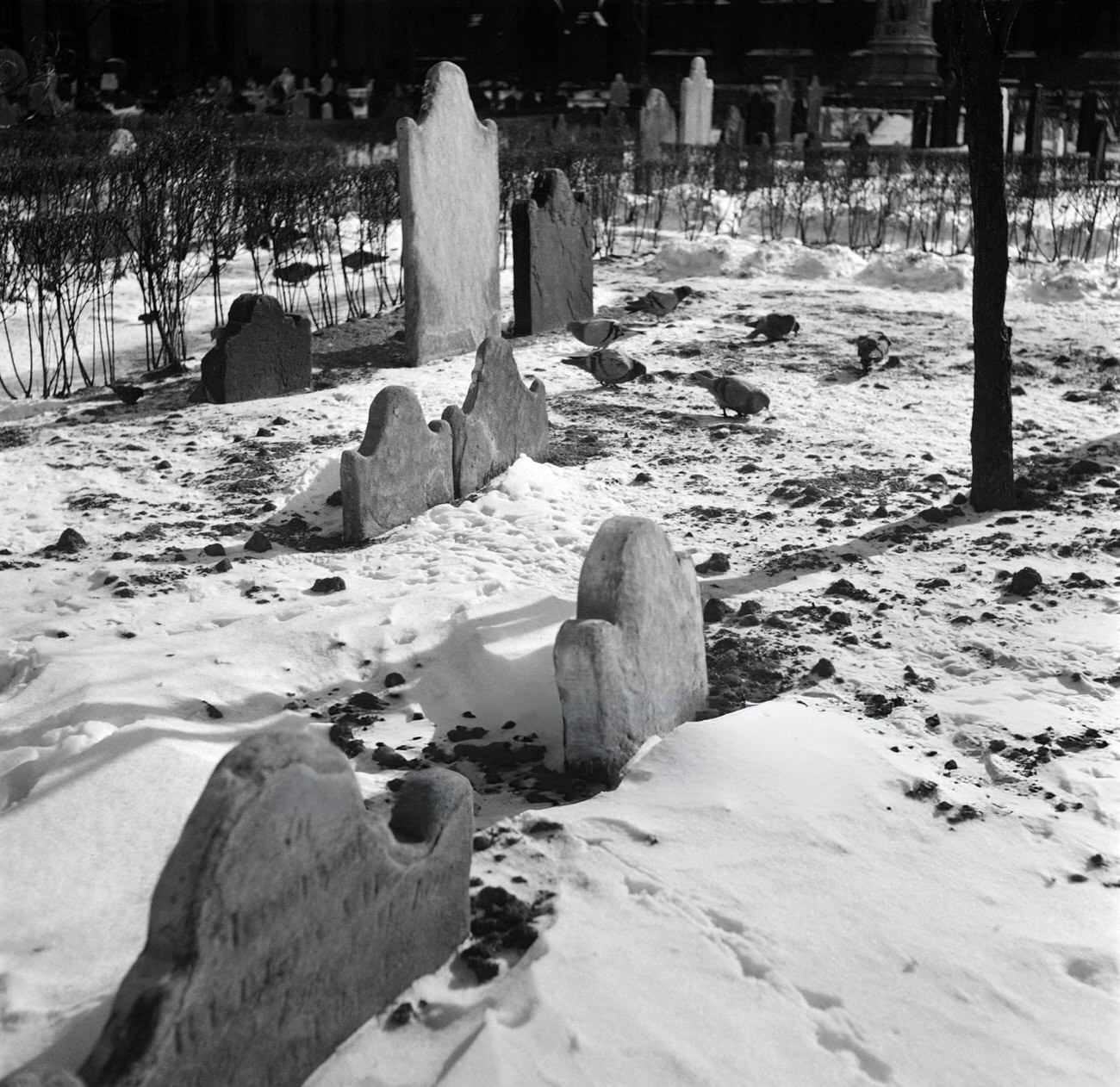
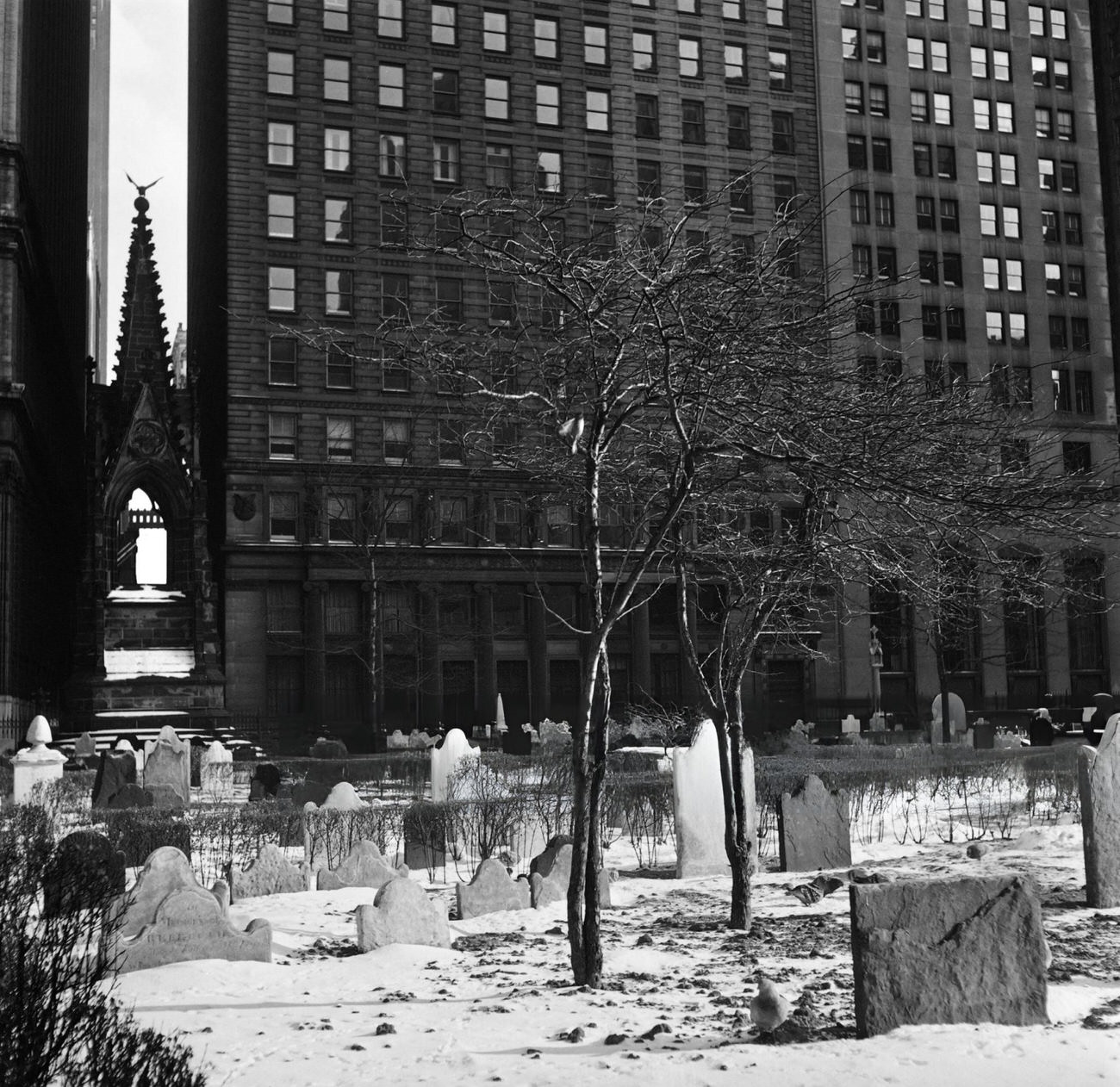
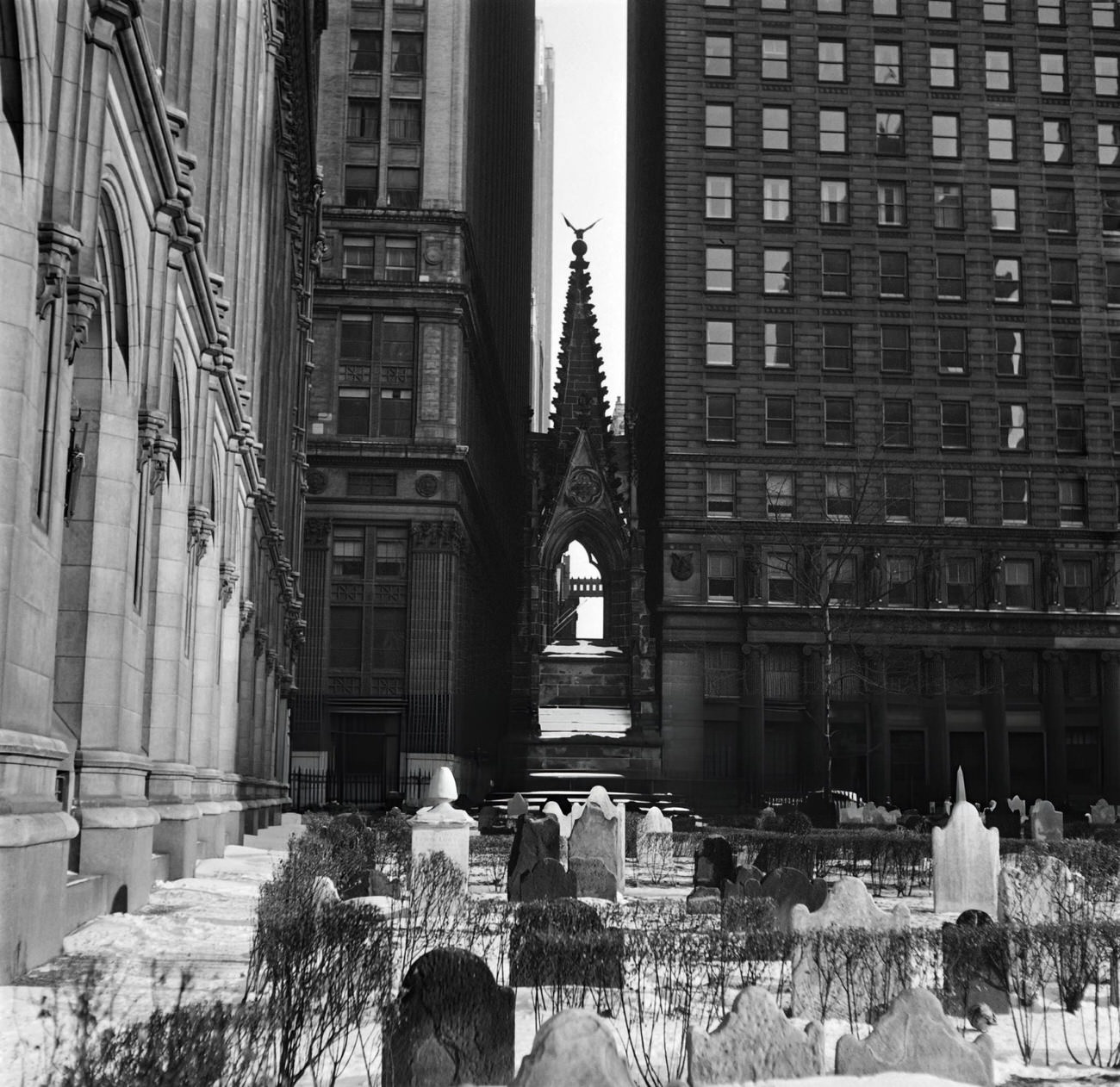
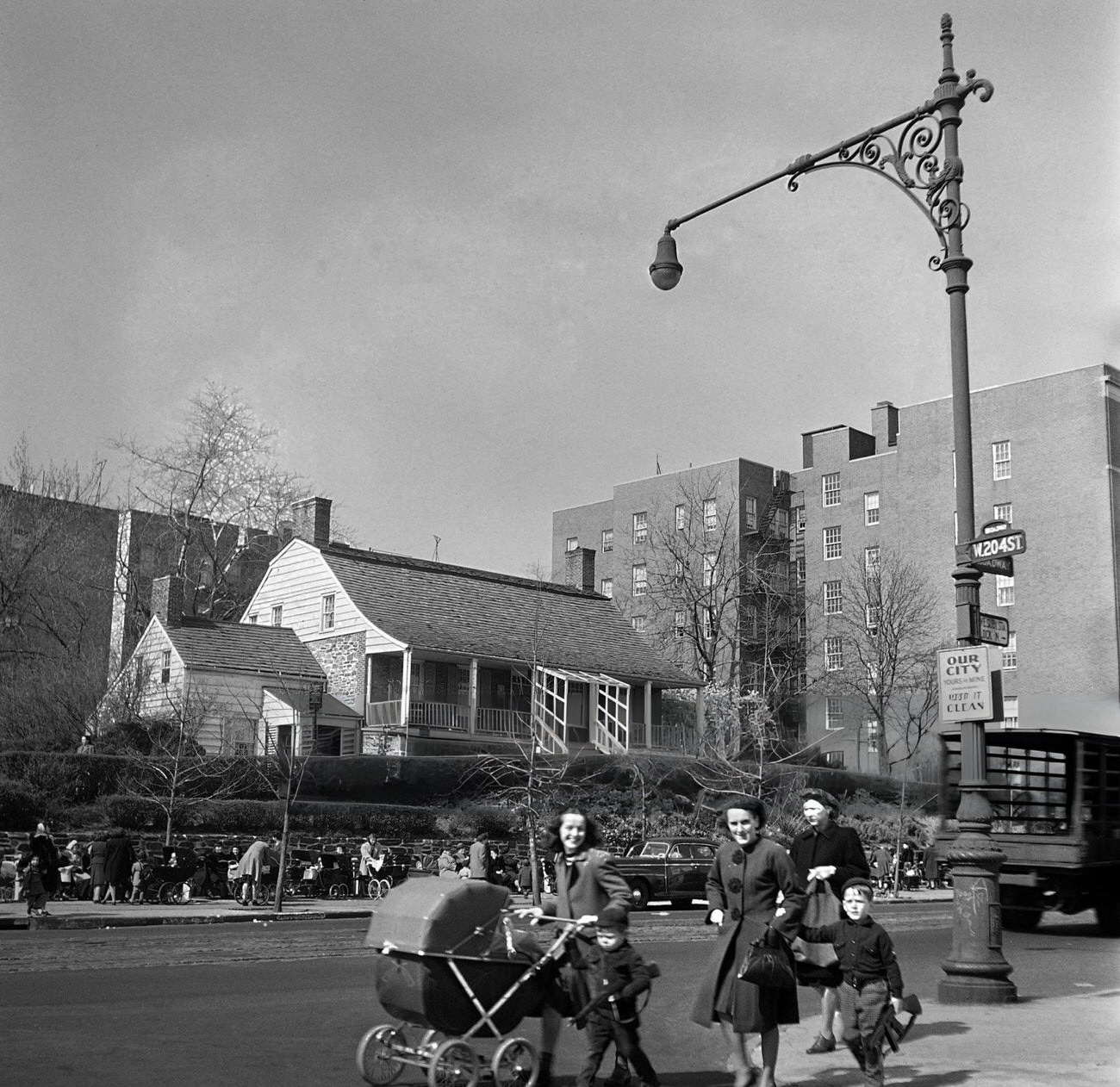
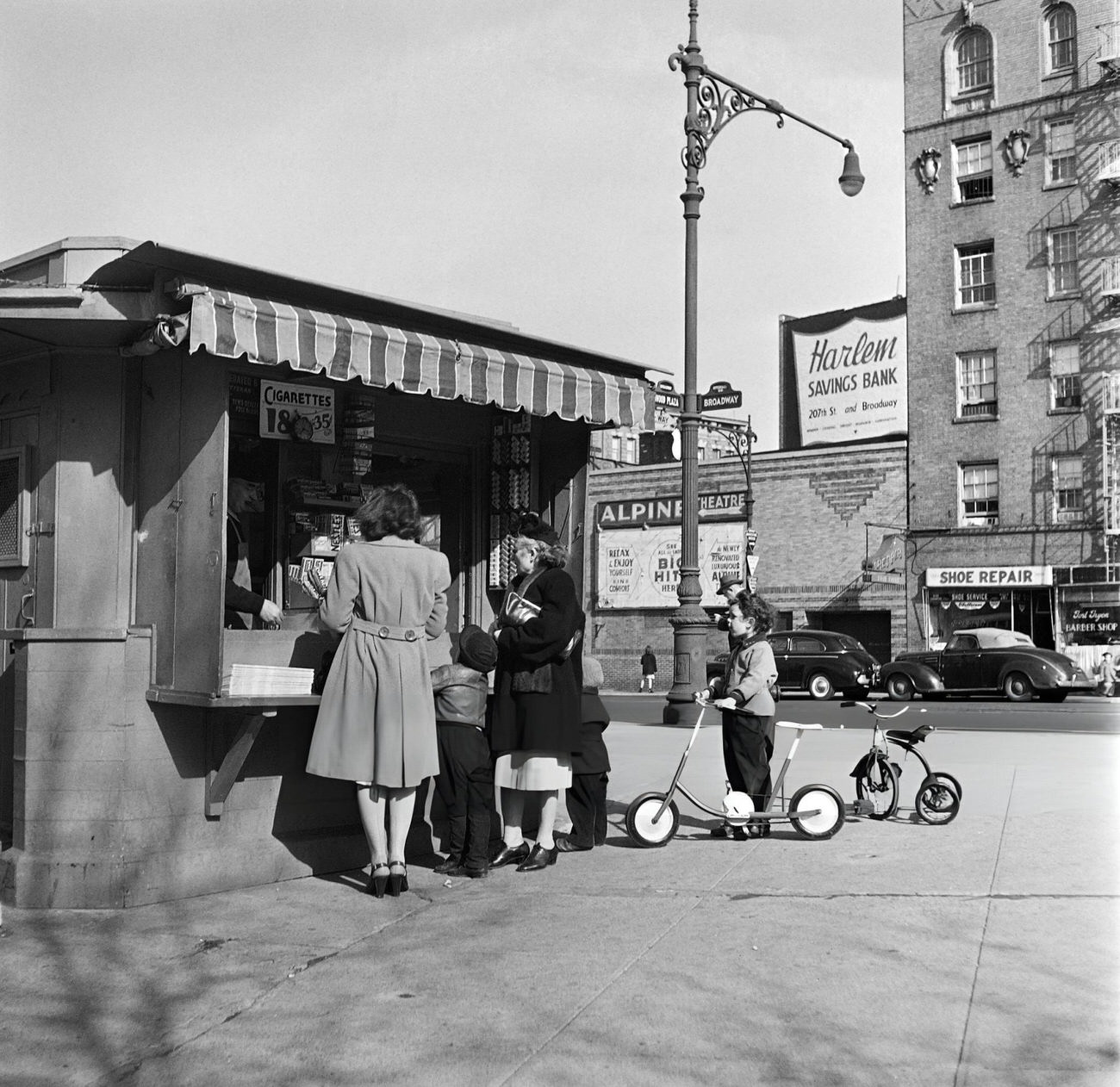
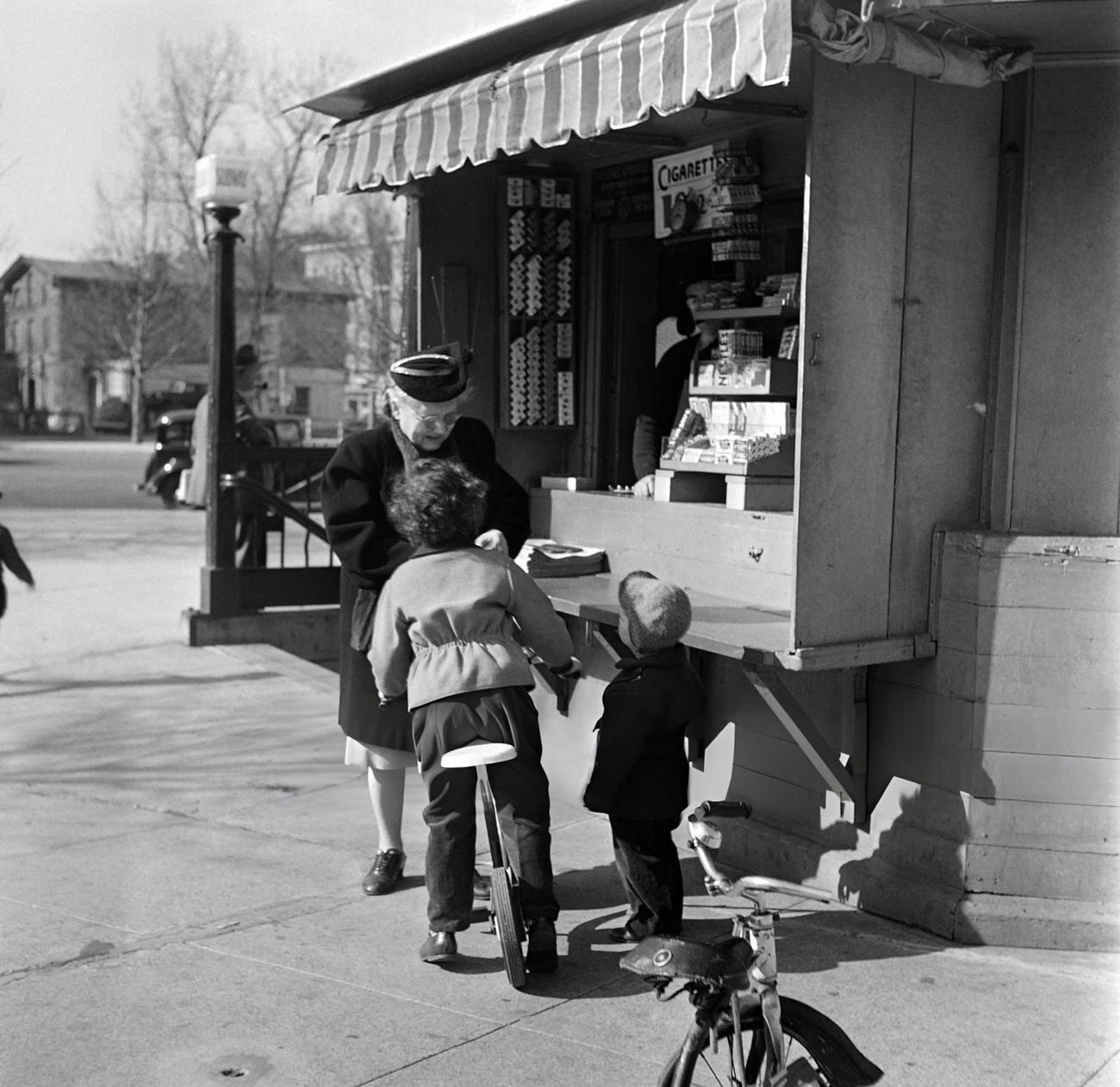
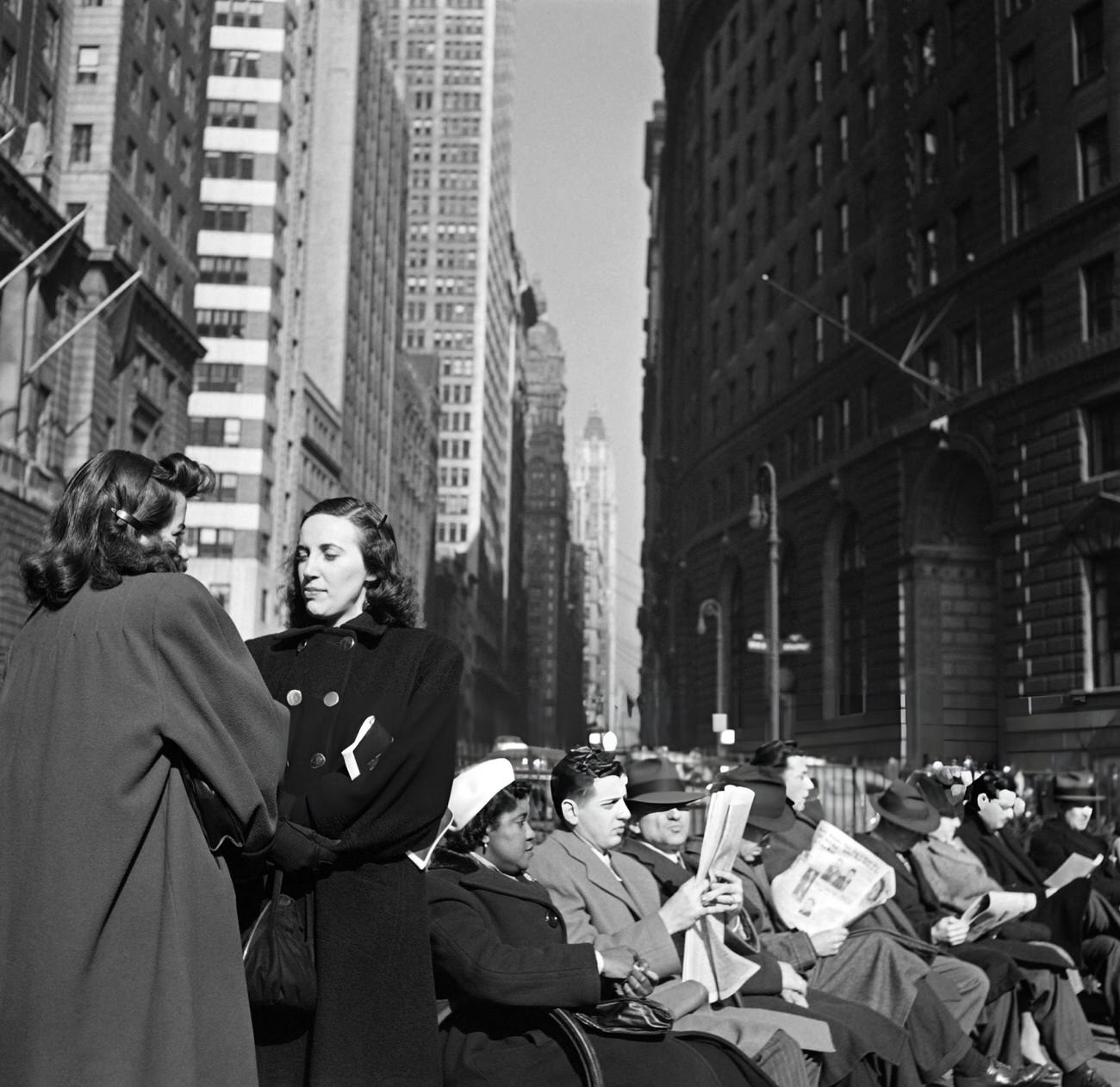
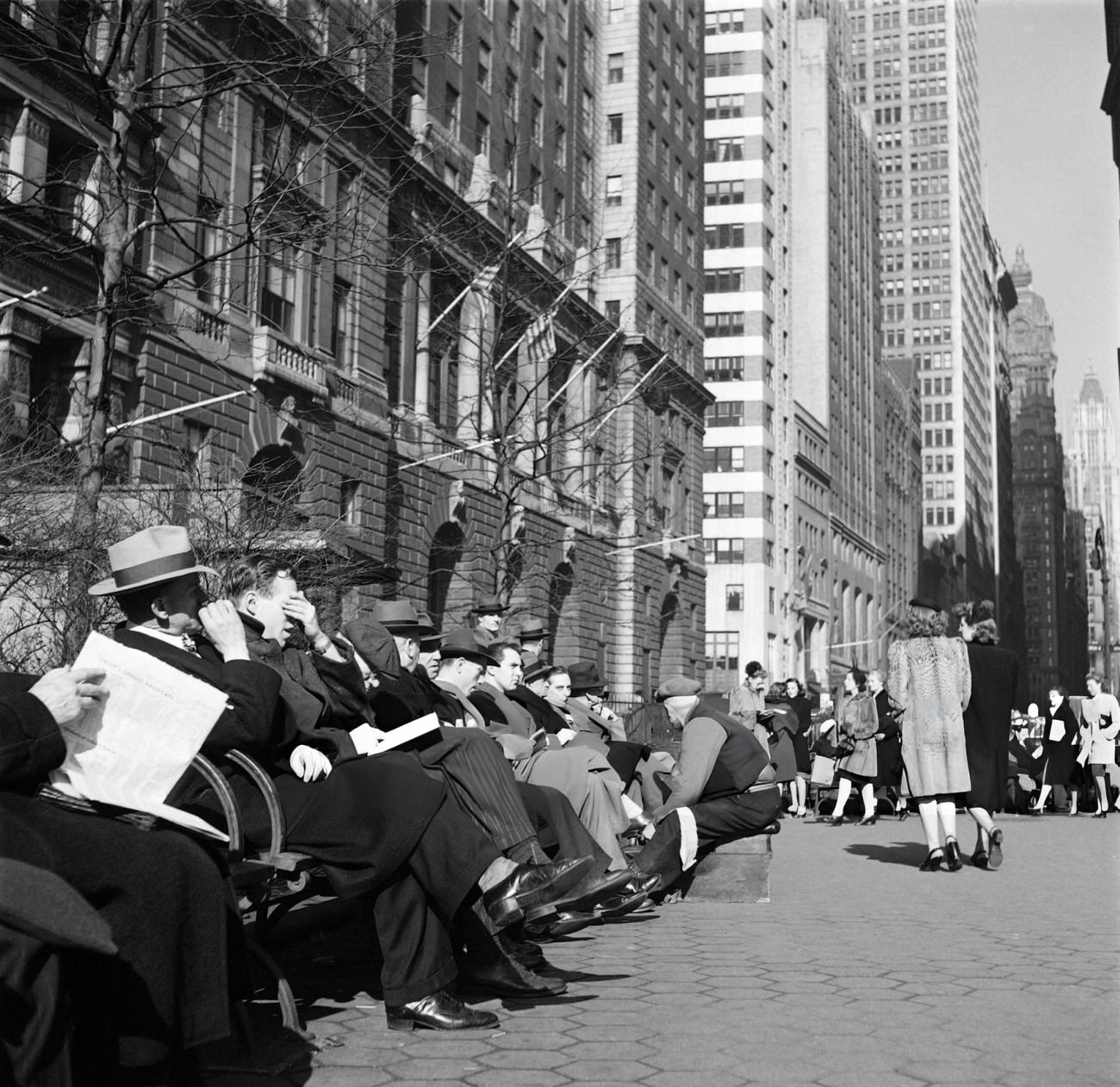
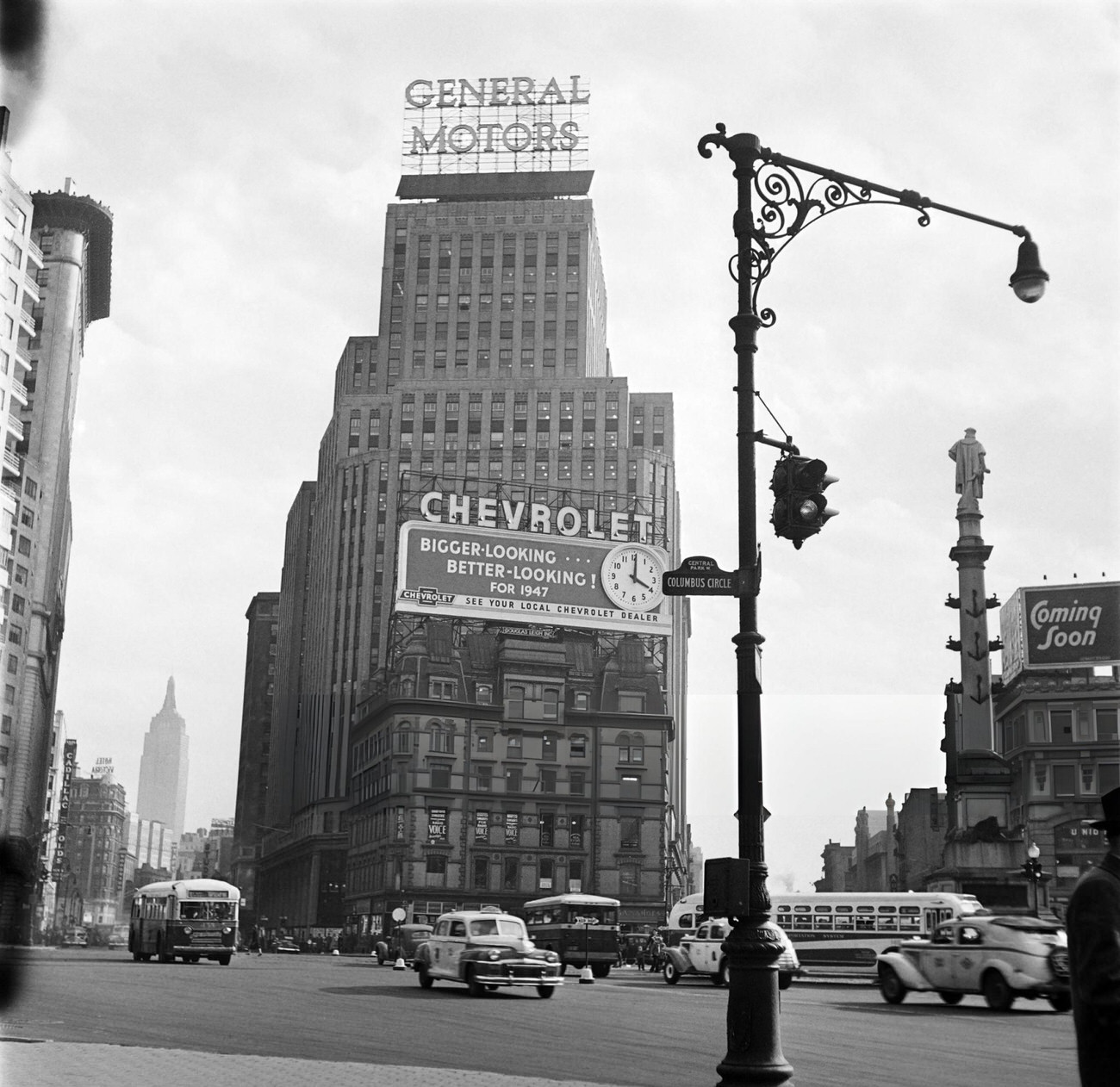
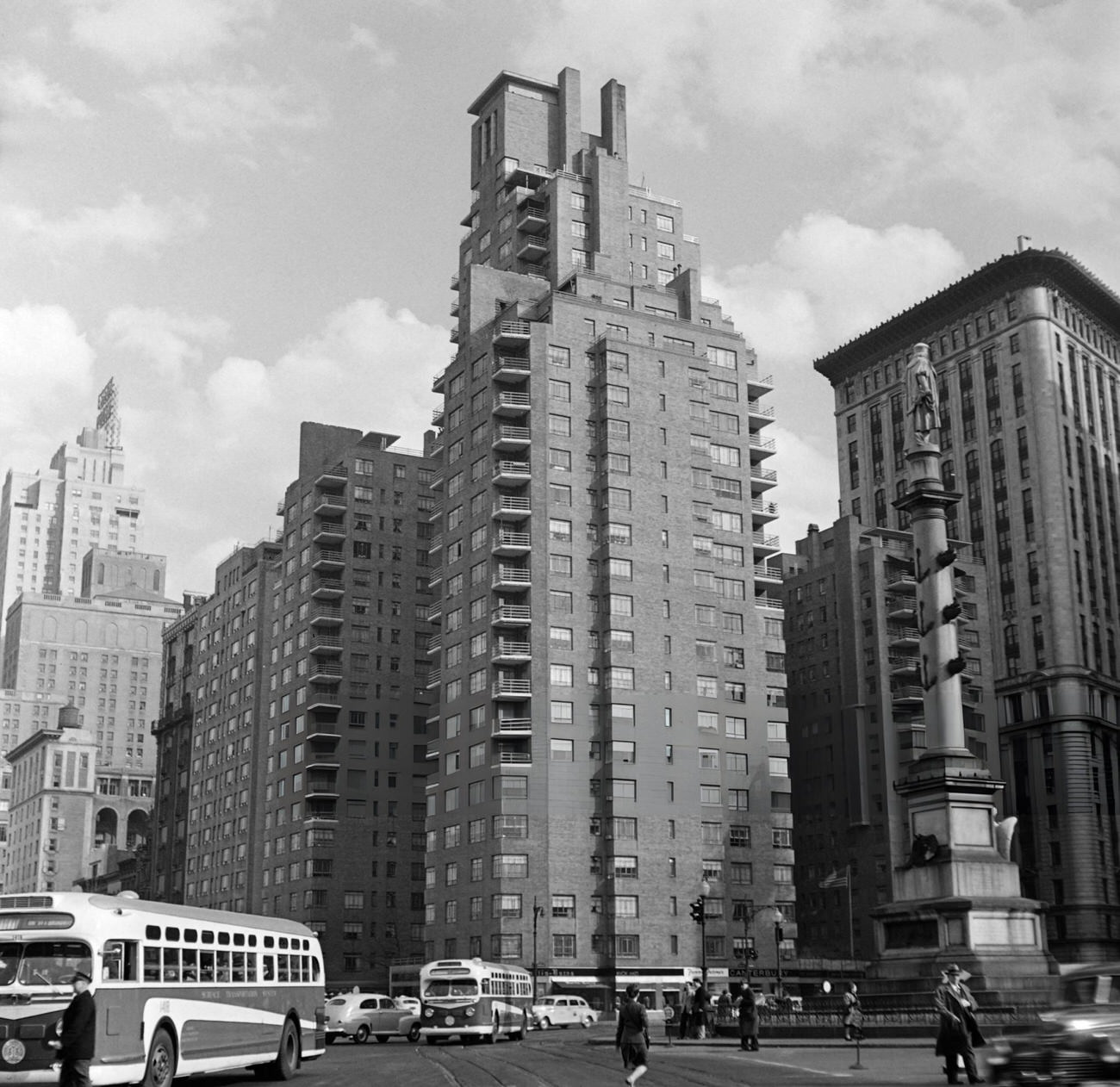
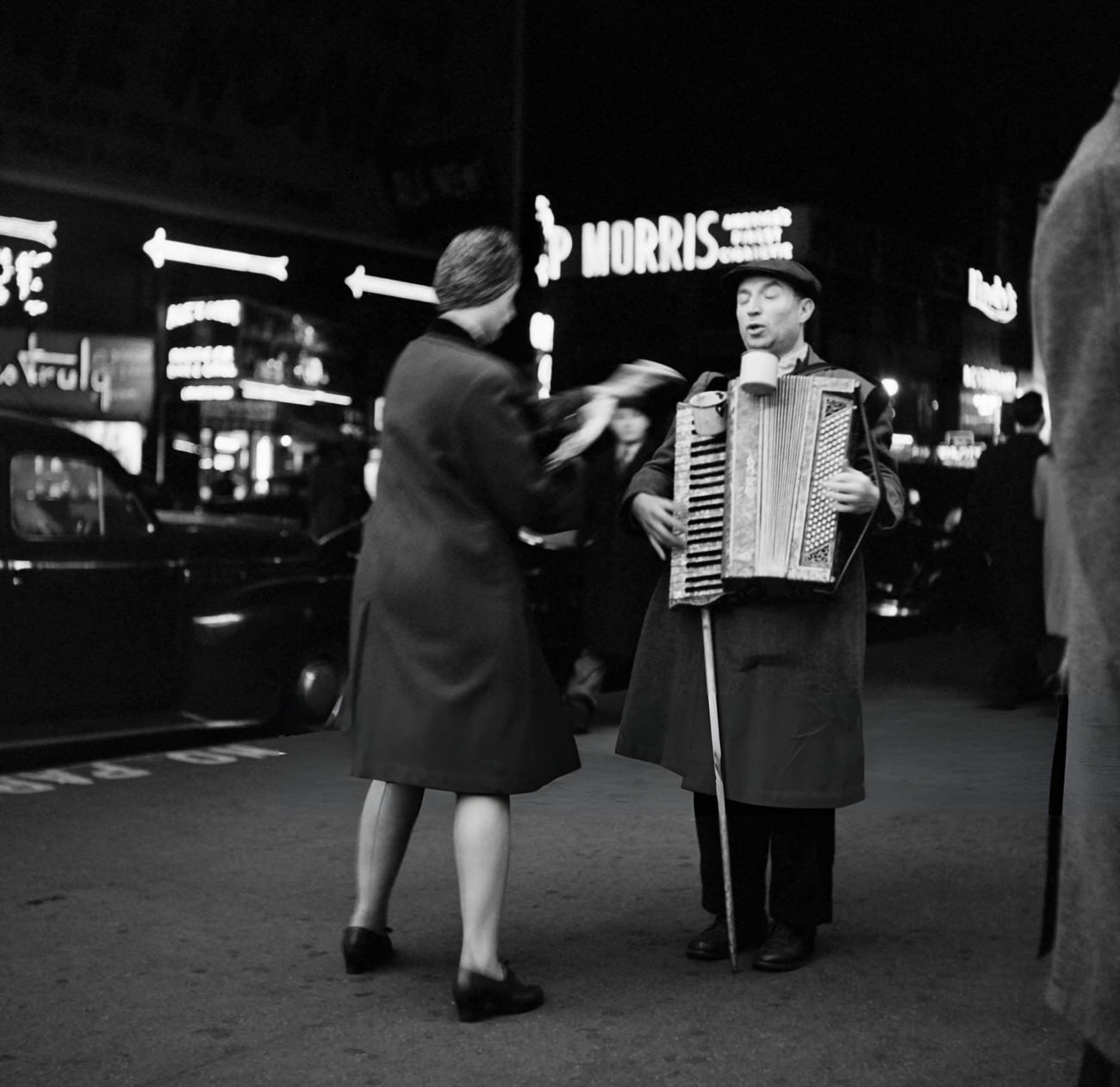
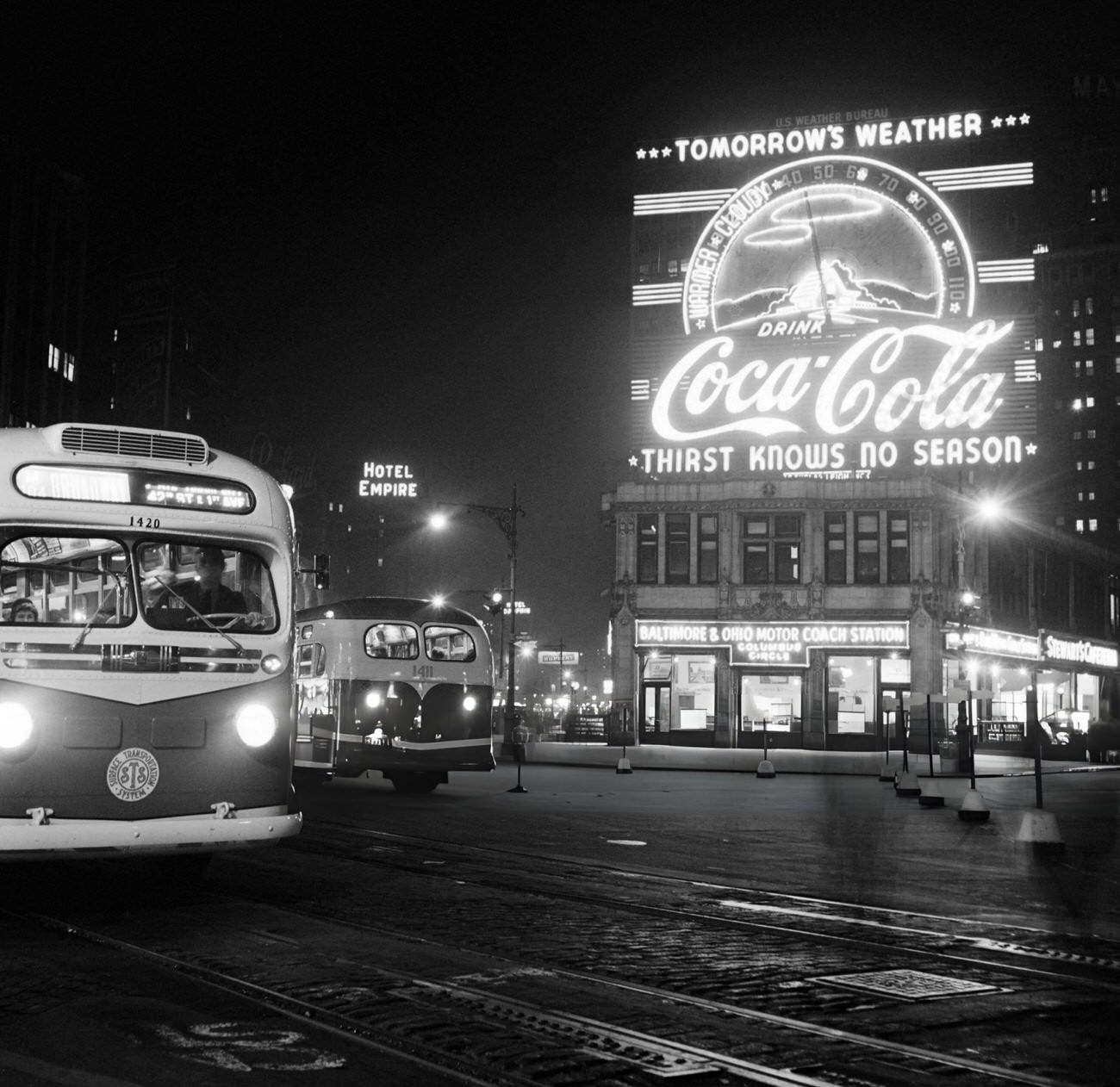

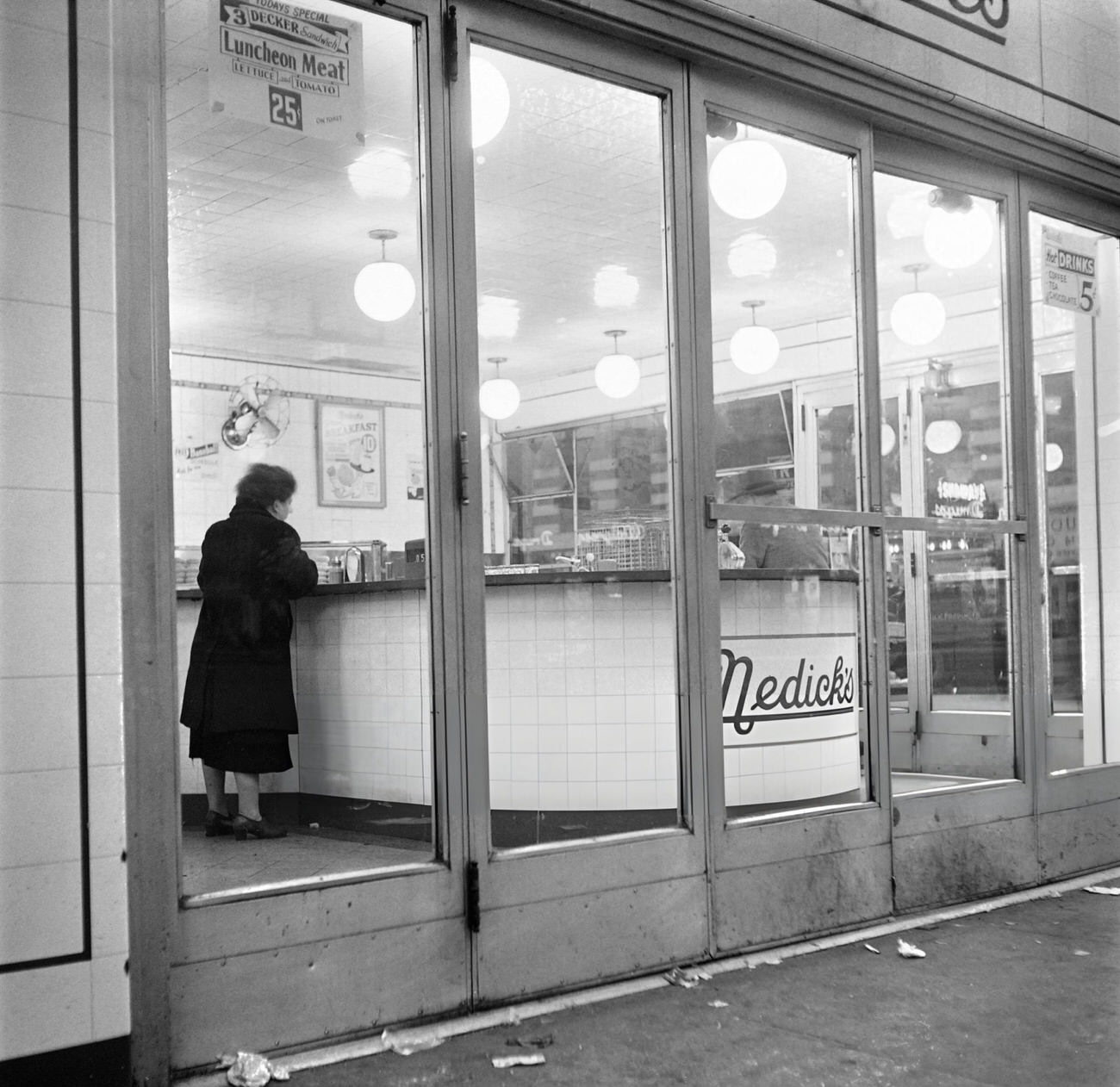
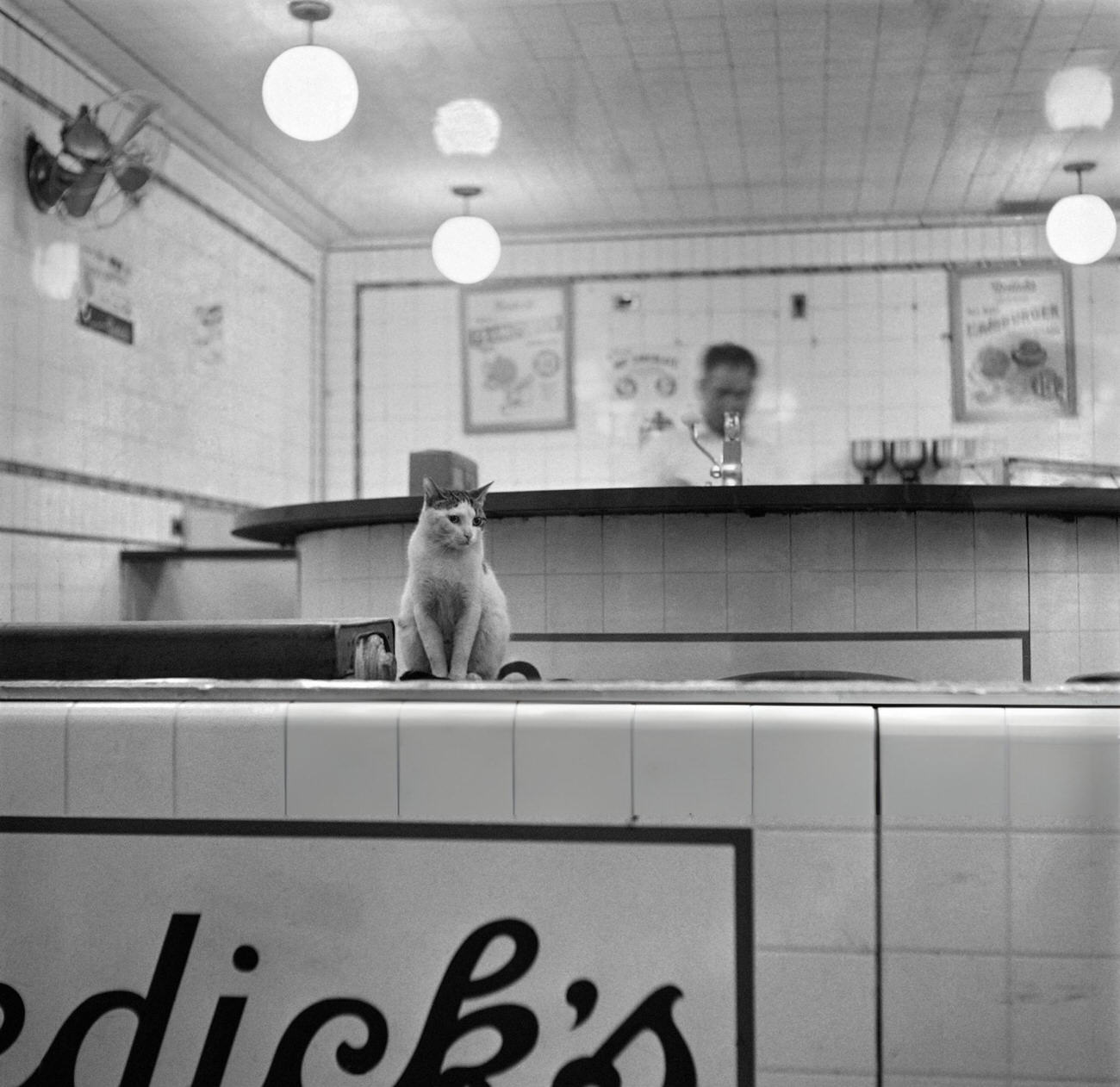
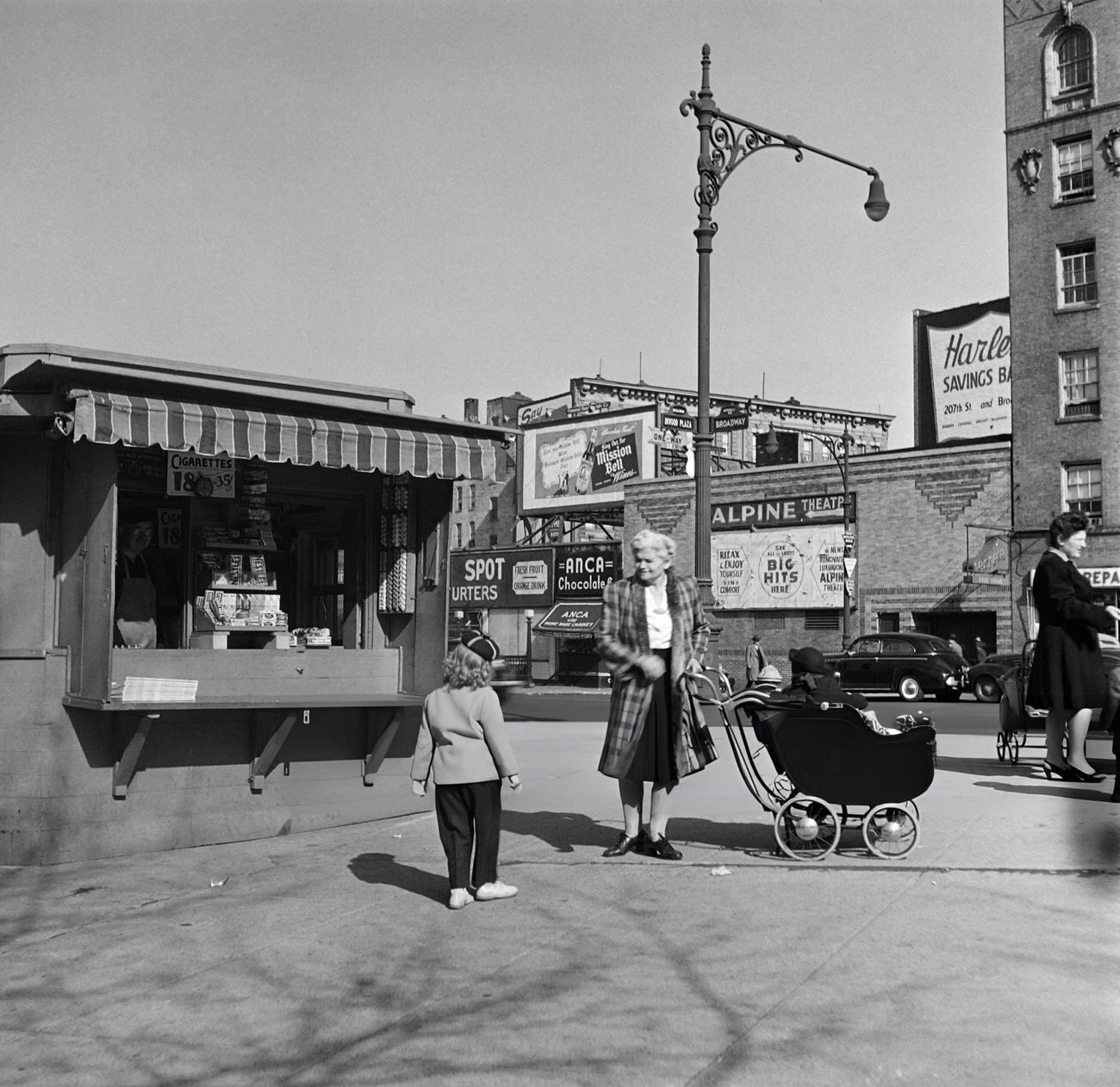
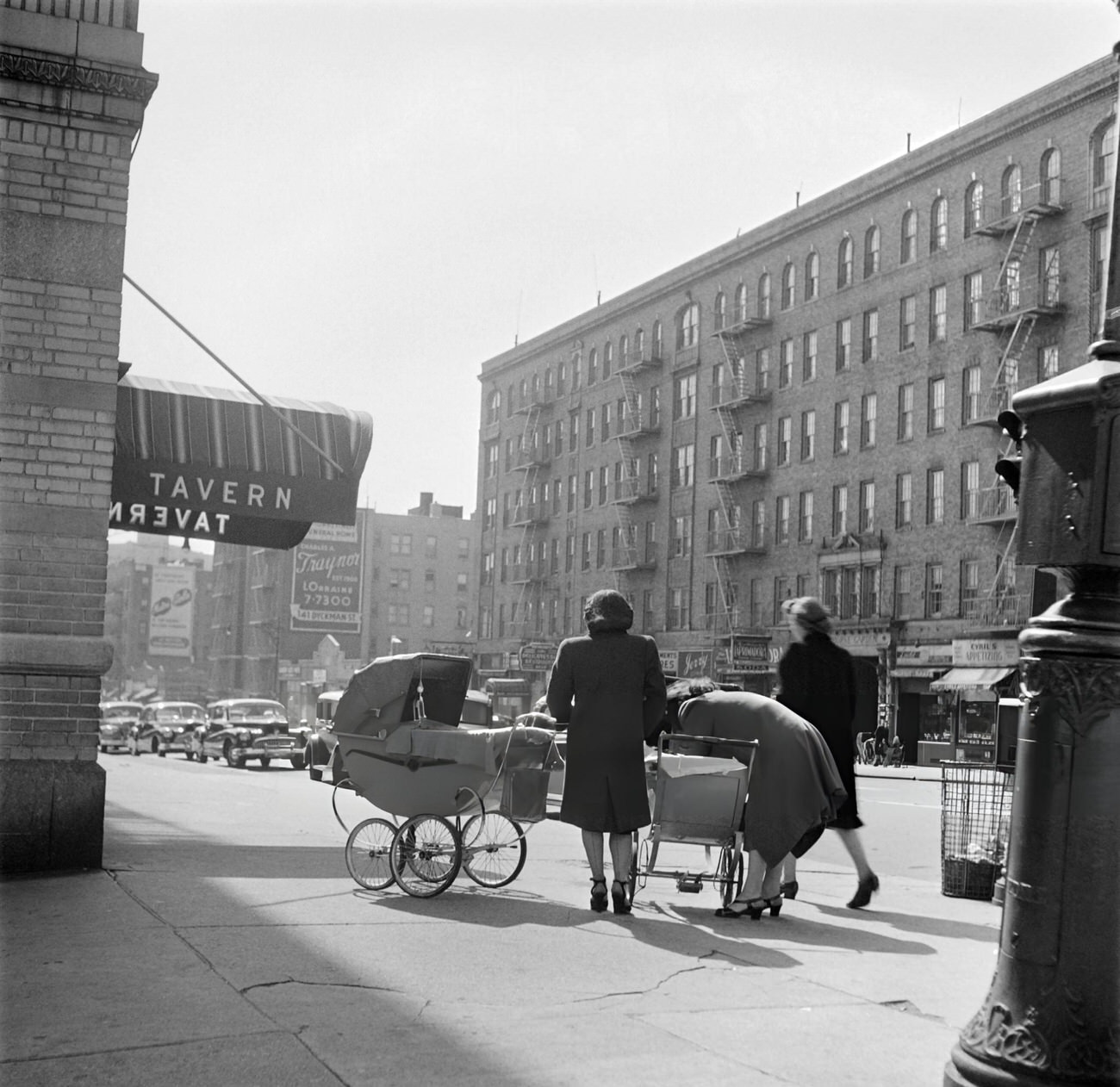
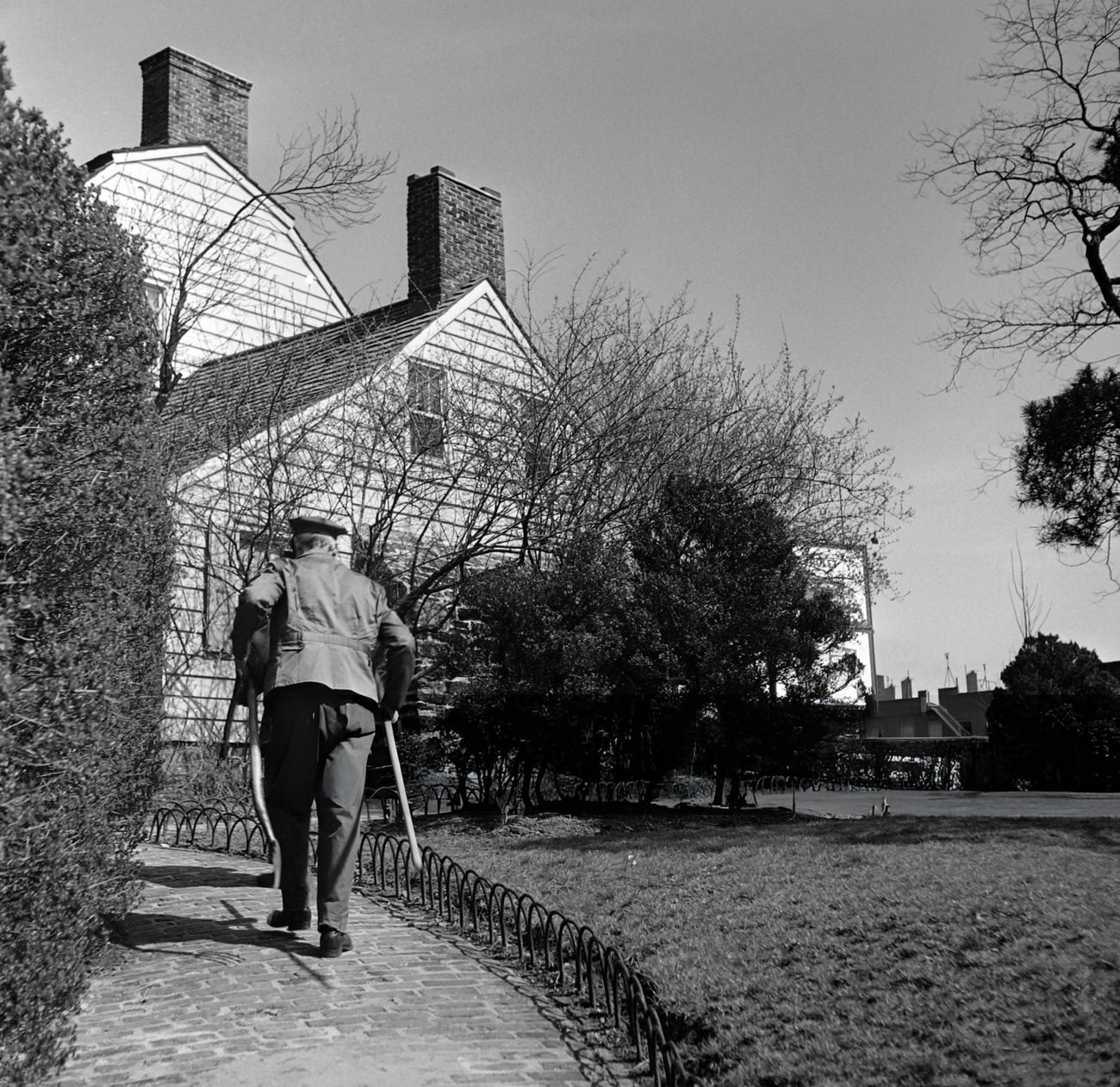
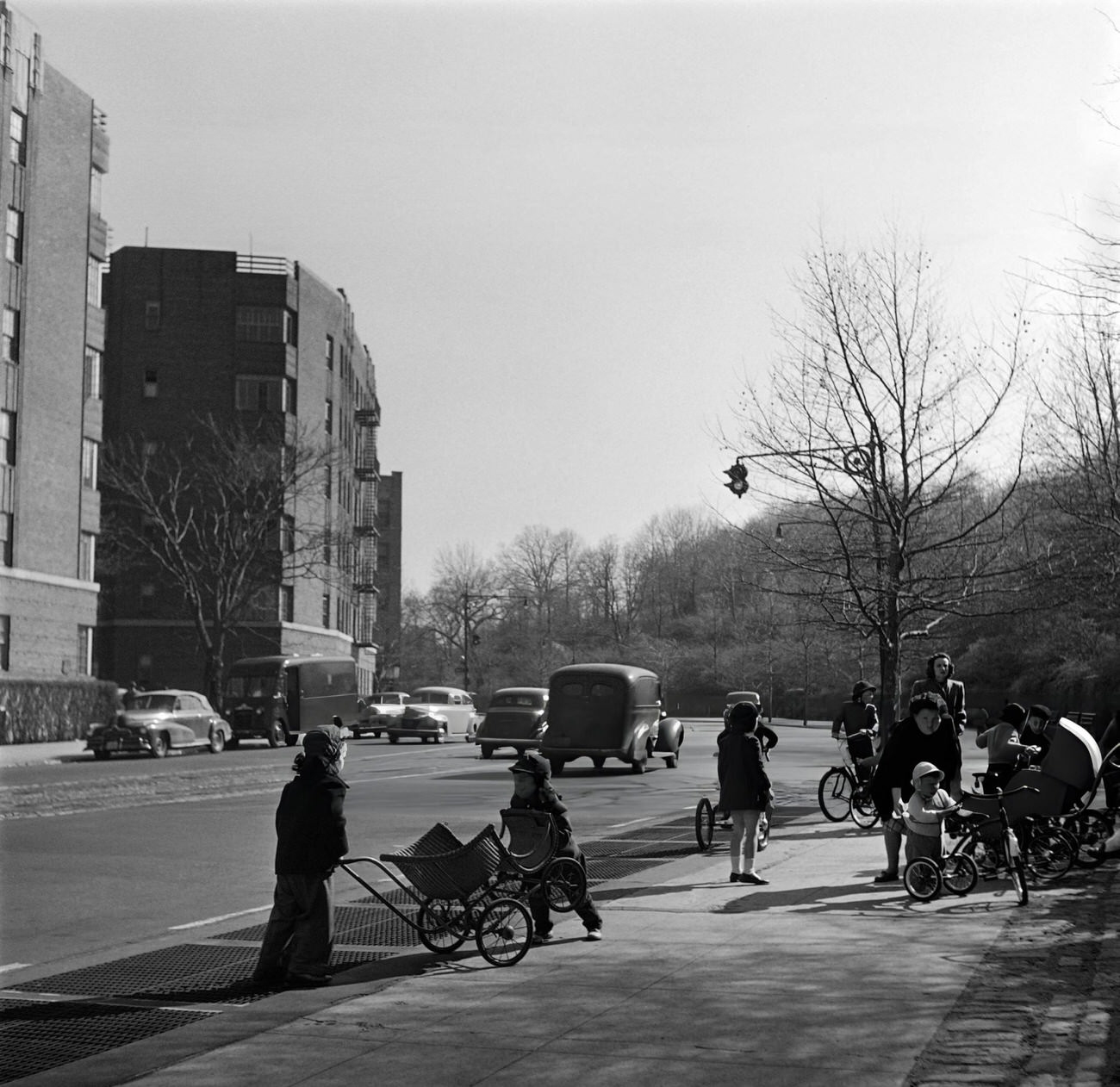
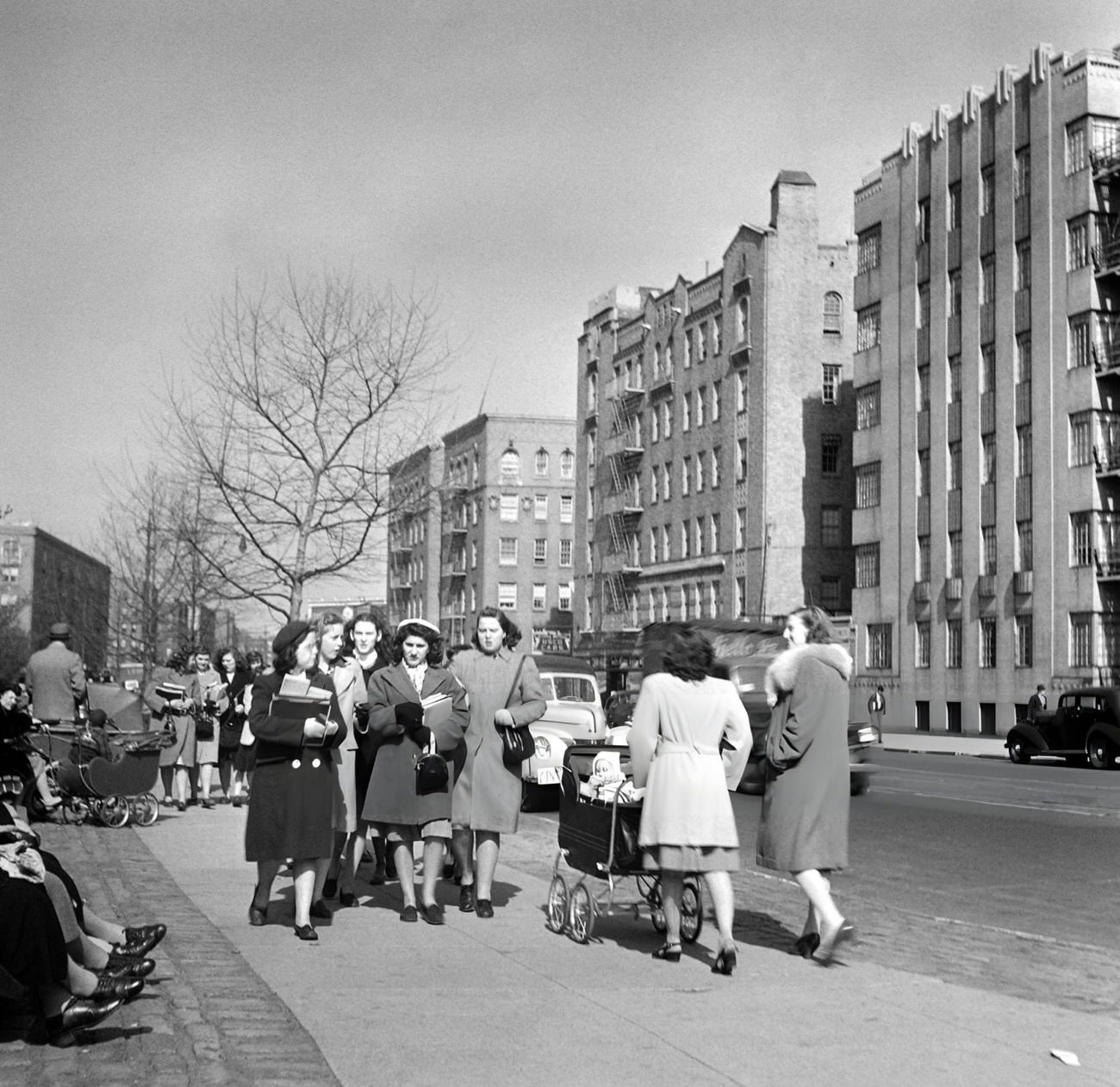
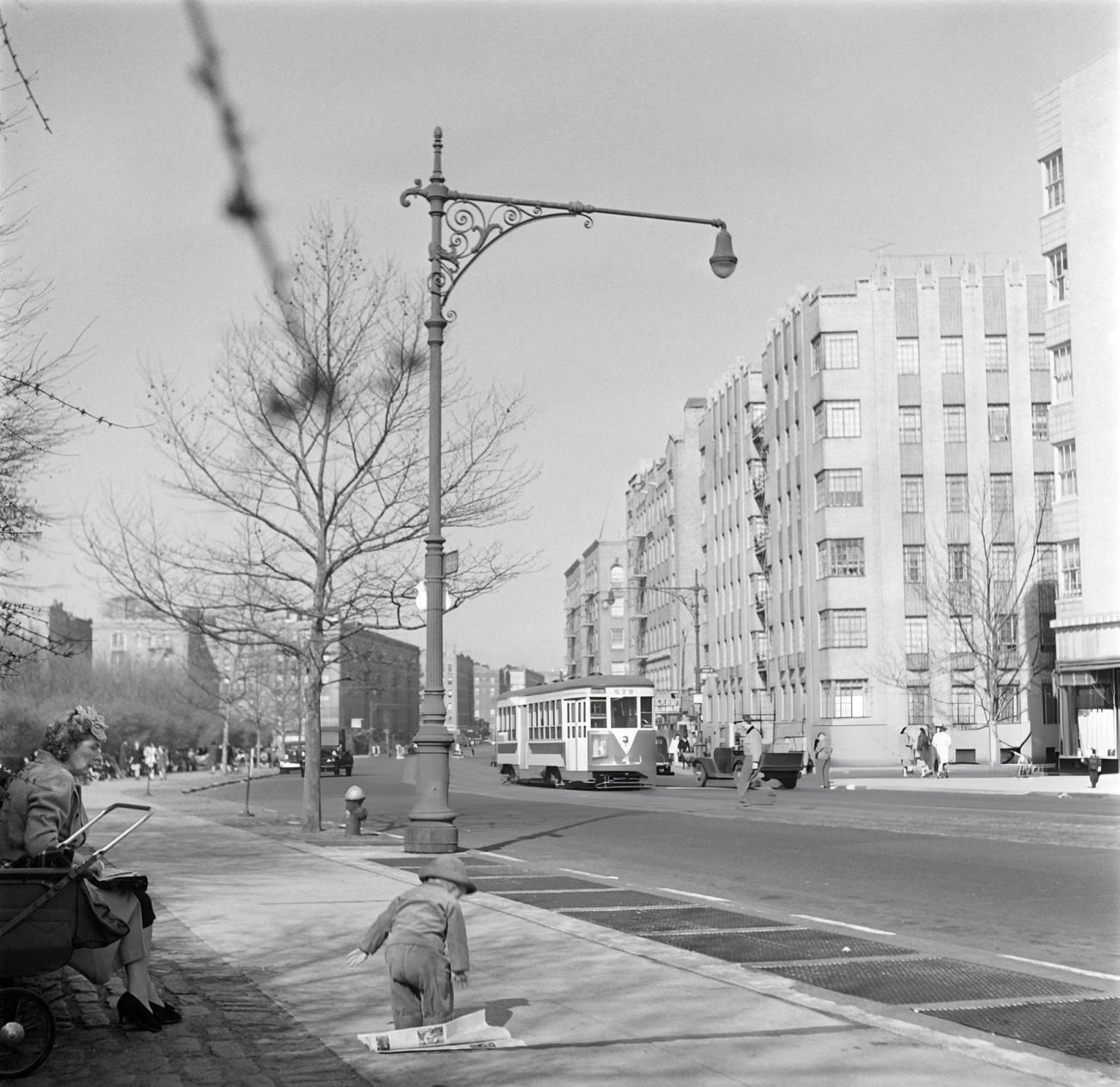
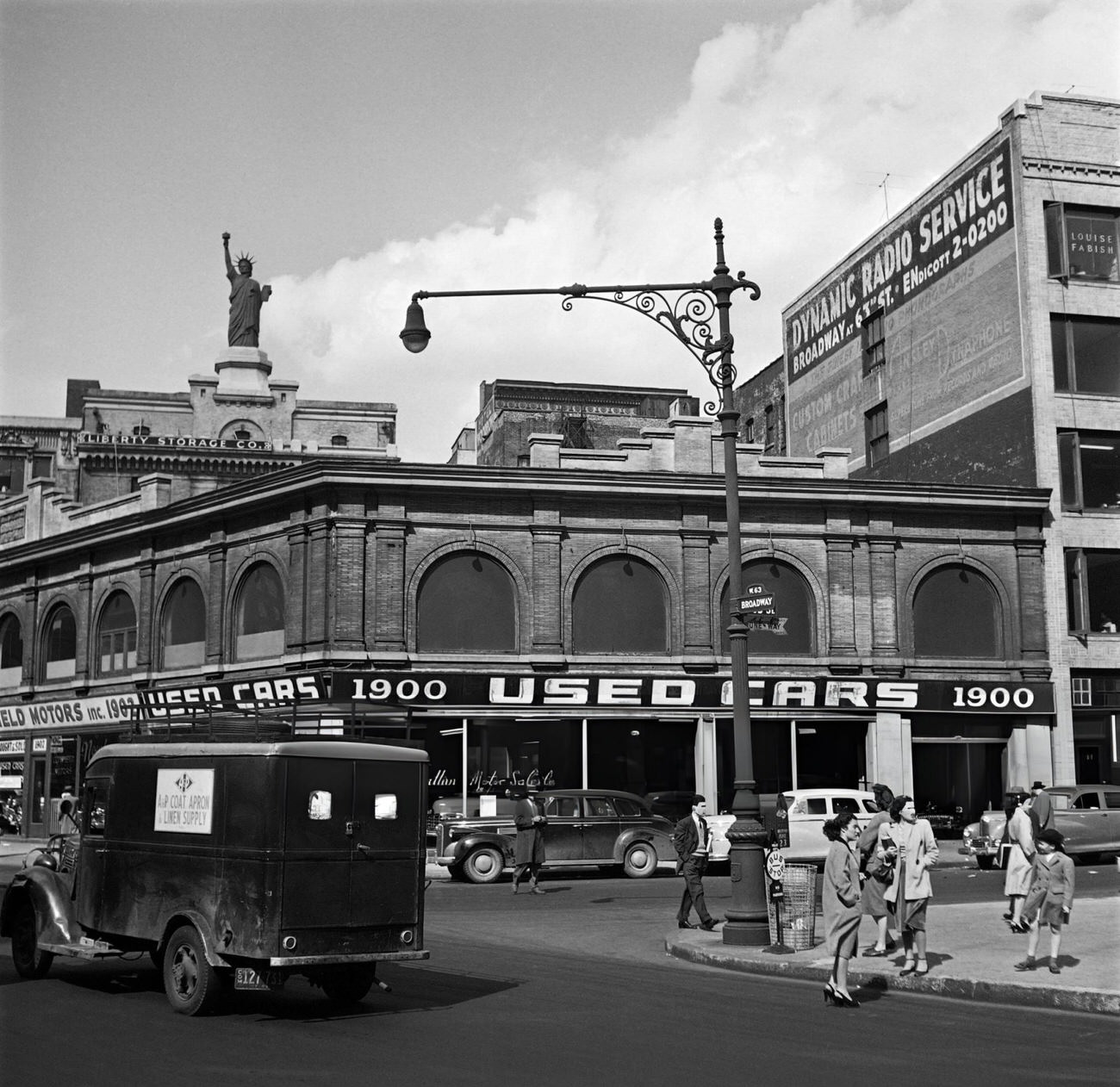
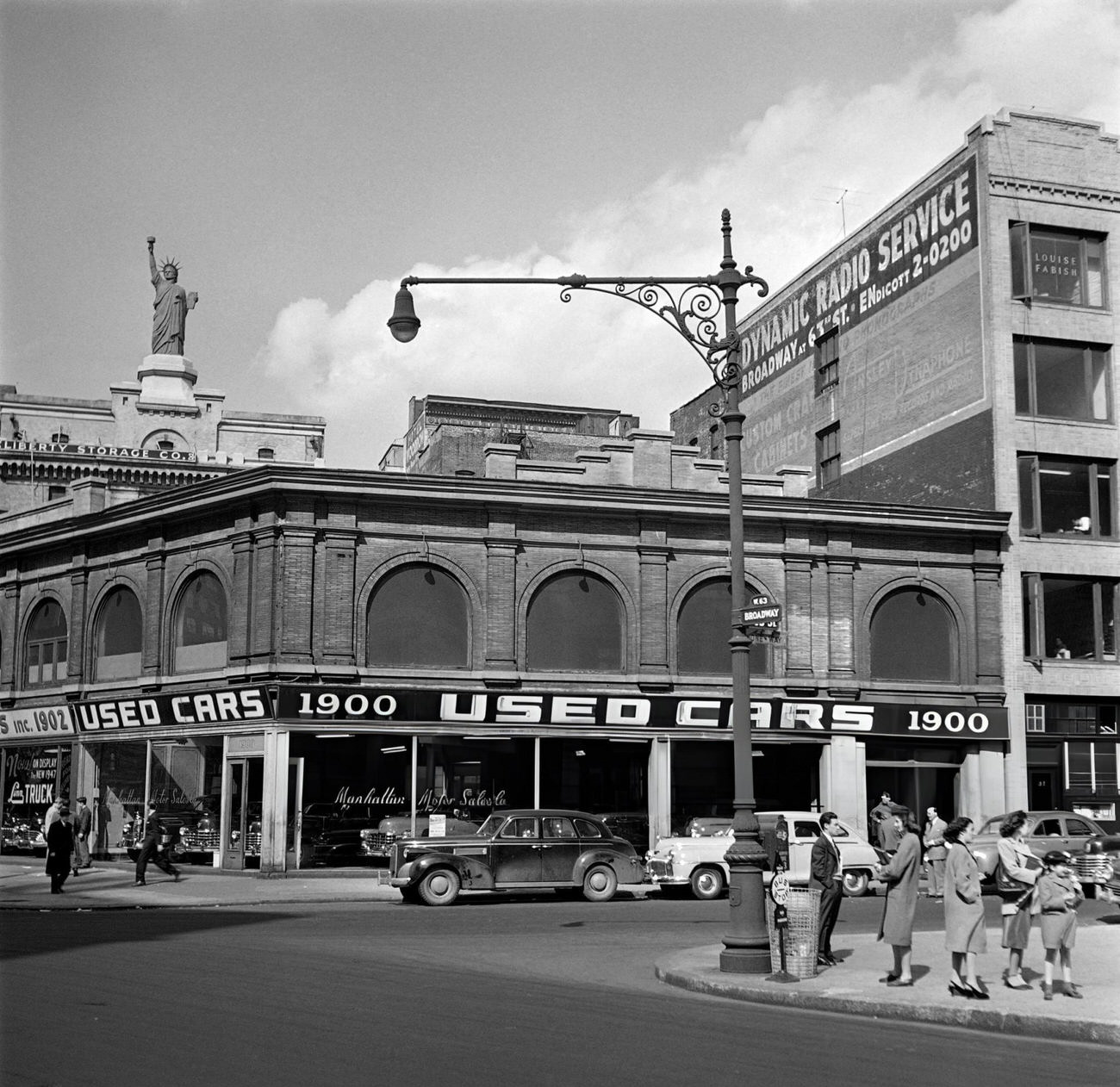
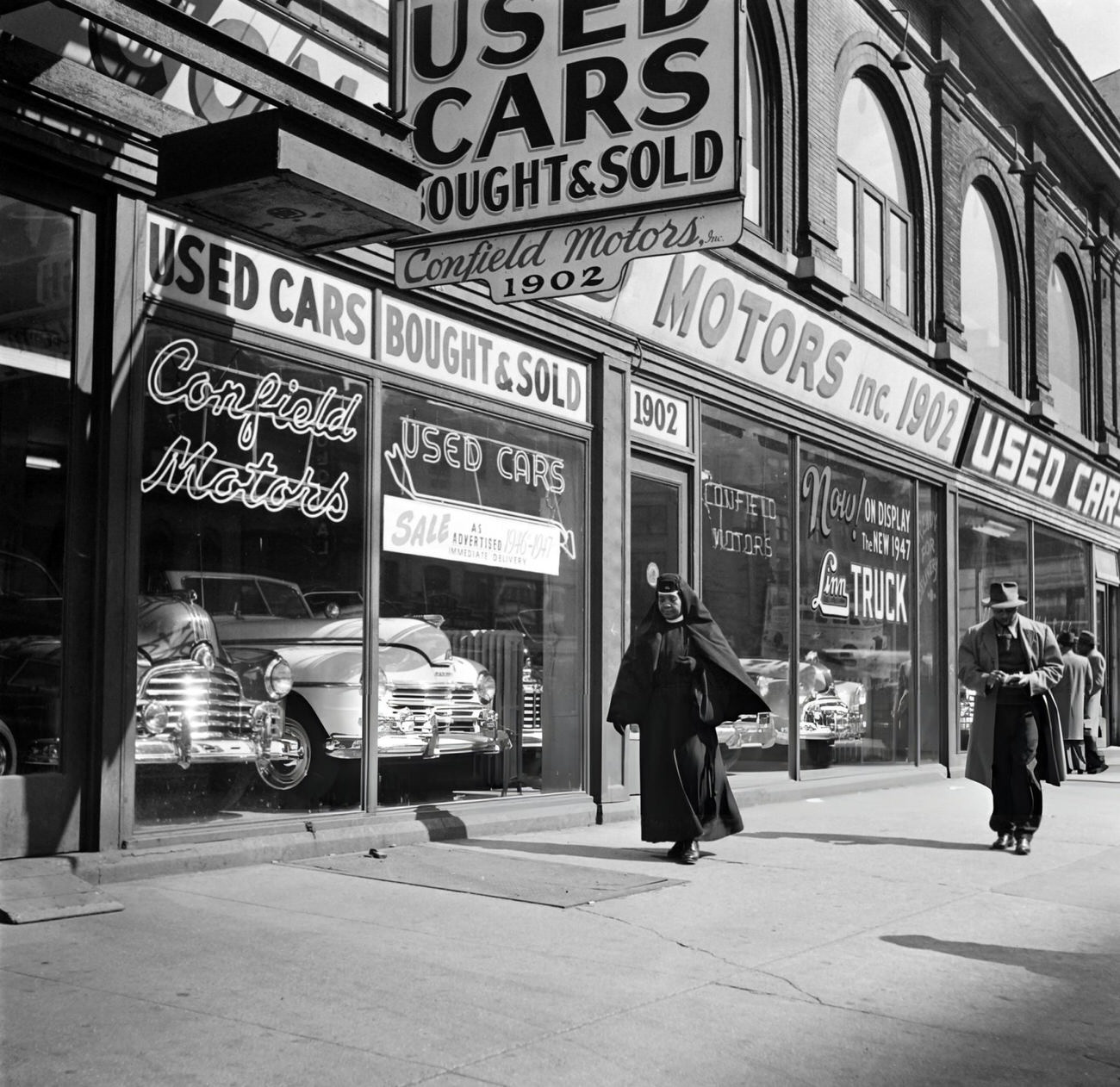
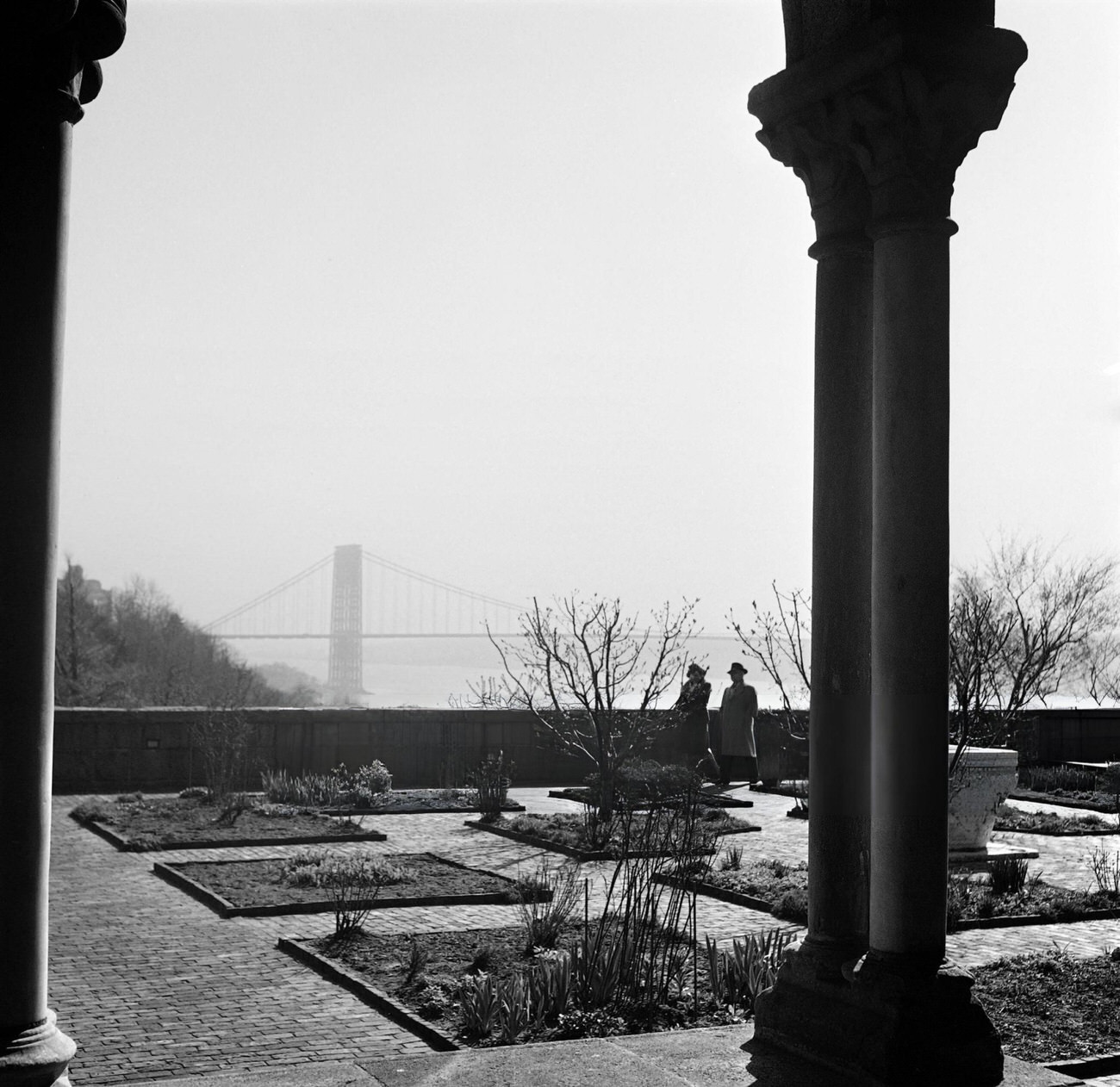
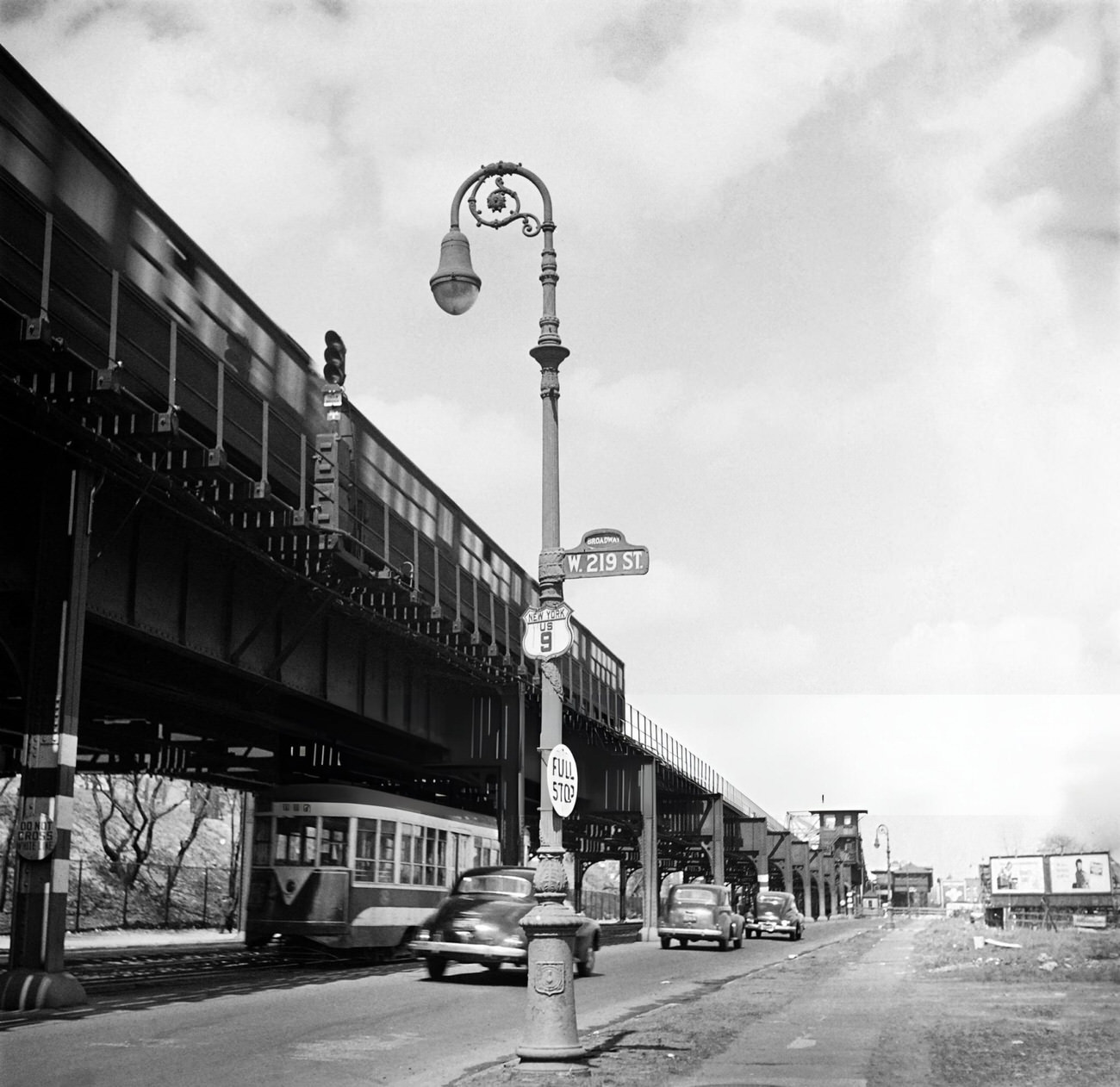
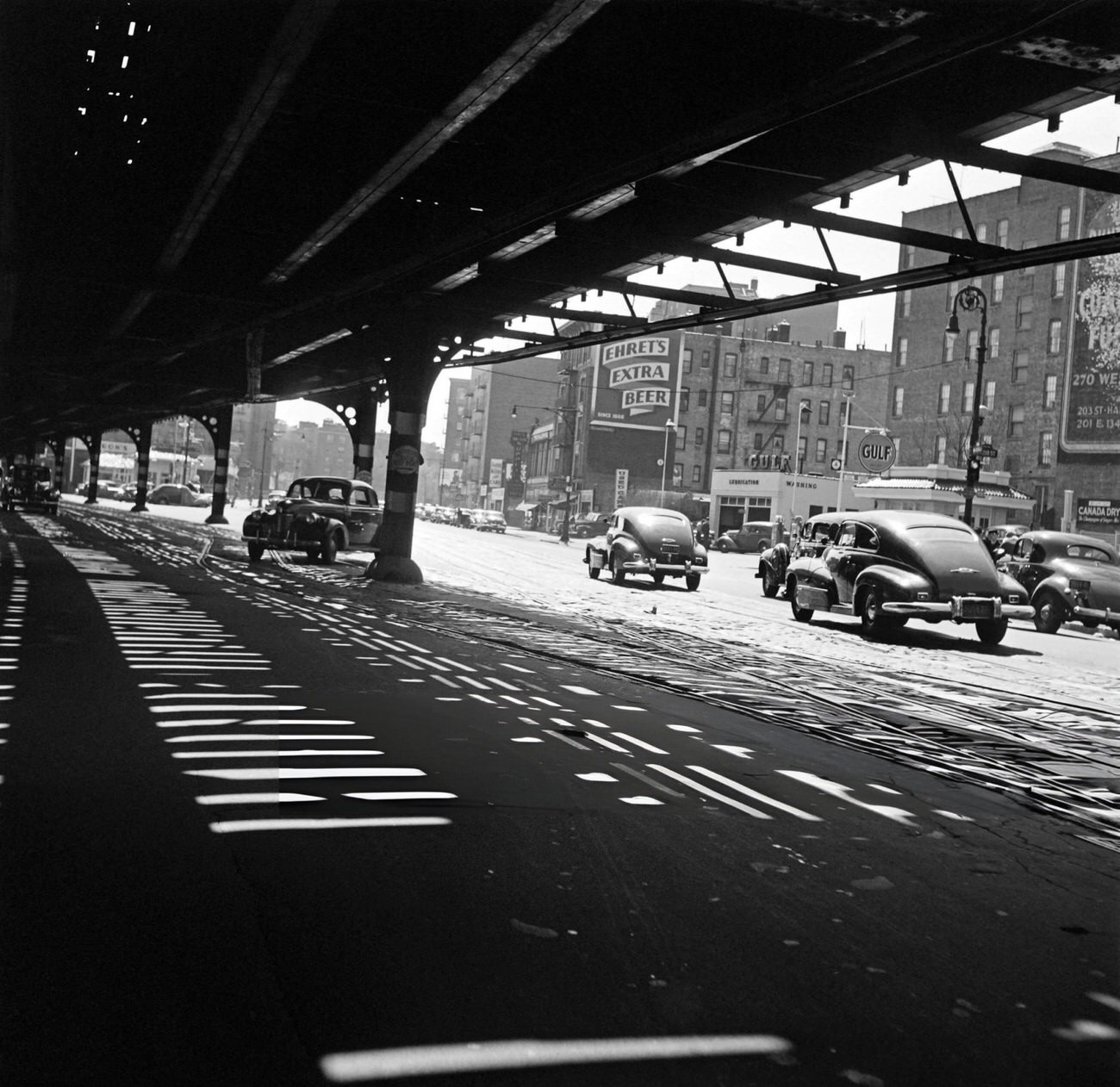
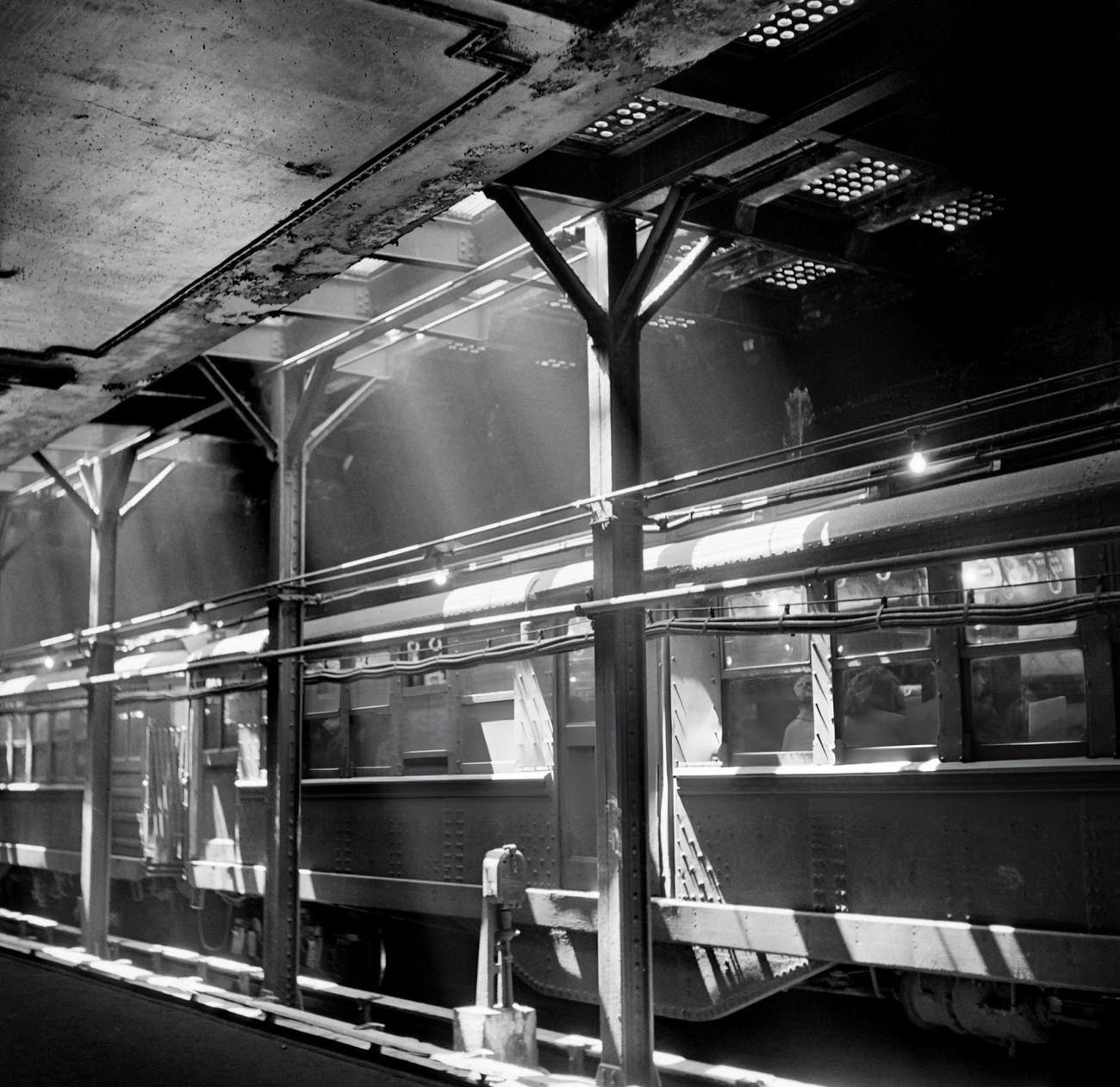
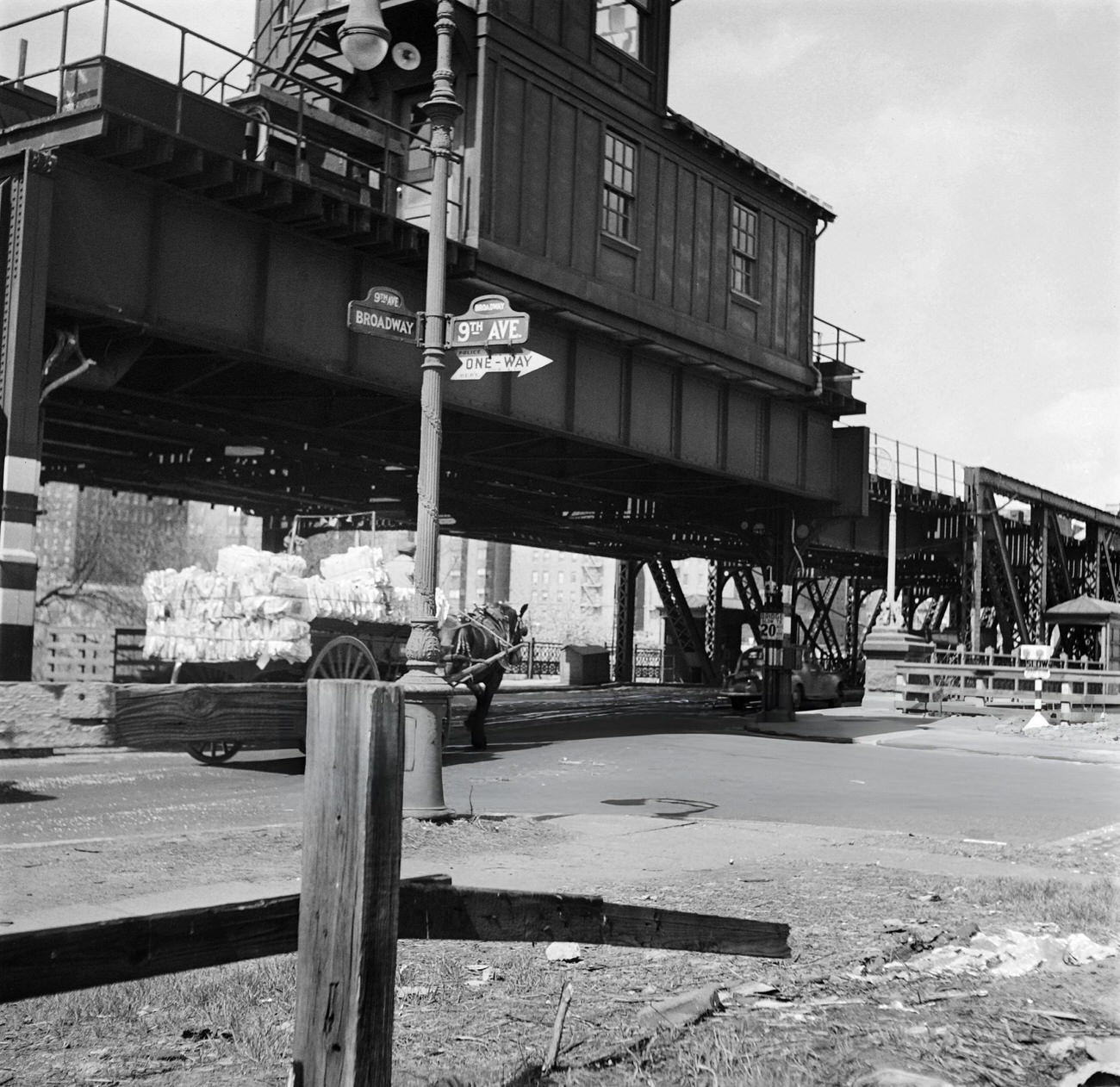
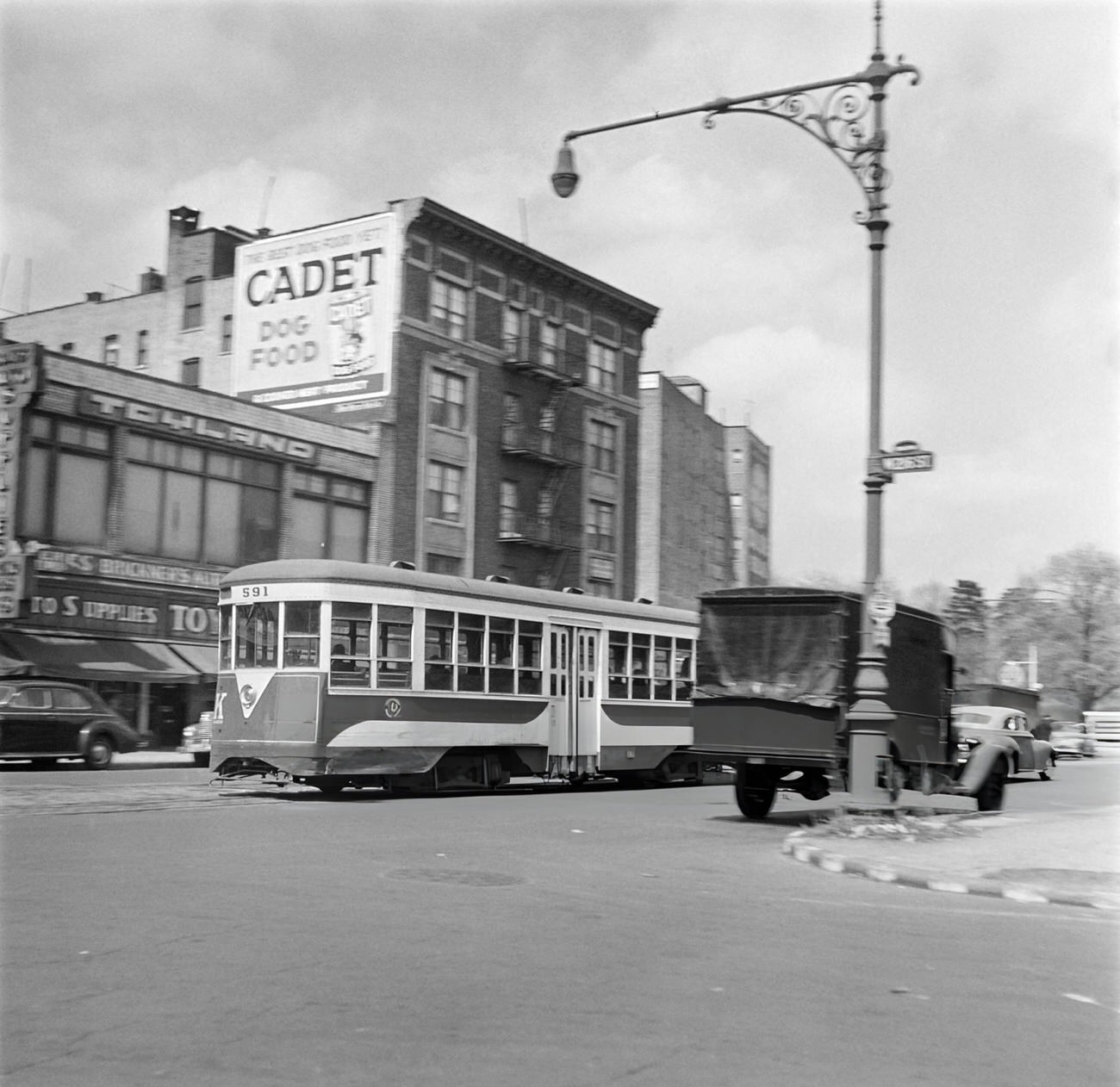
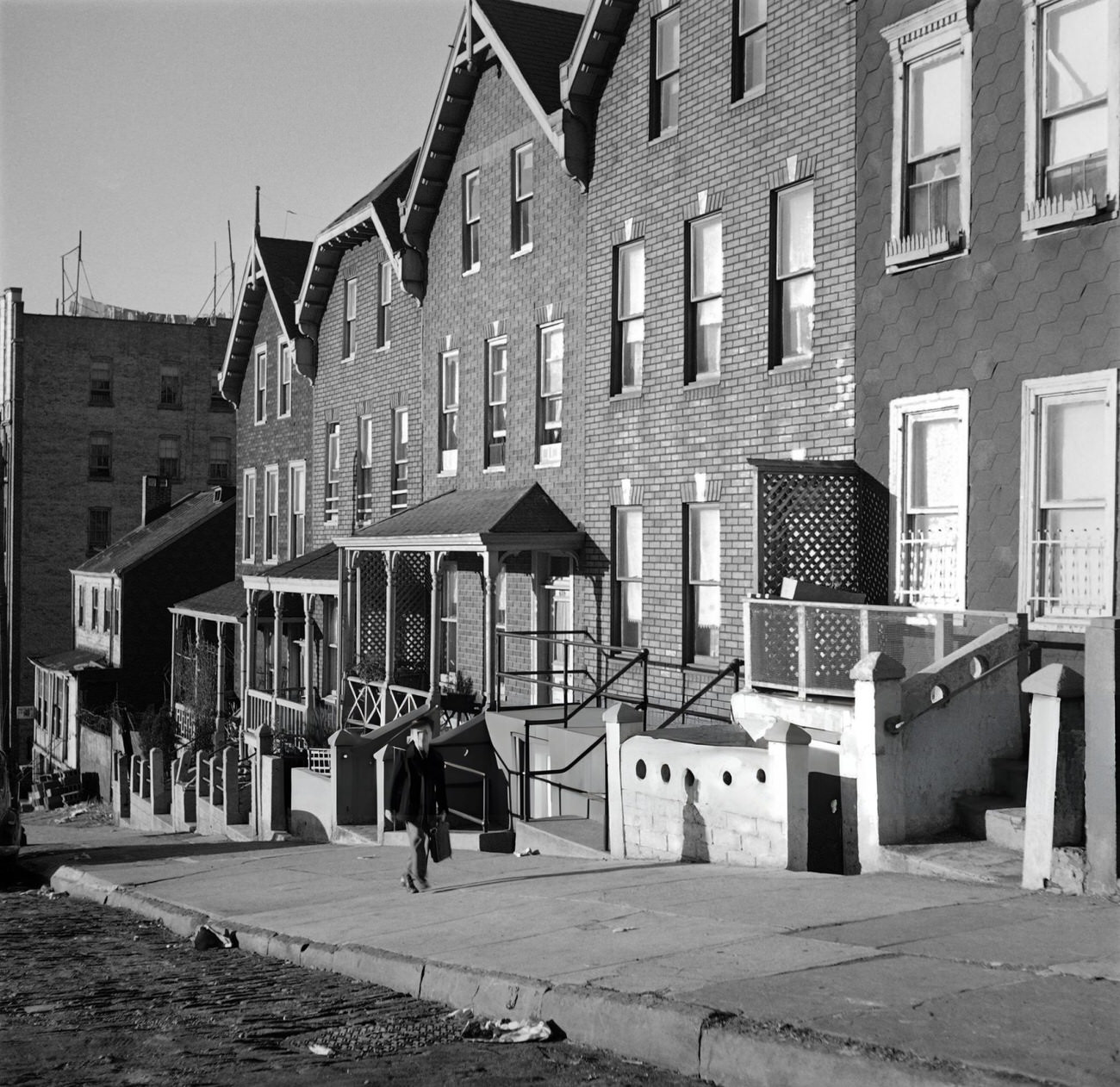
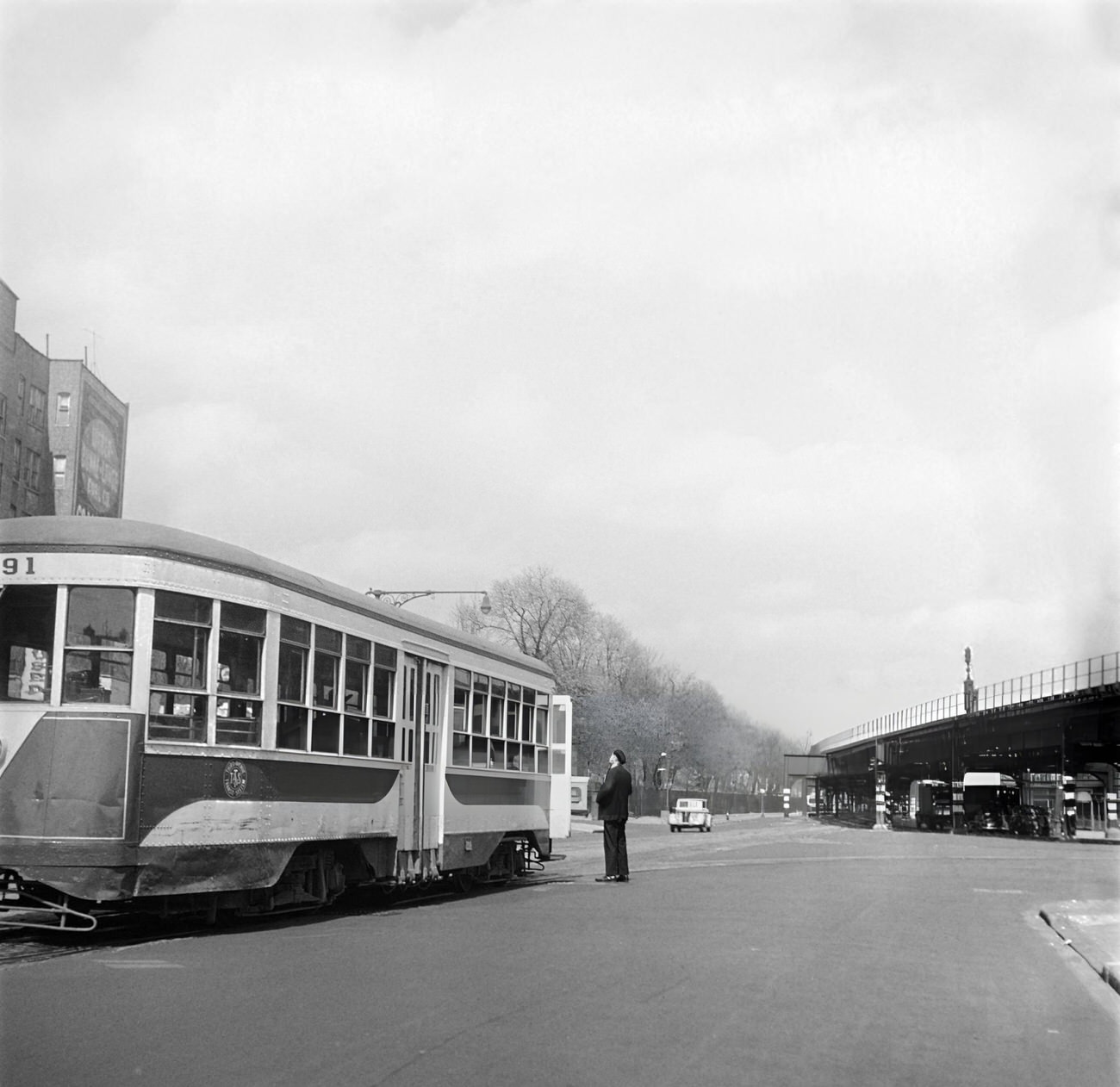
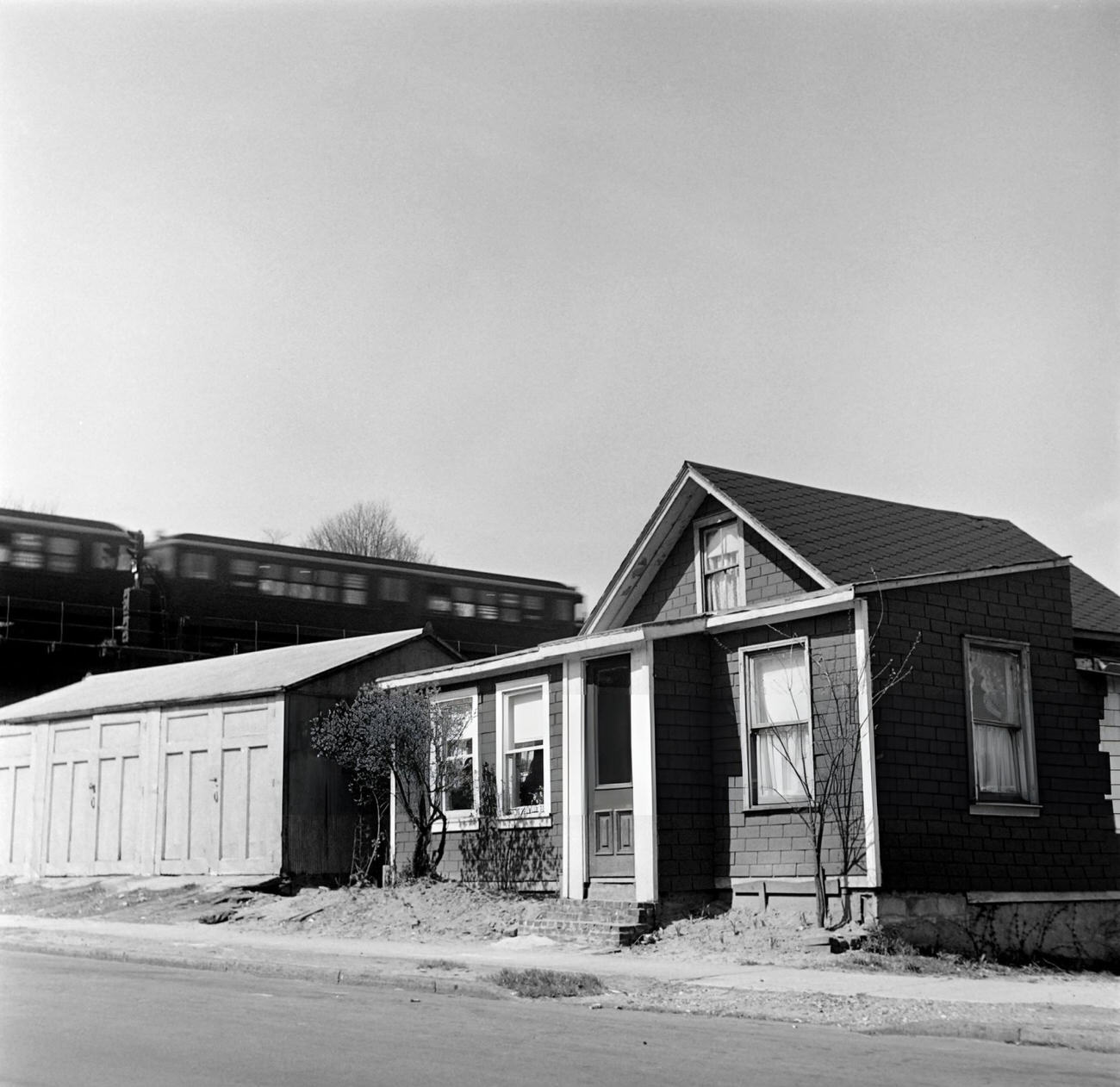
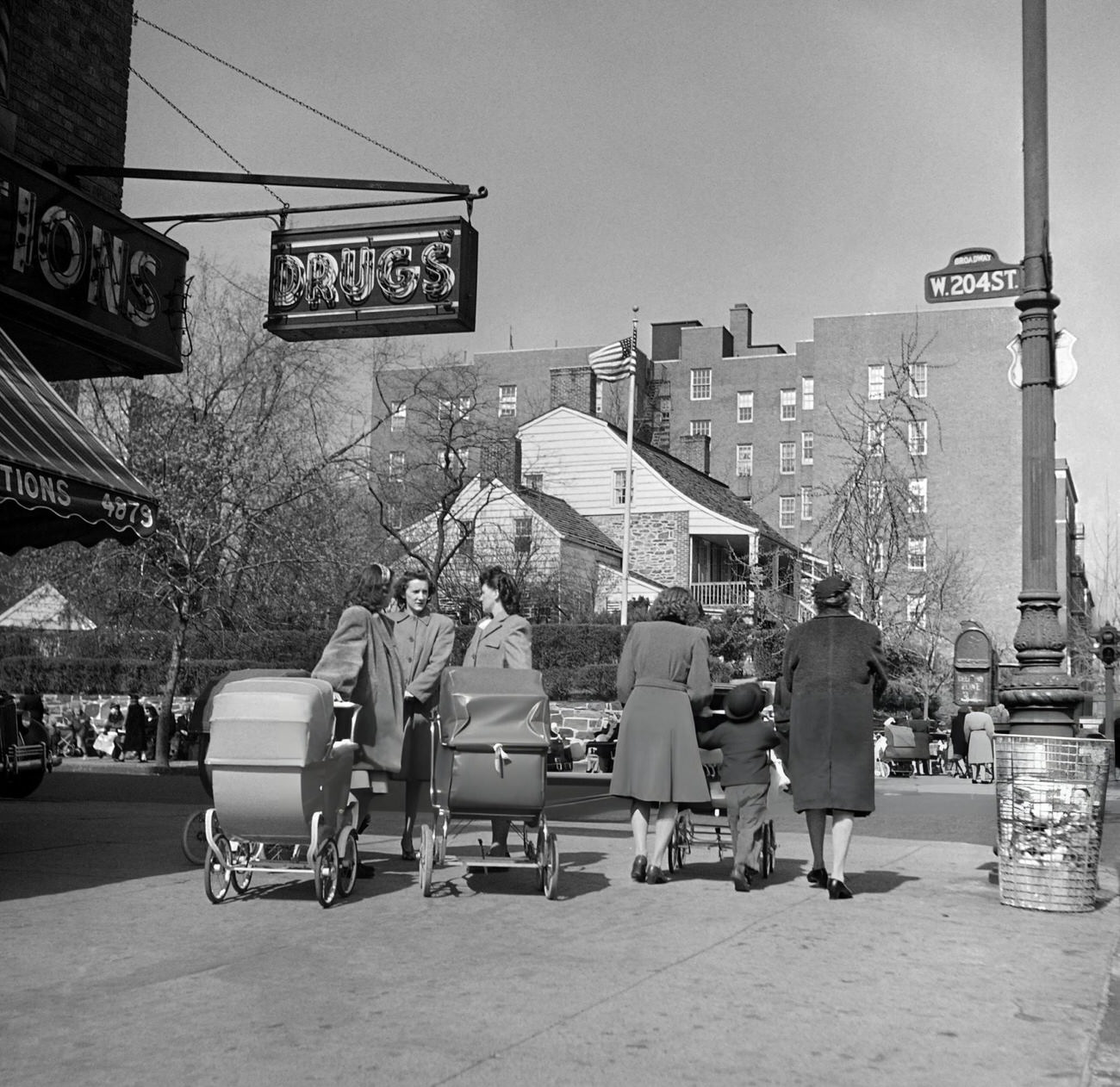
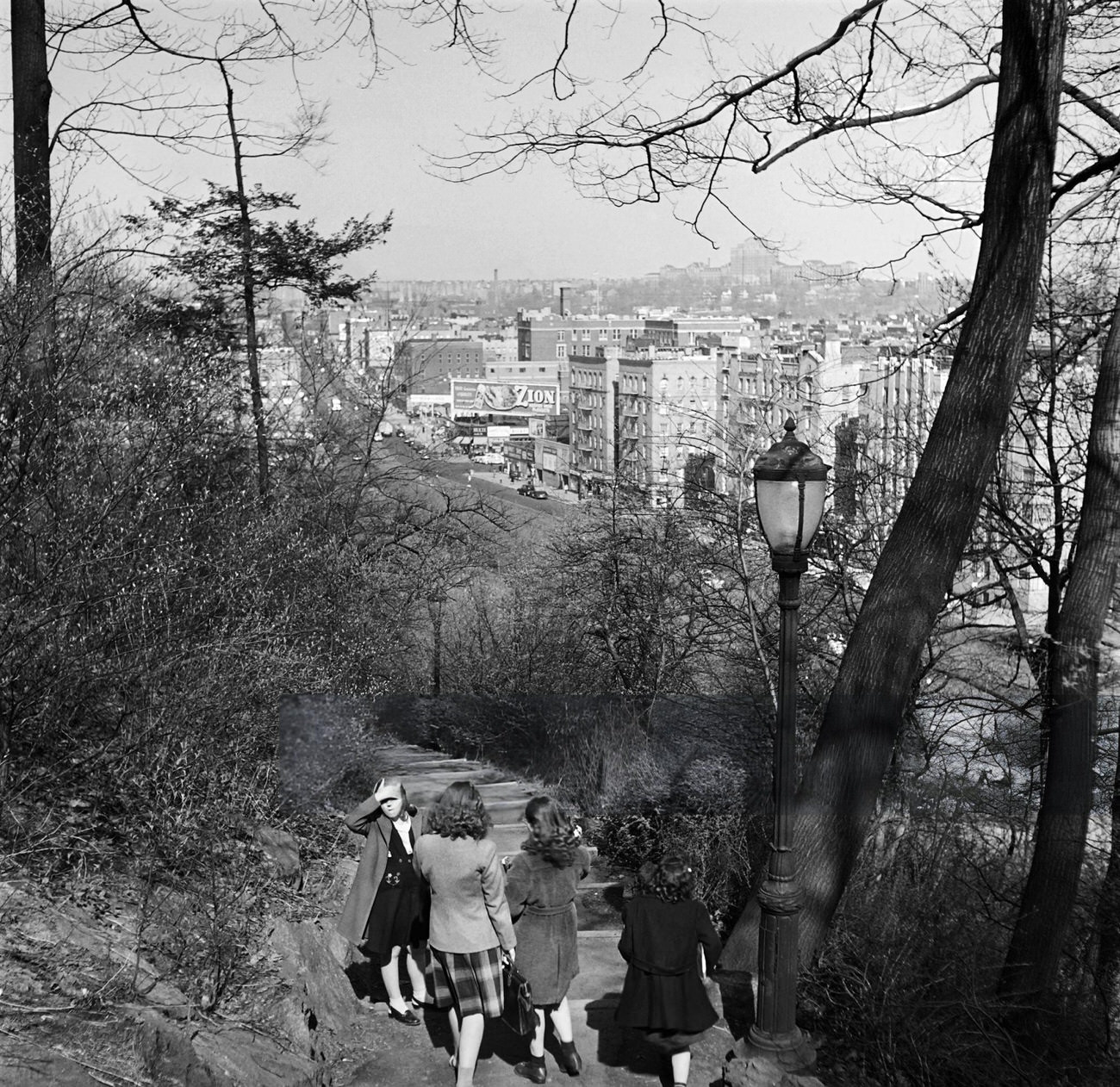
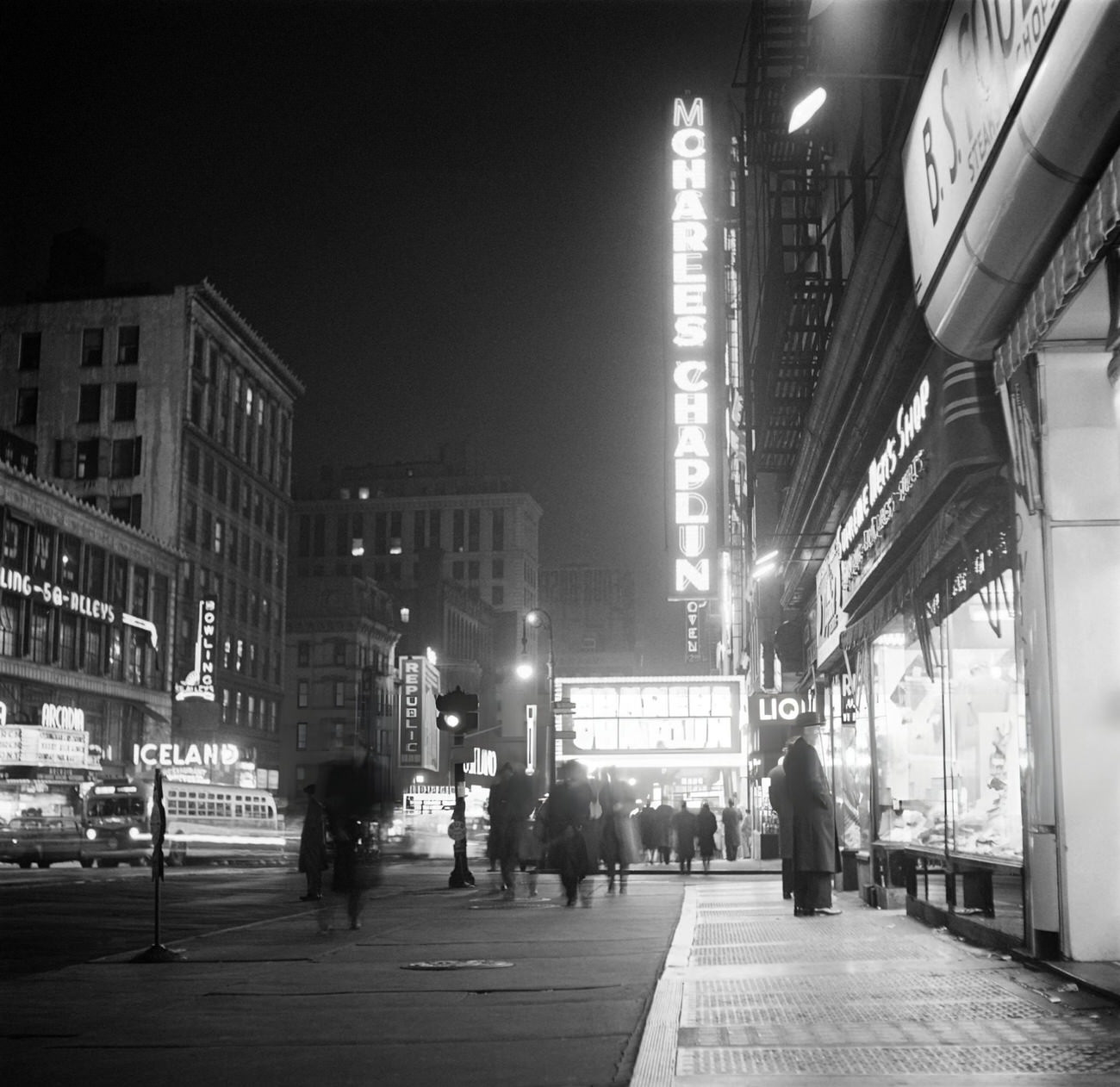
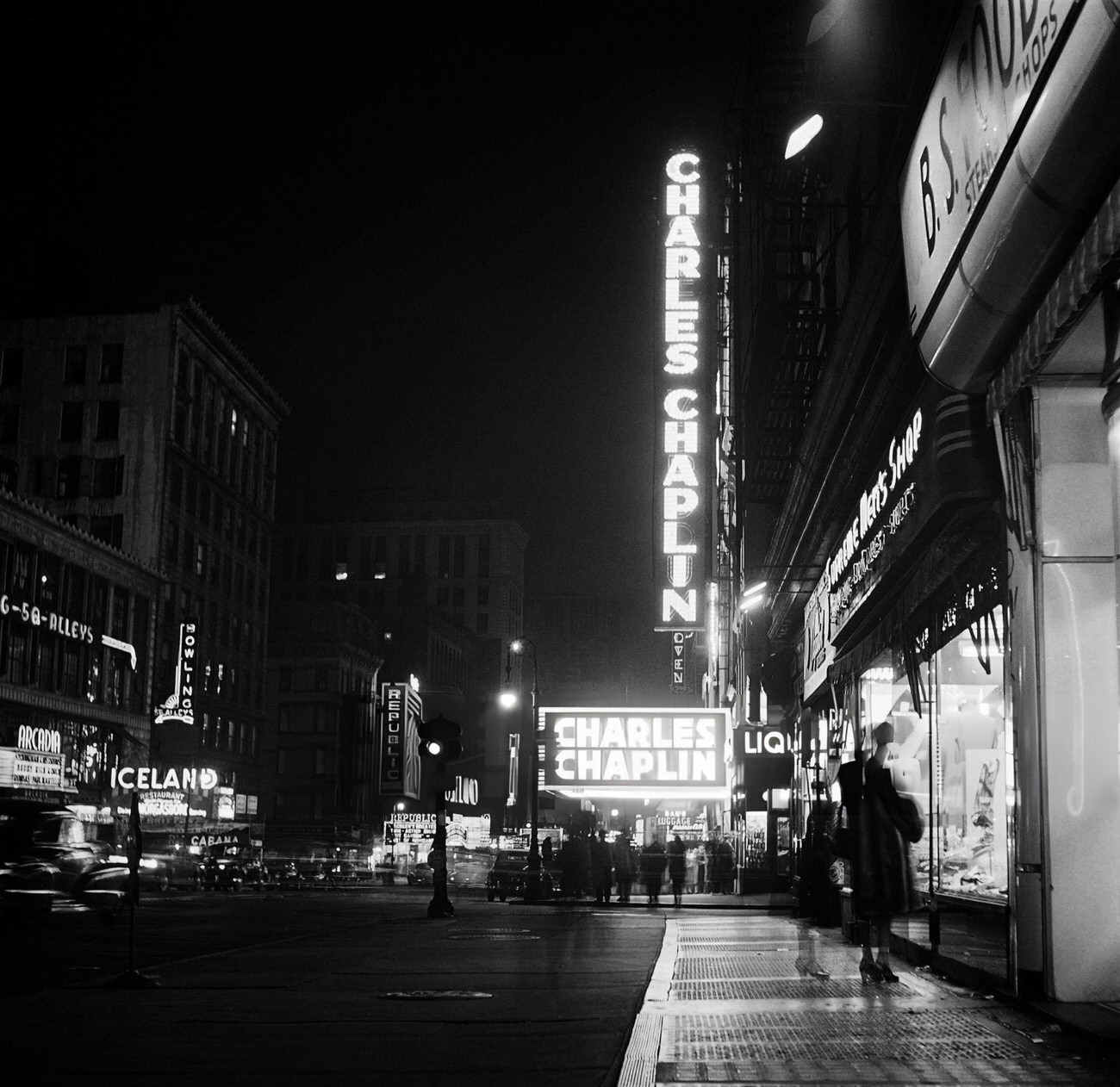
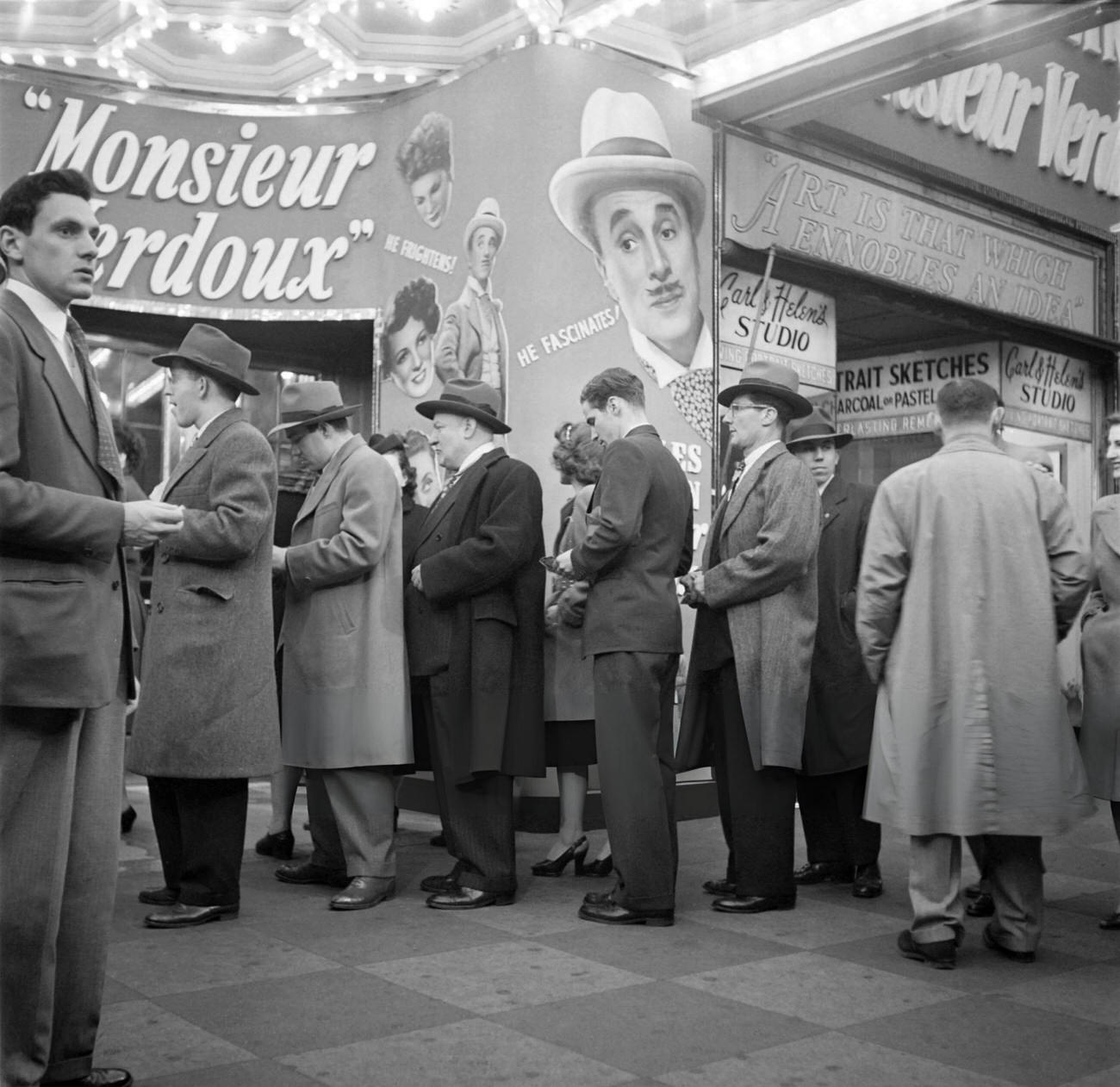

GIPHY App Key not set. Please check settings